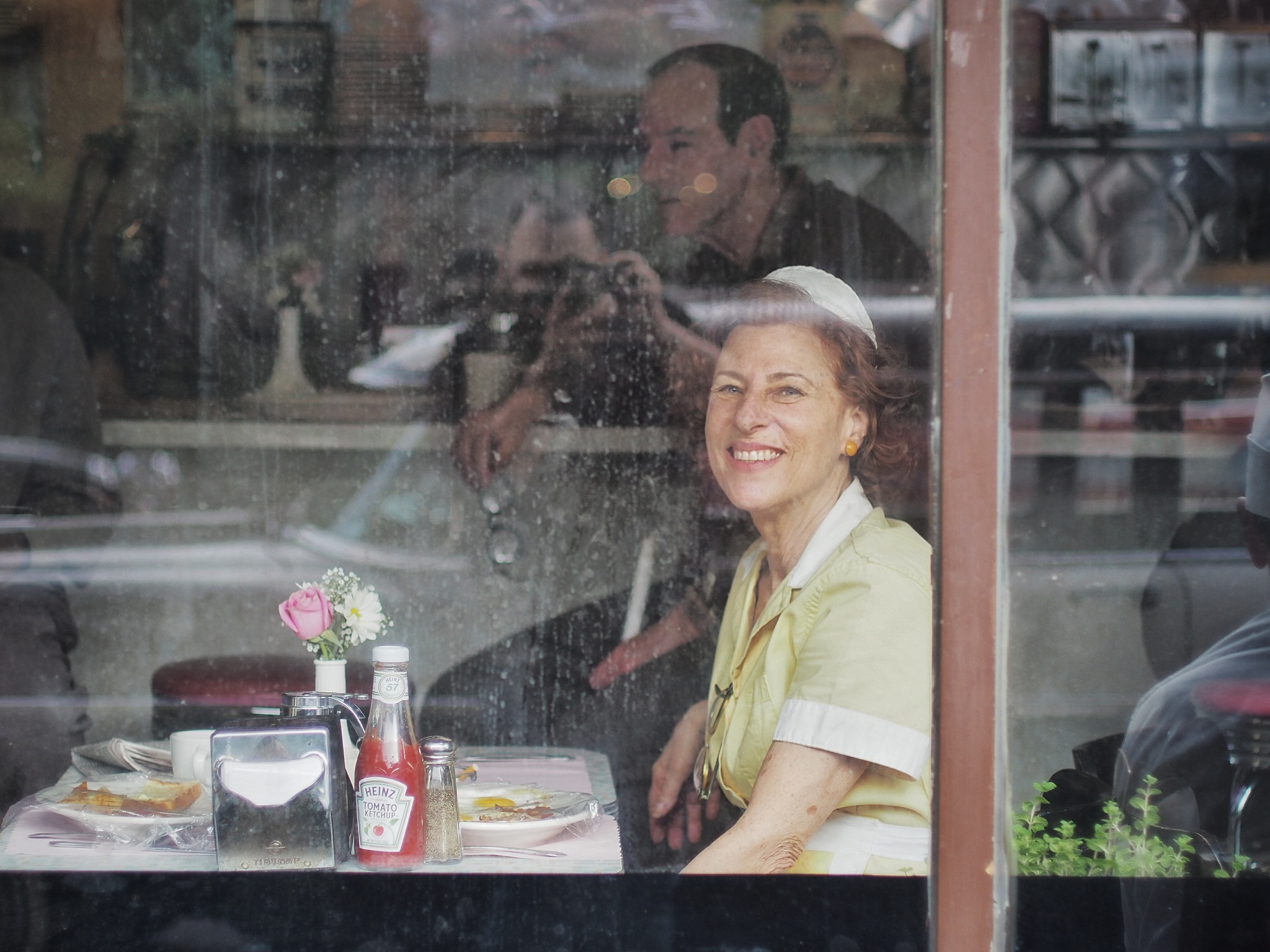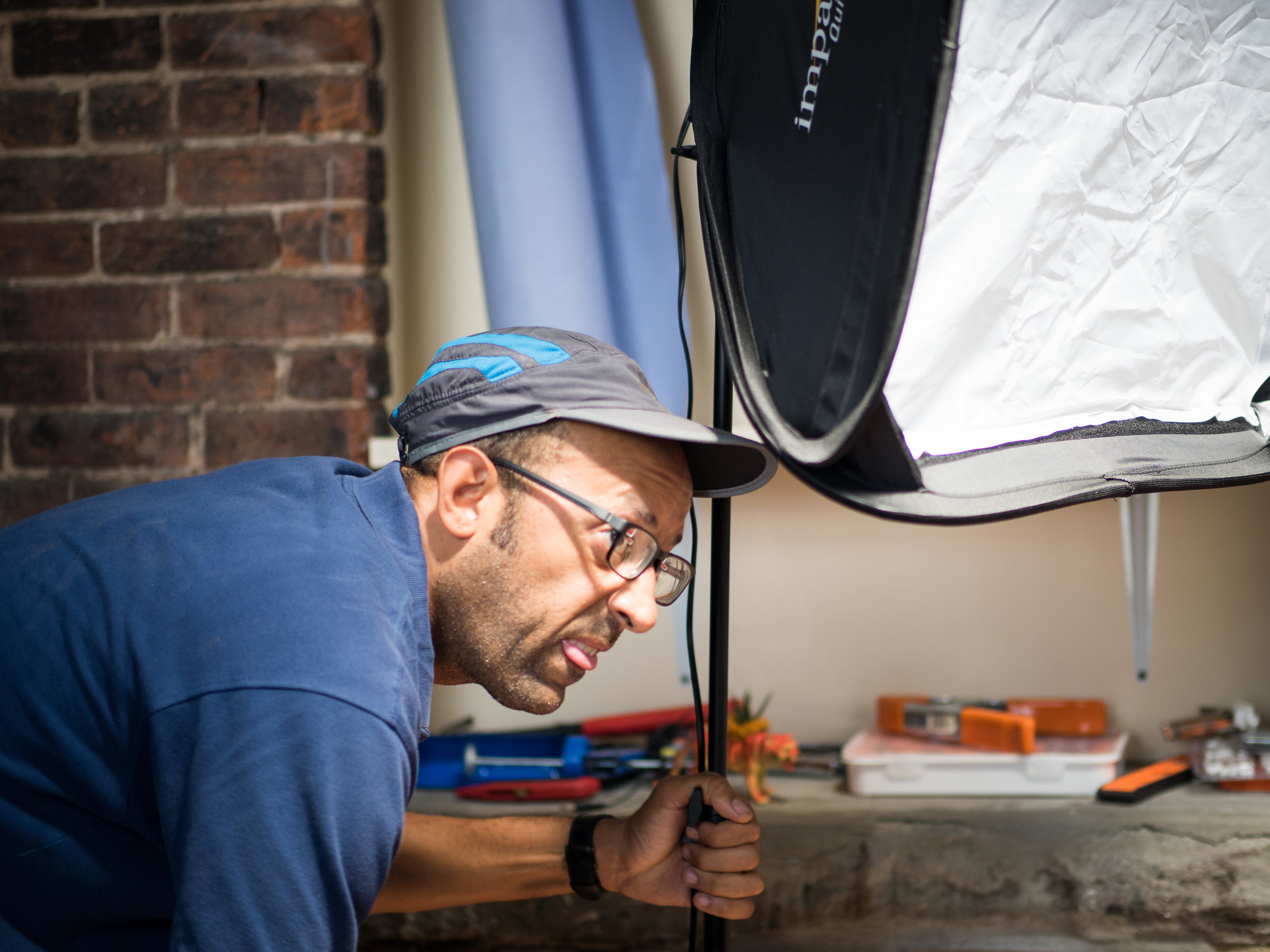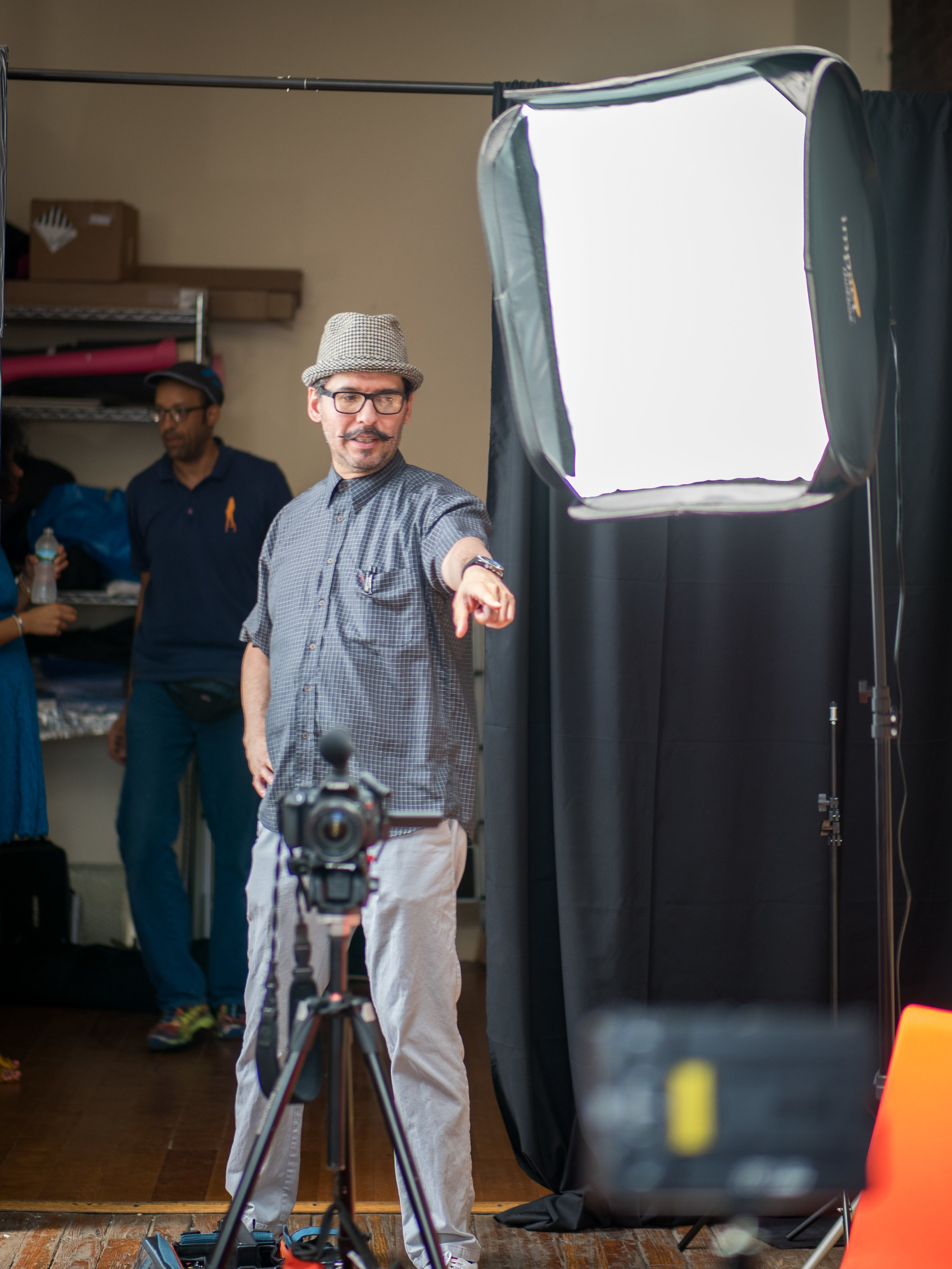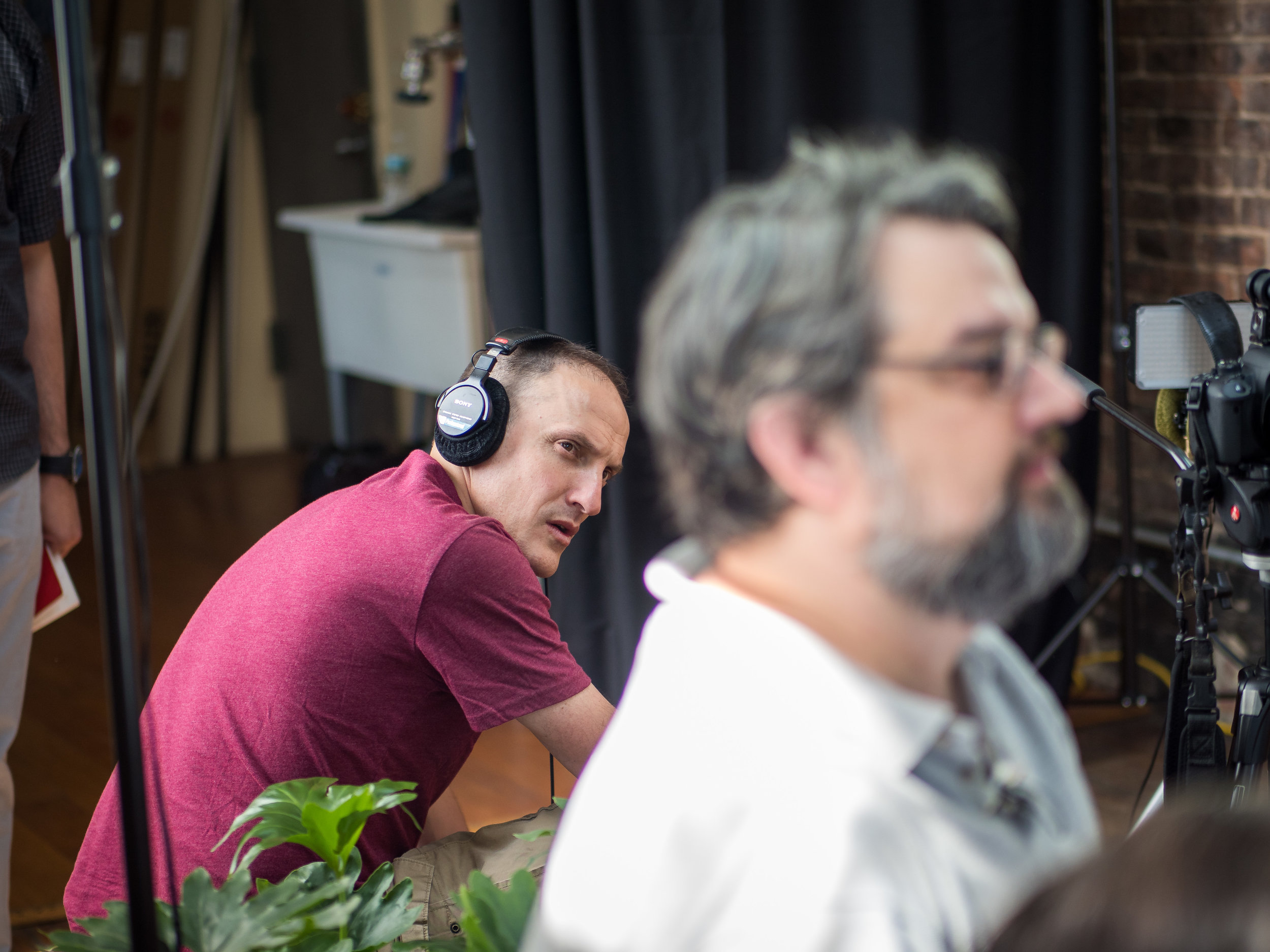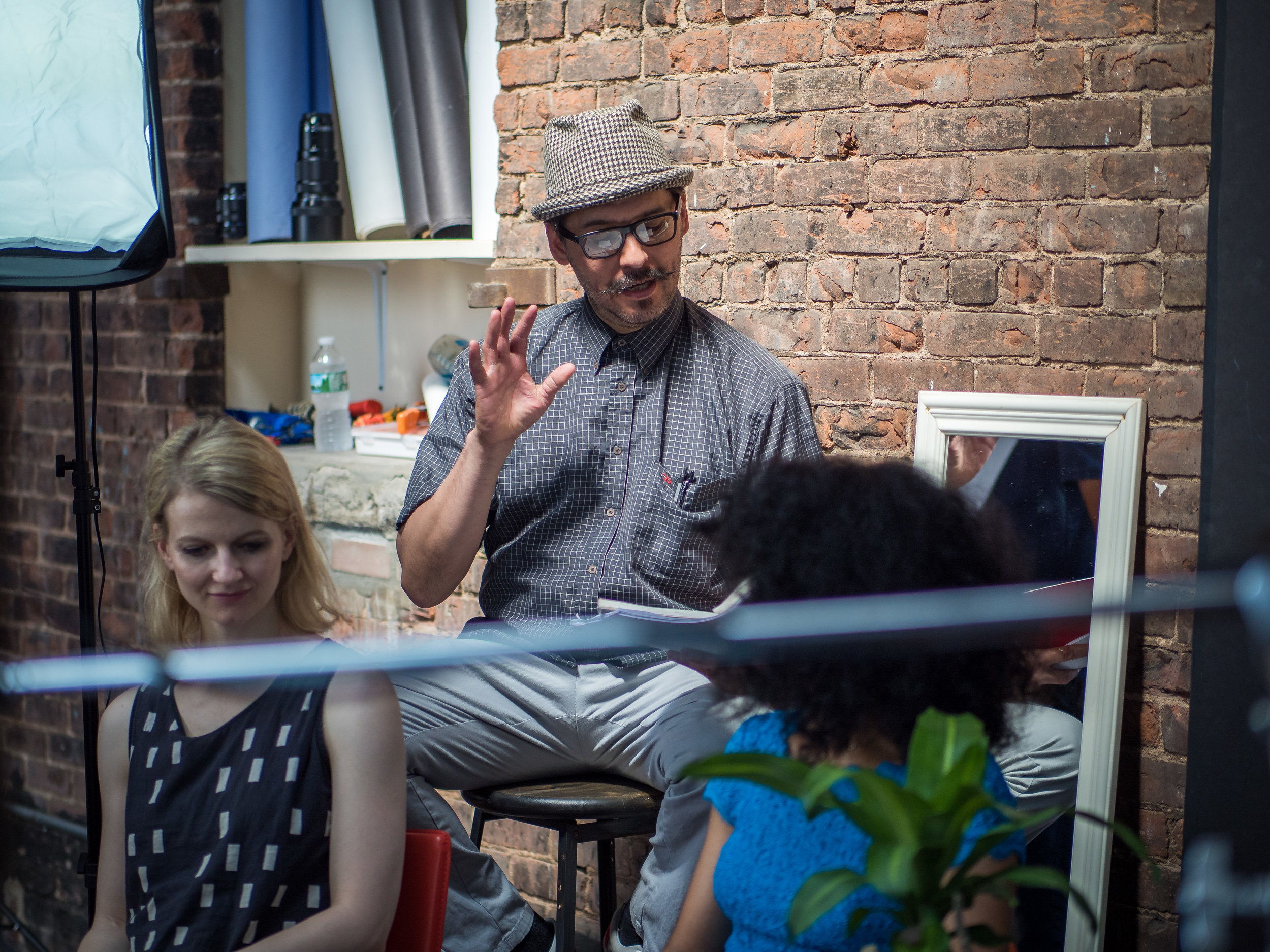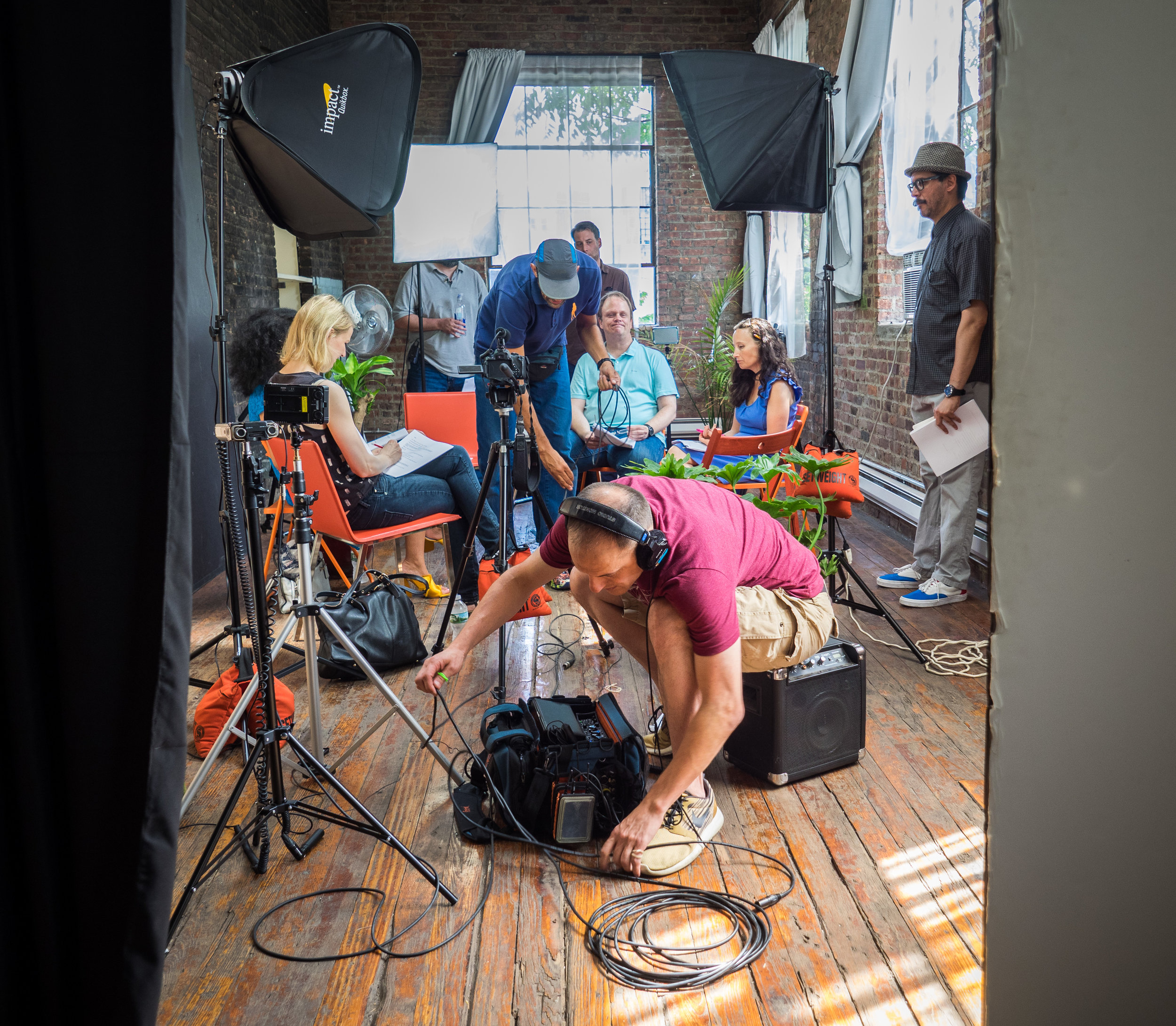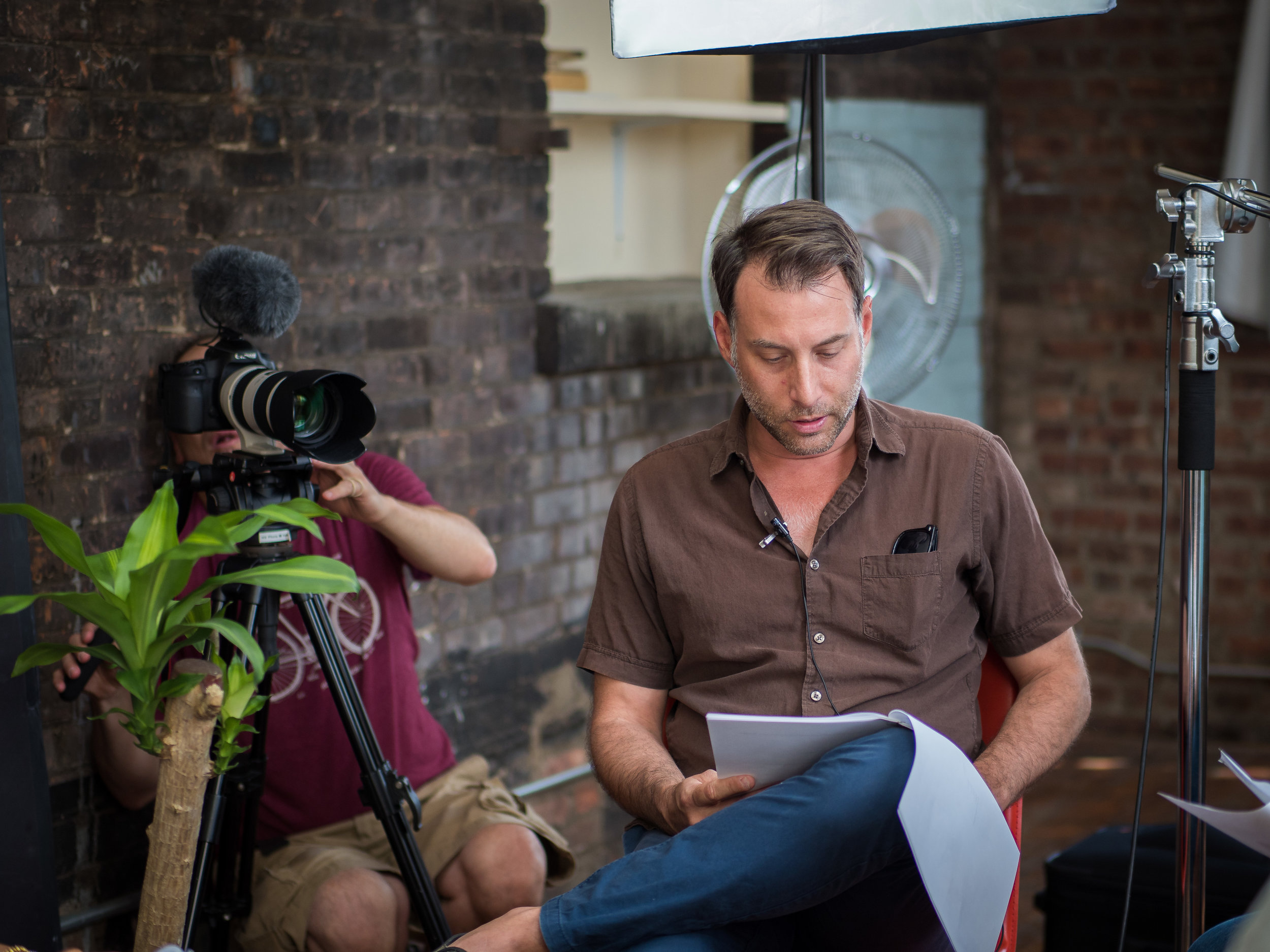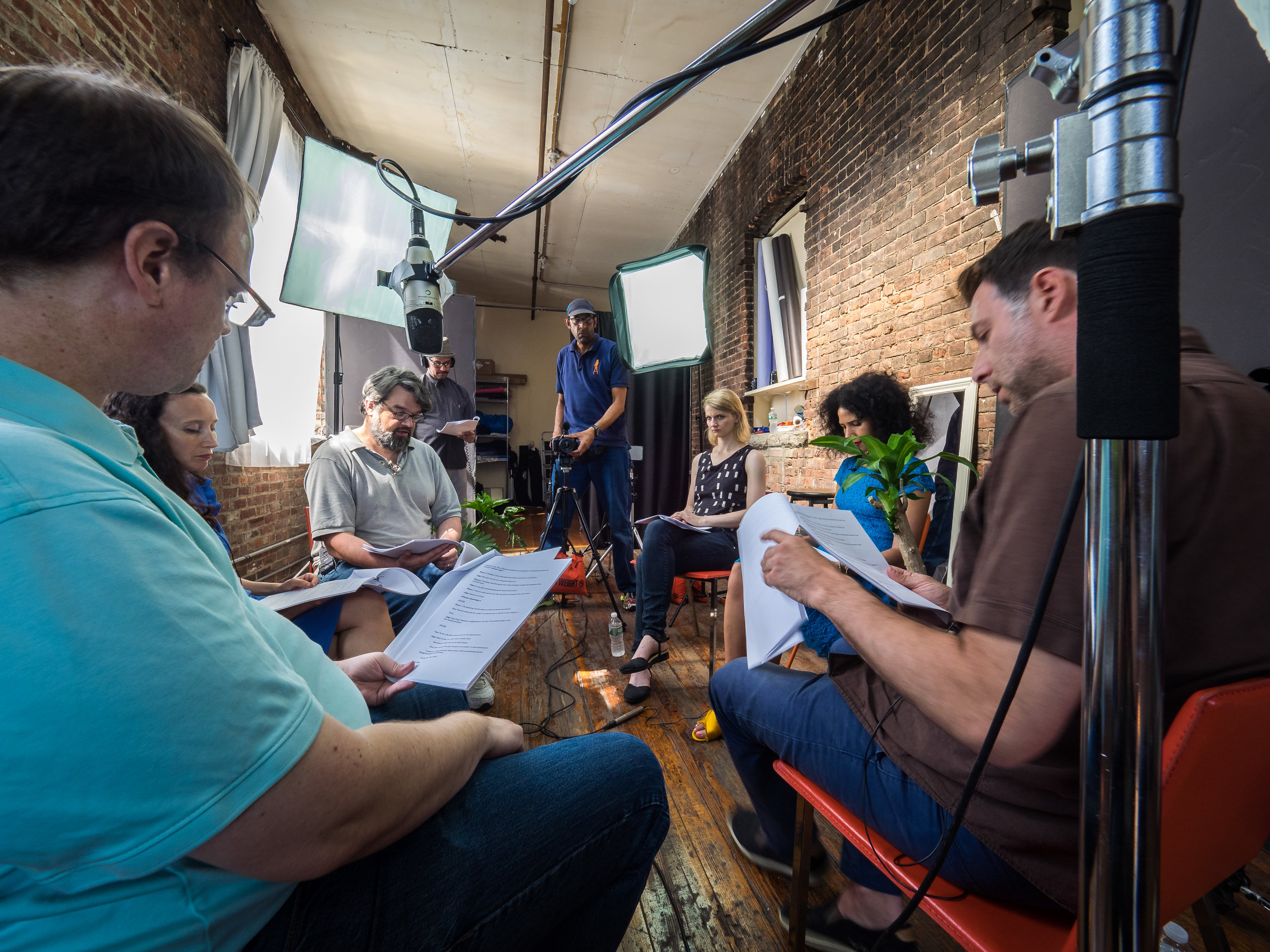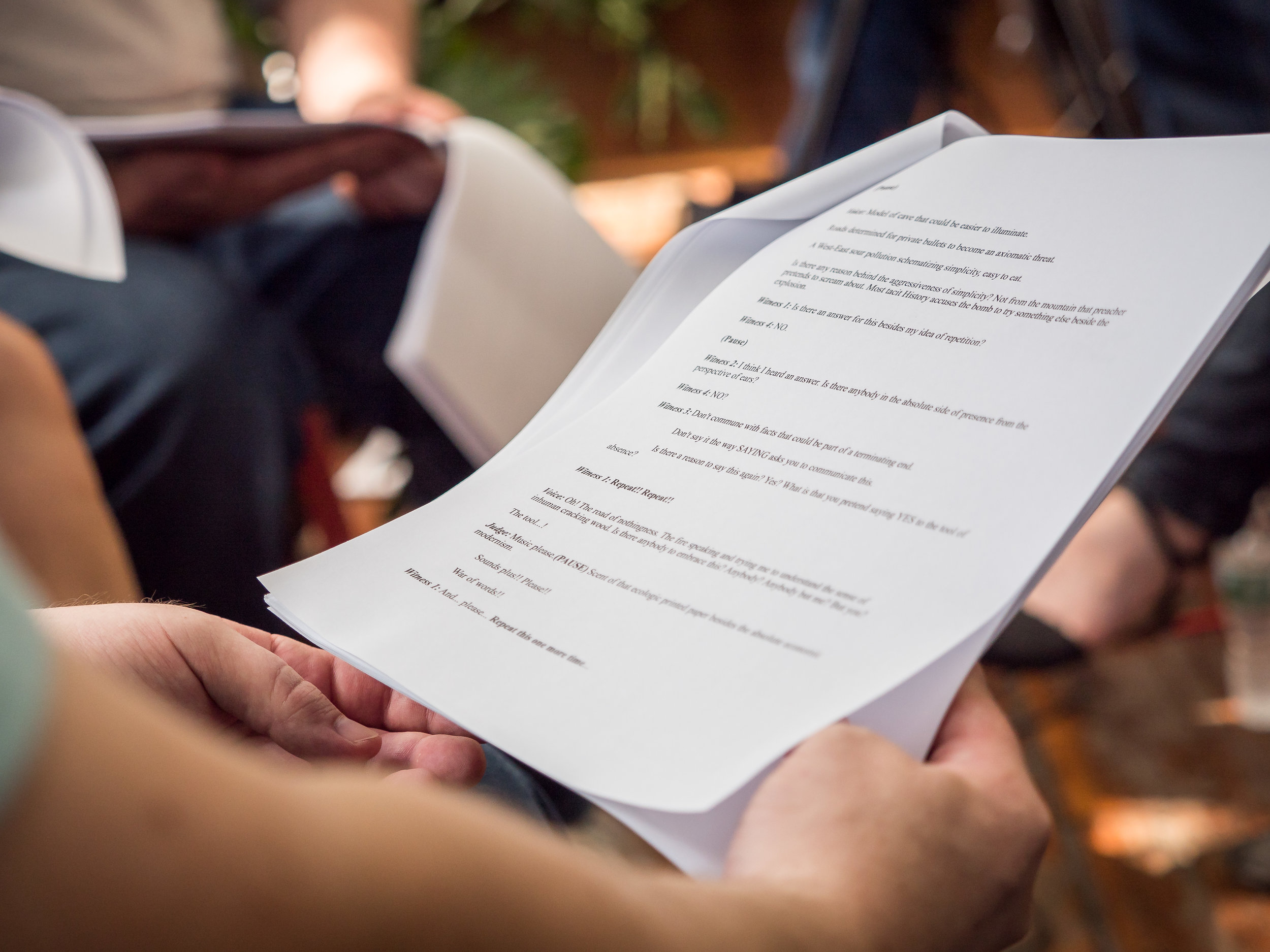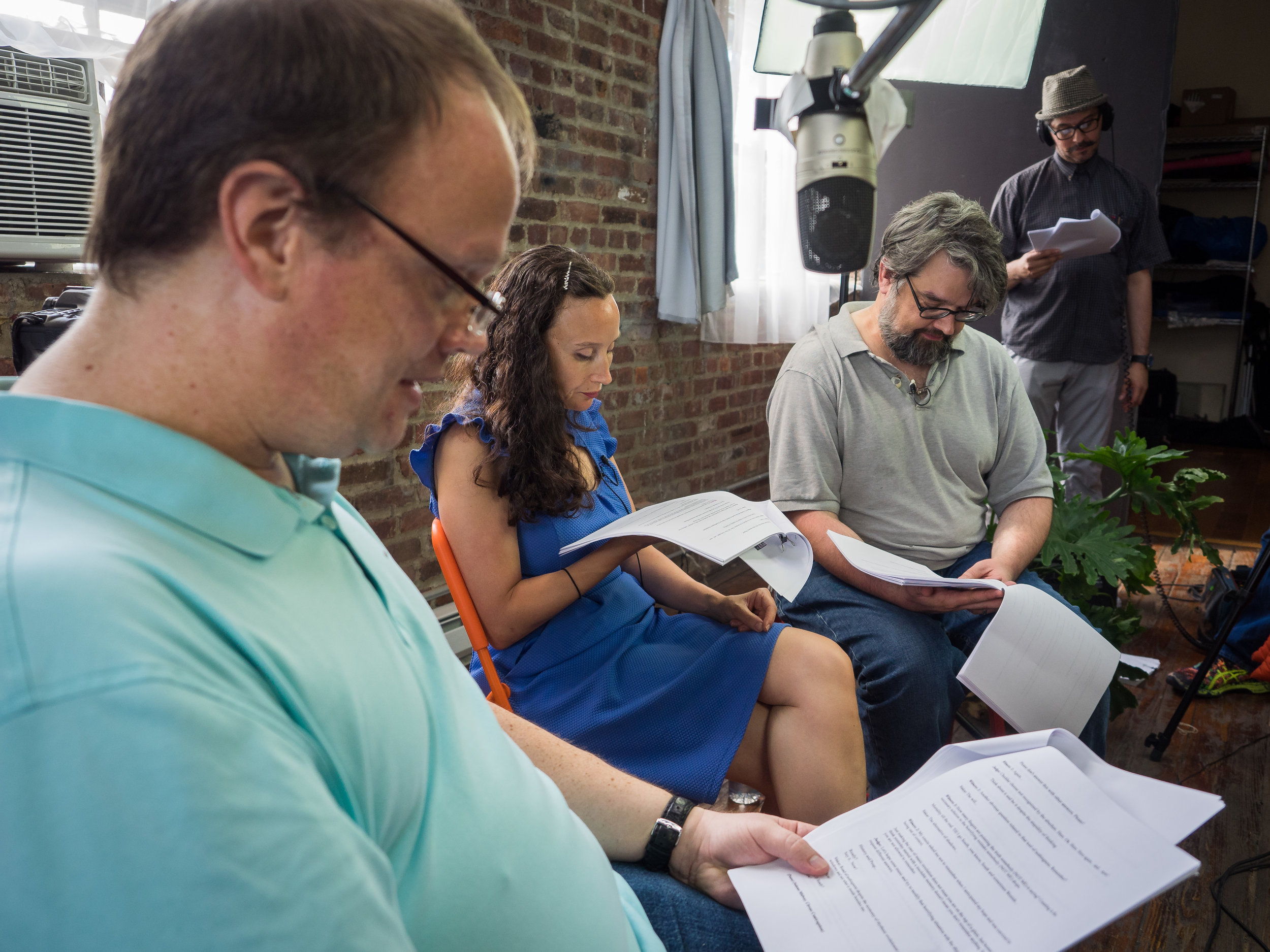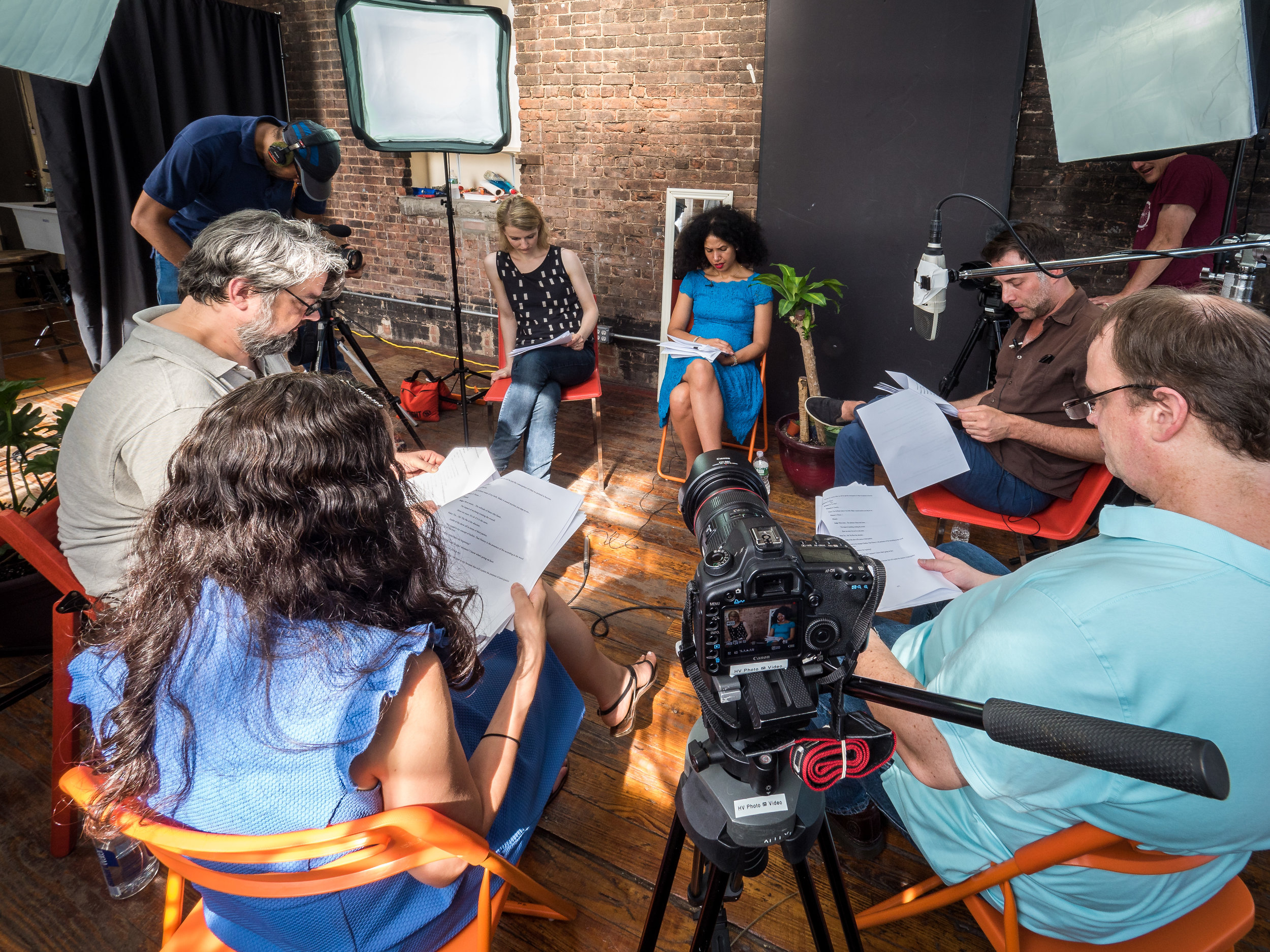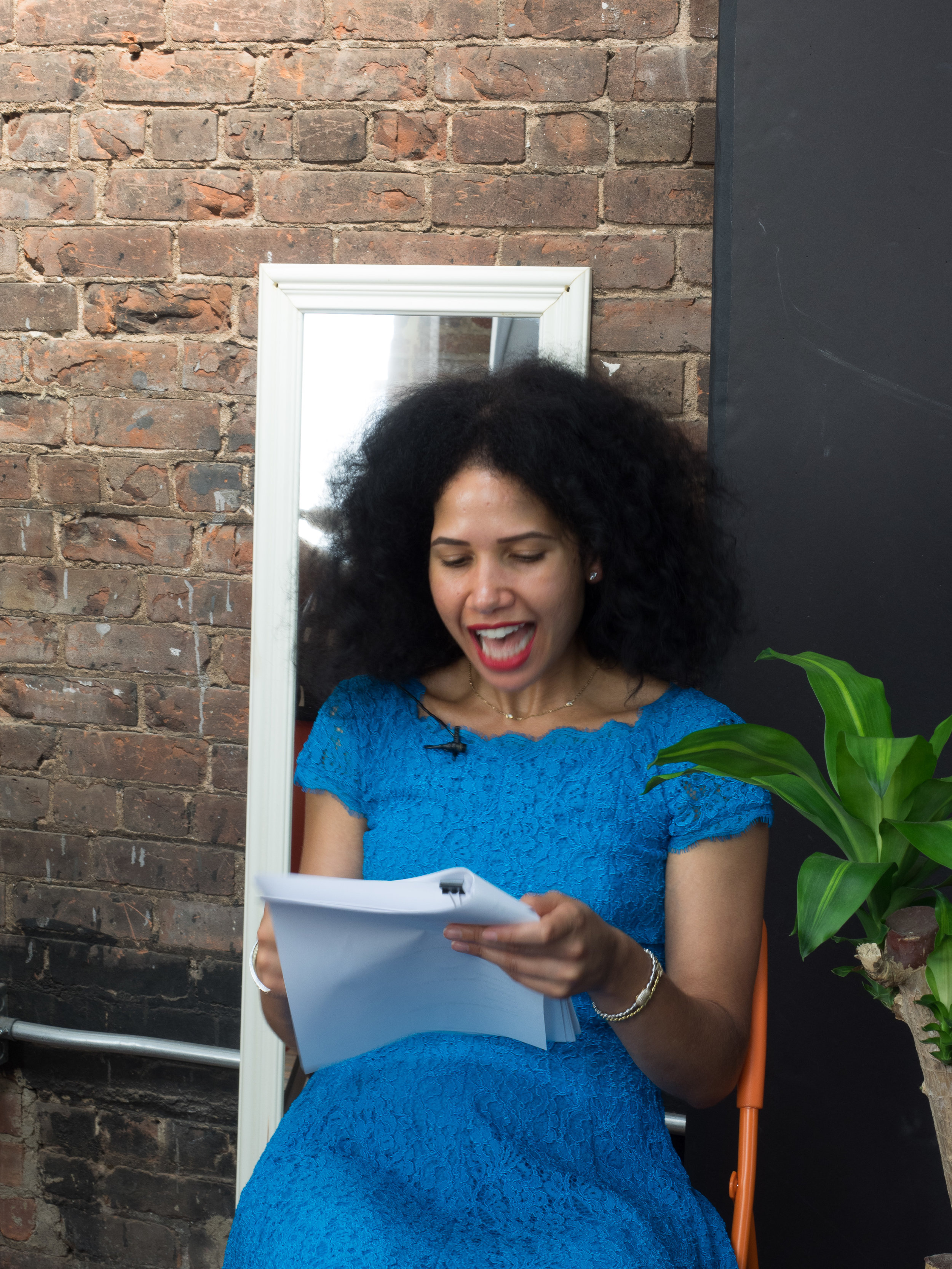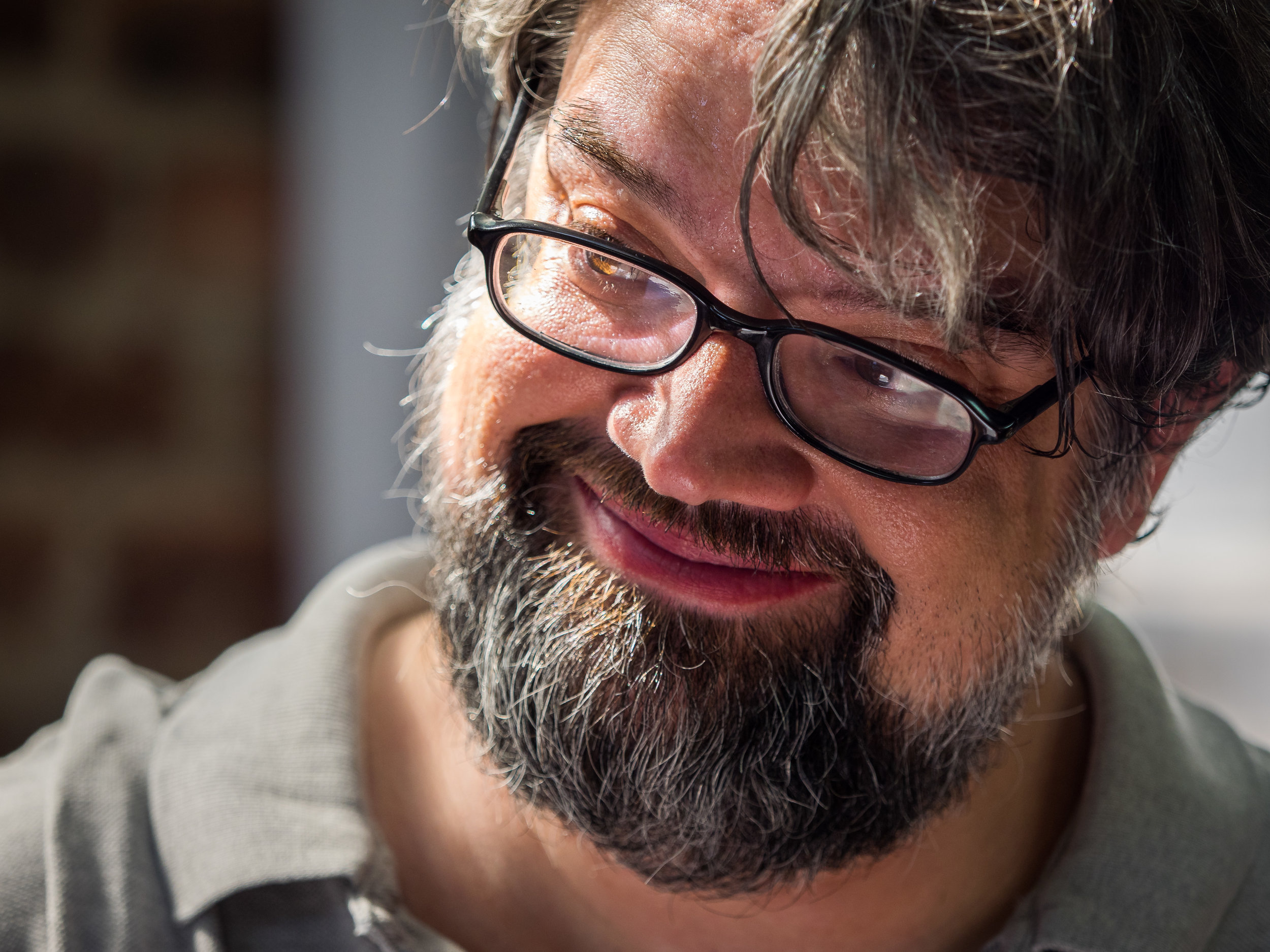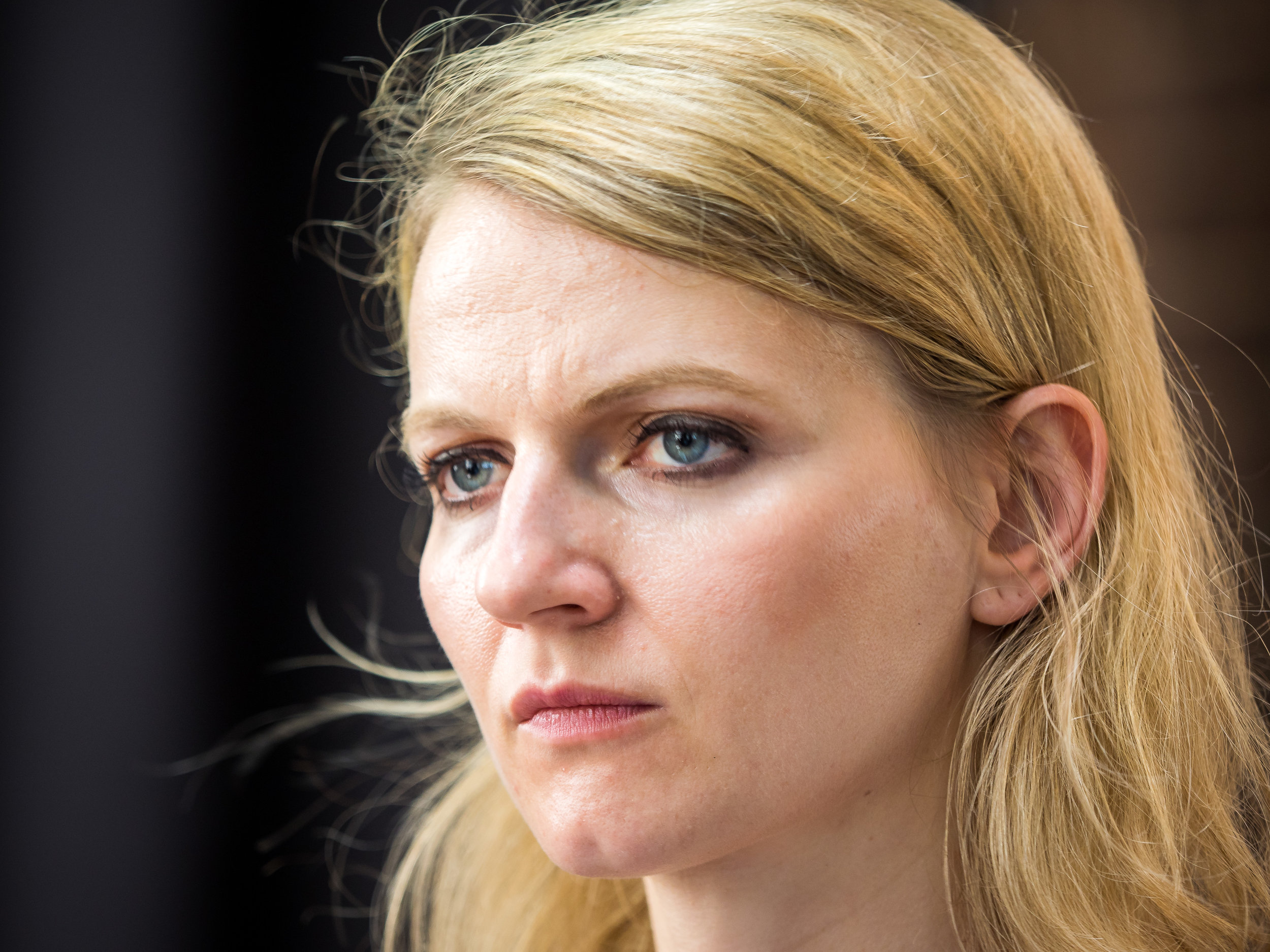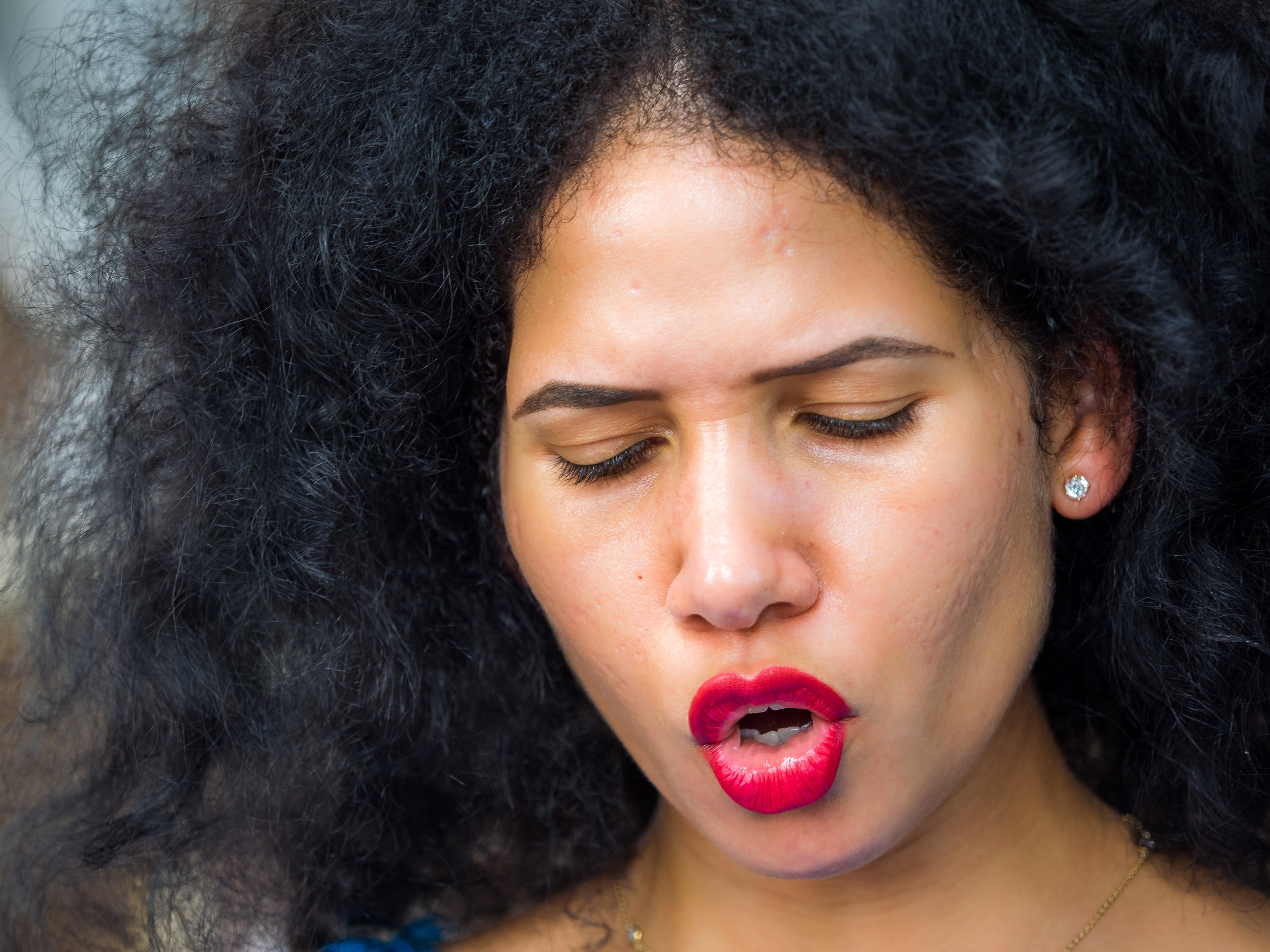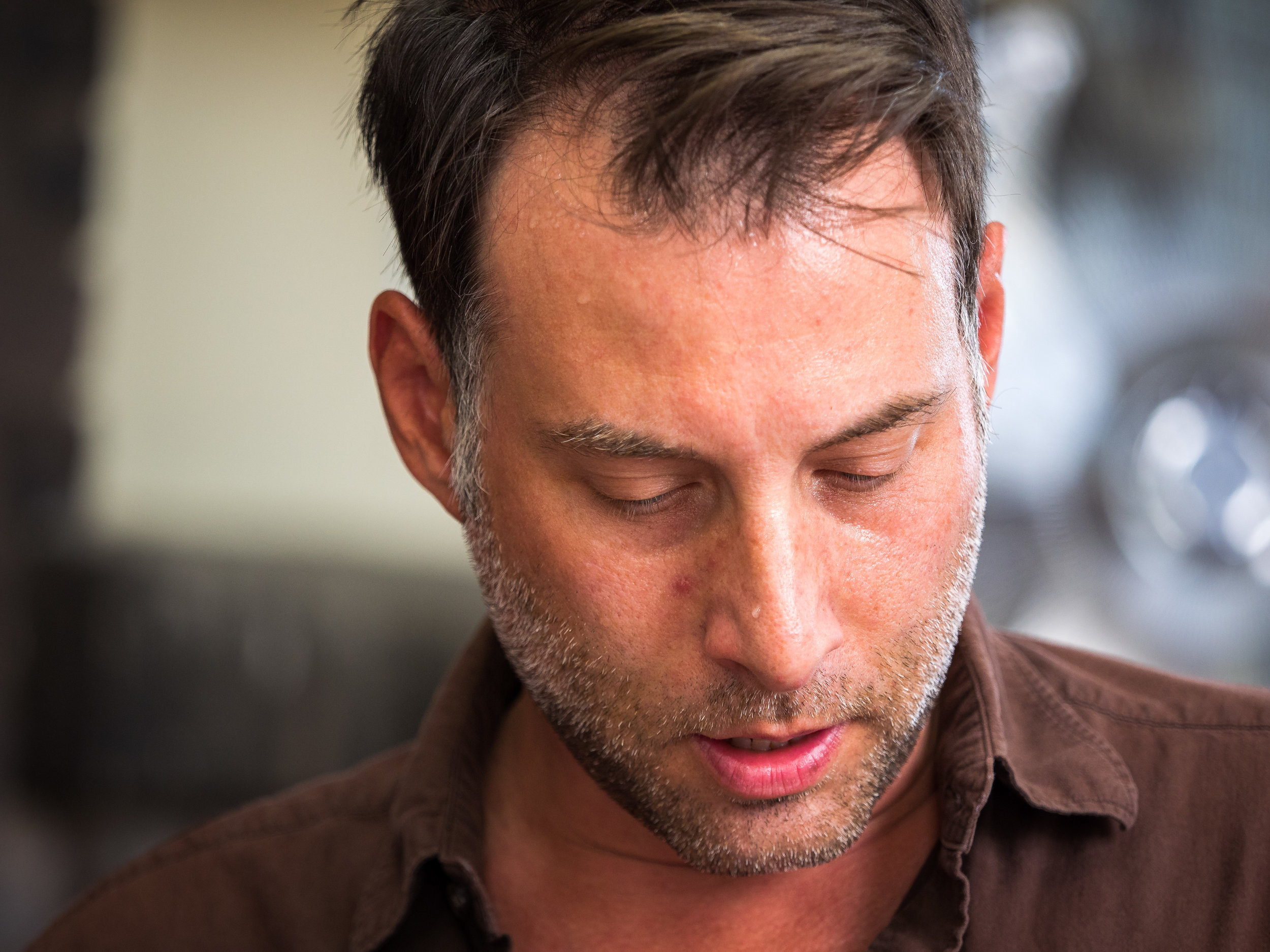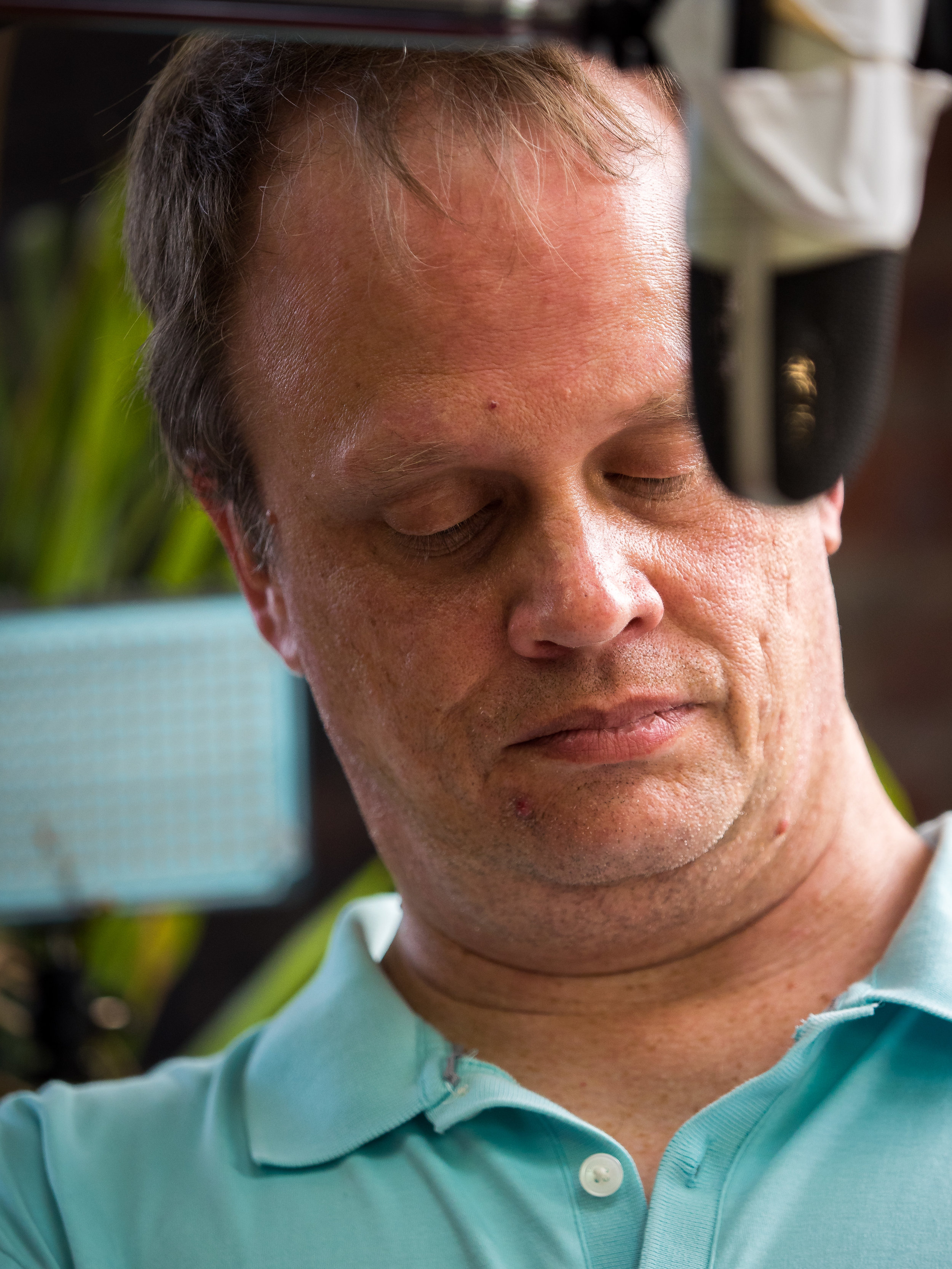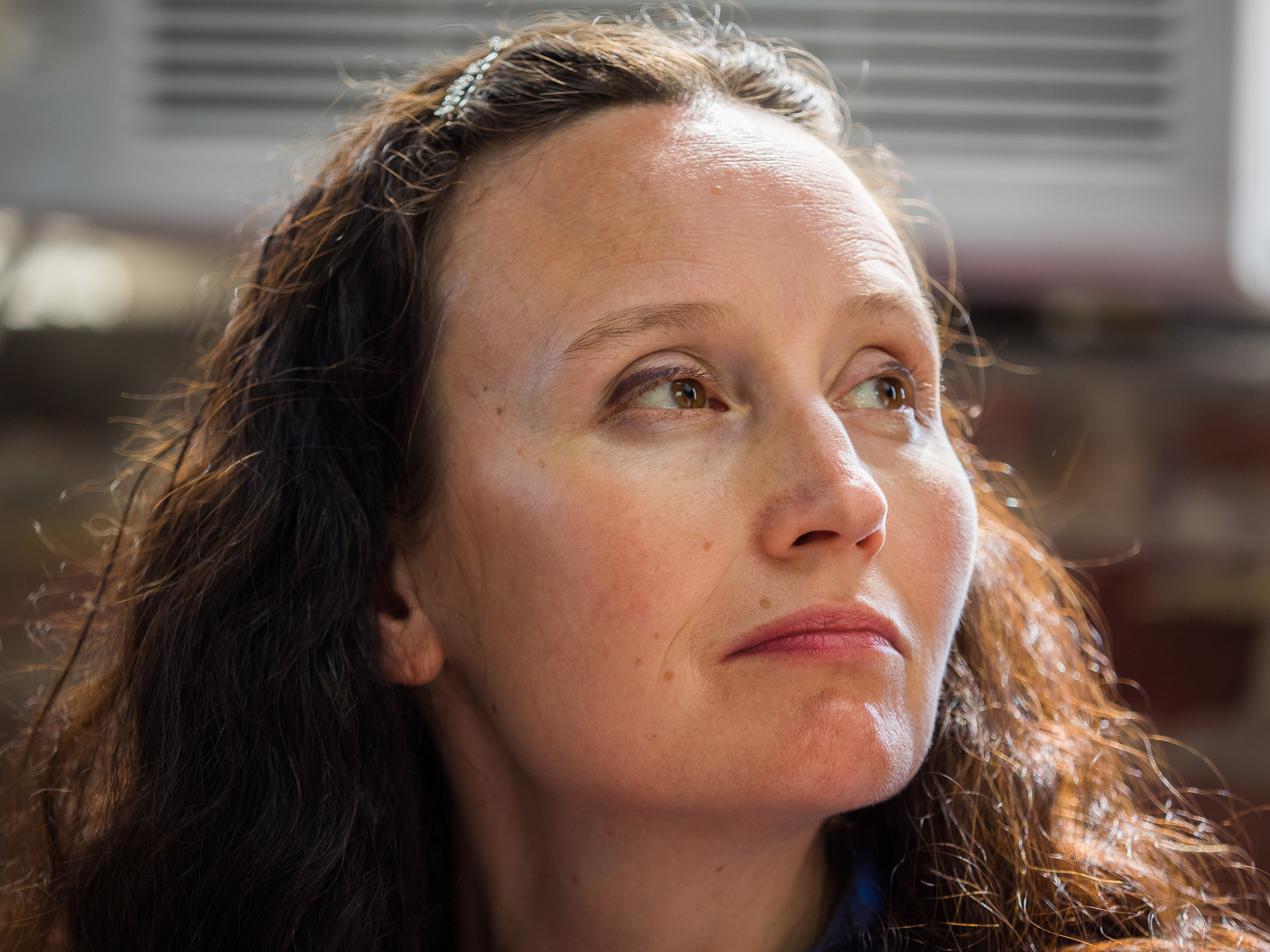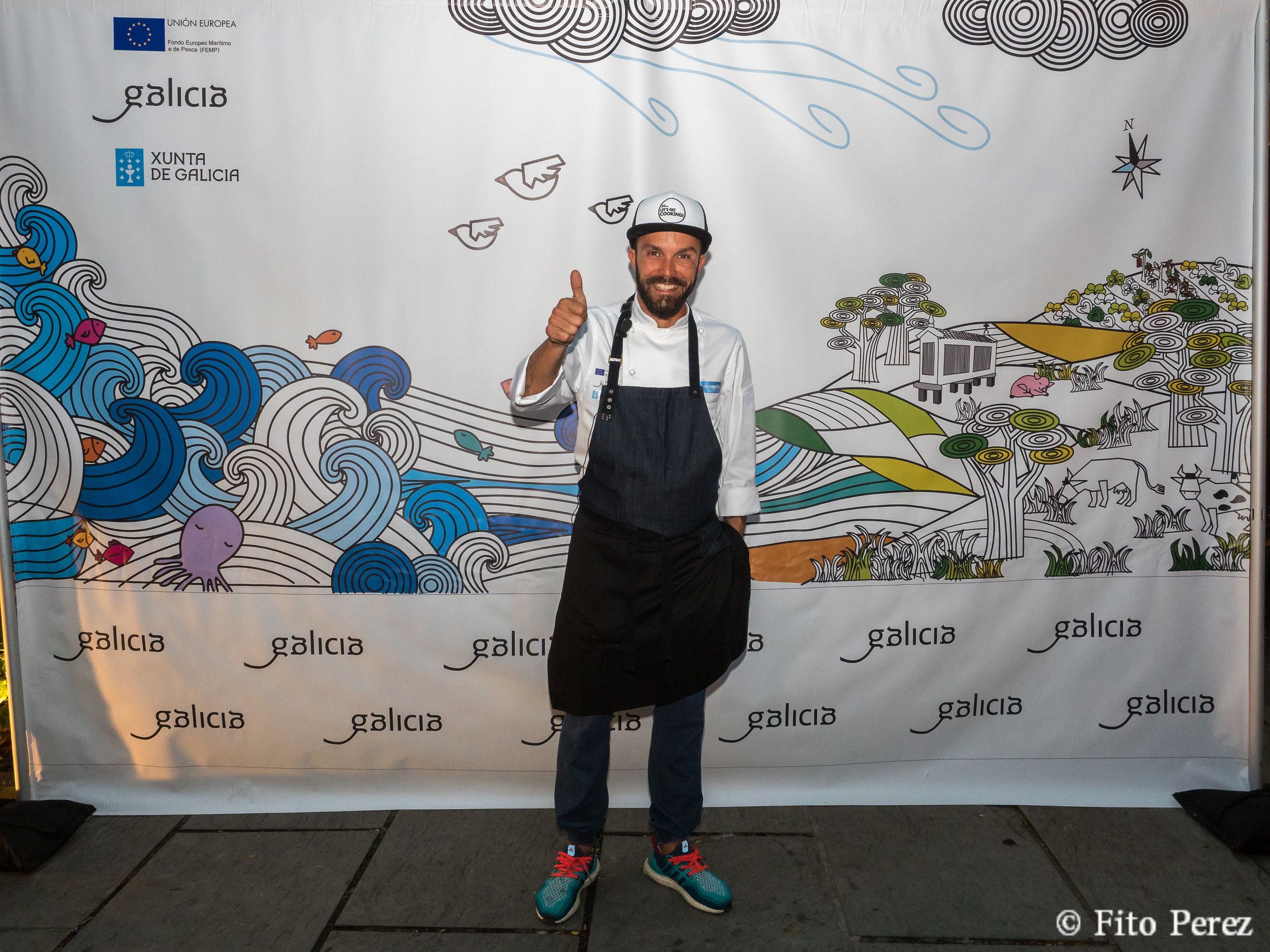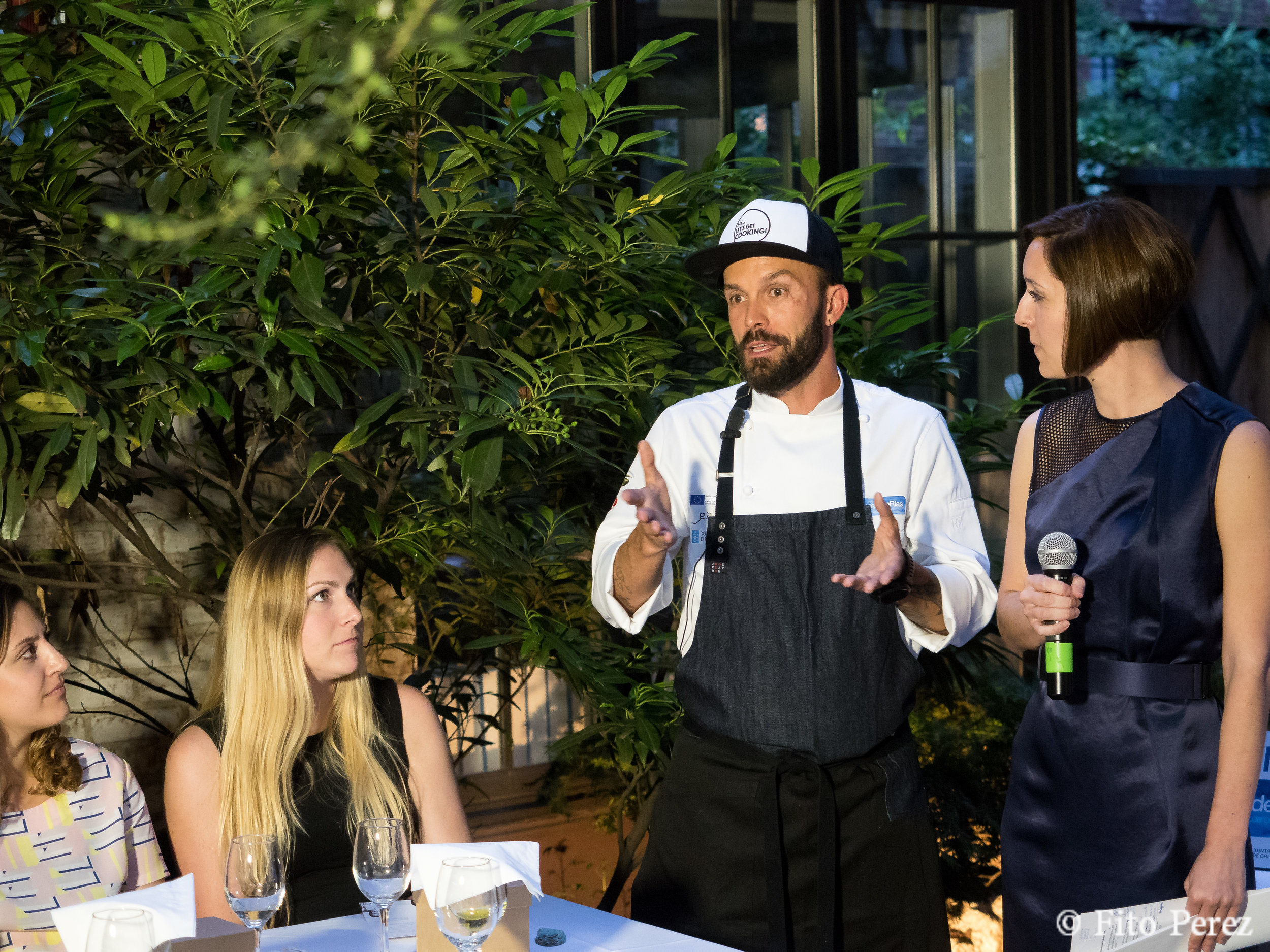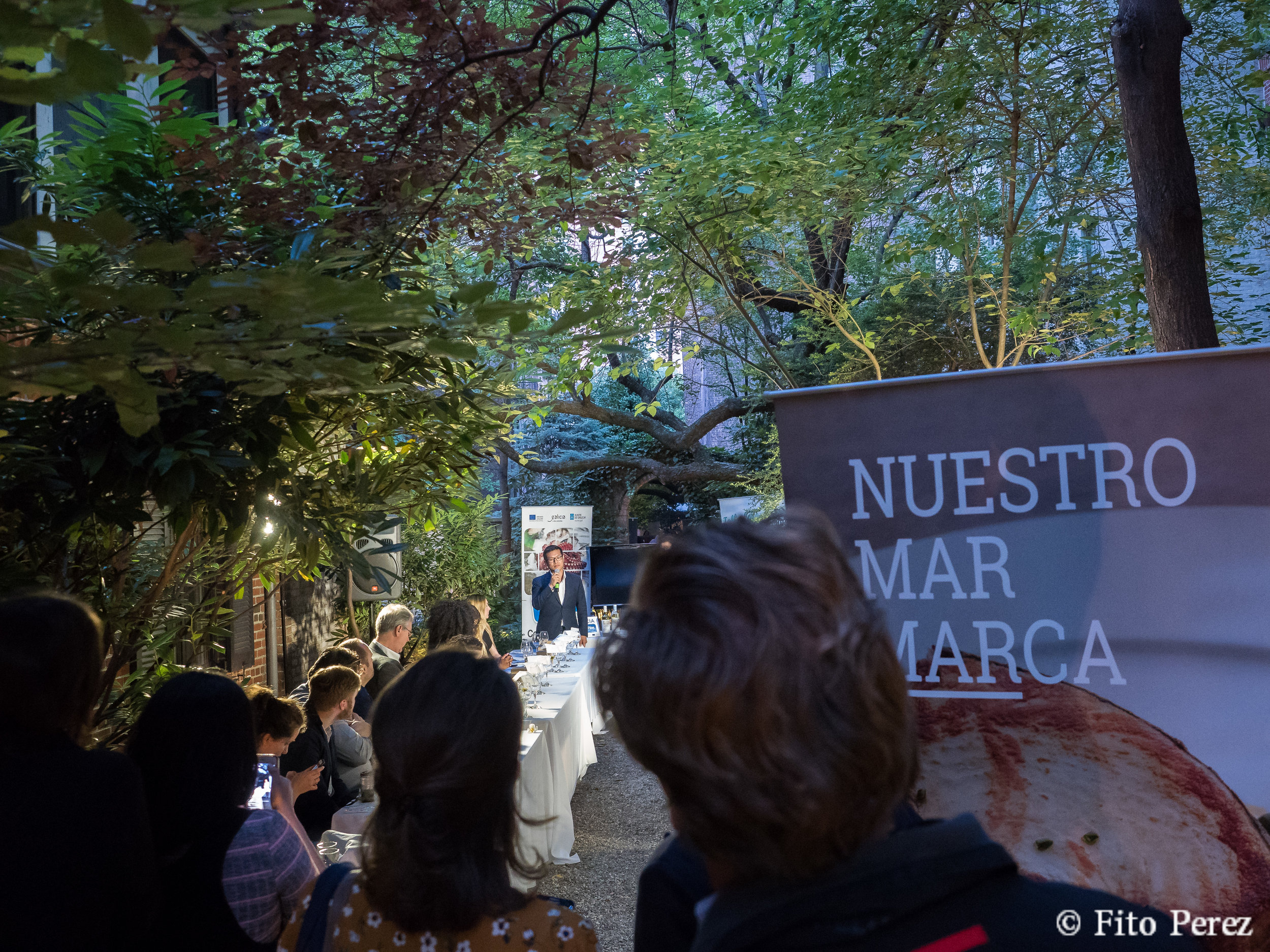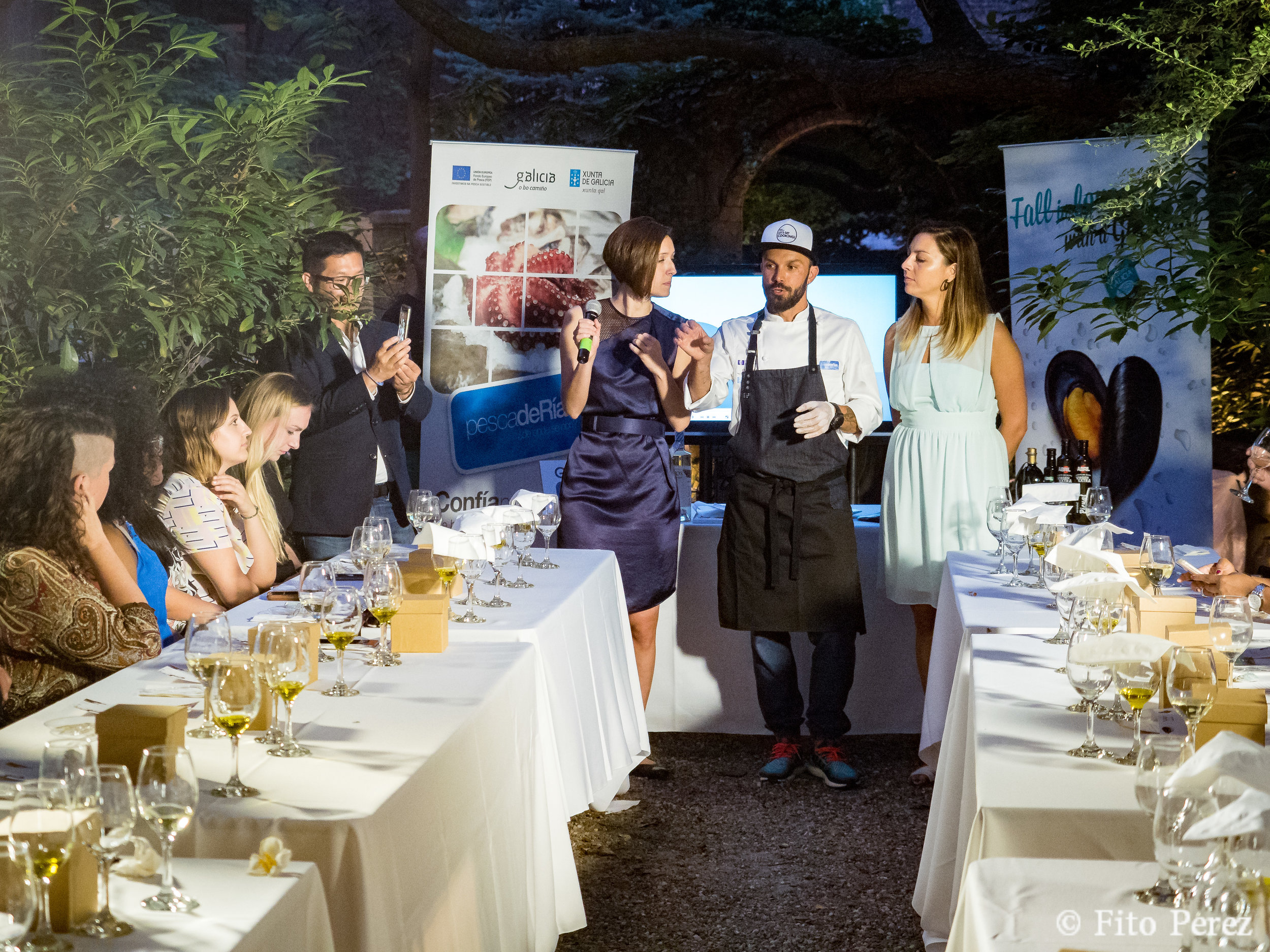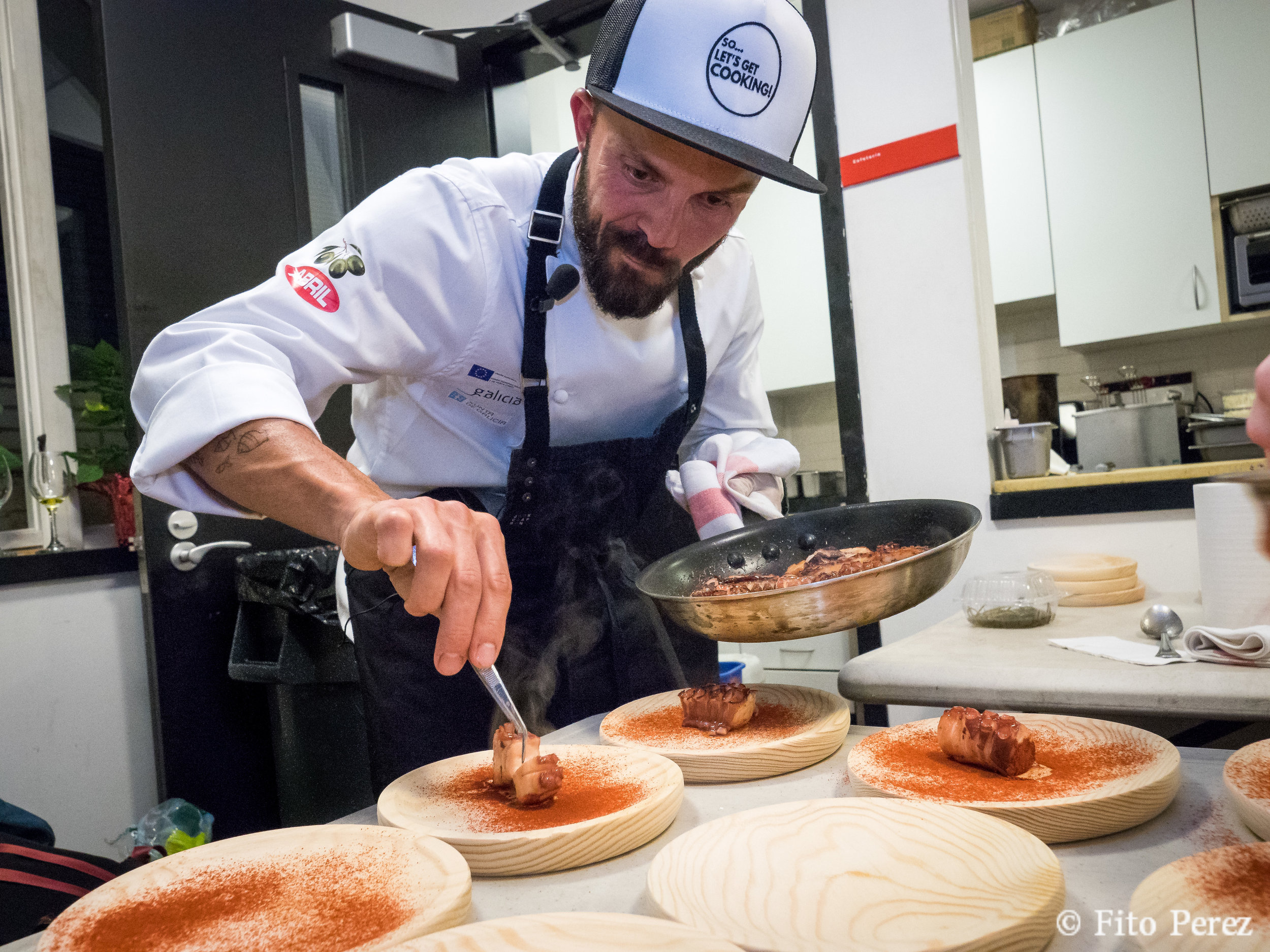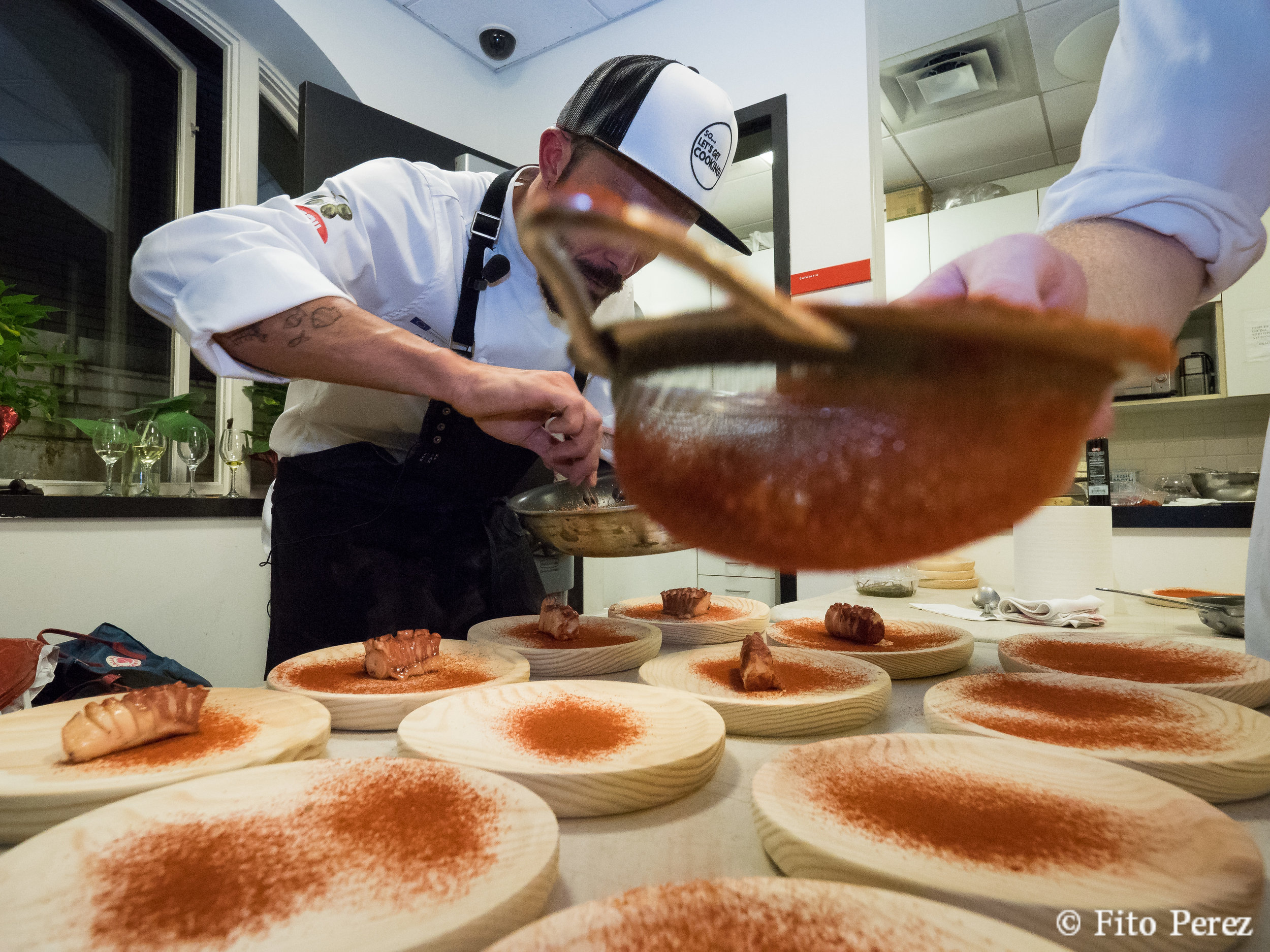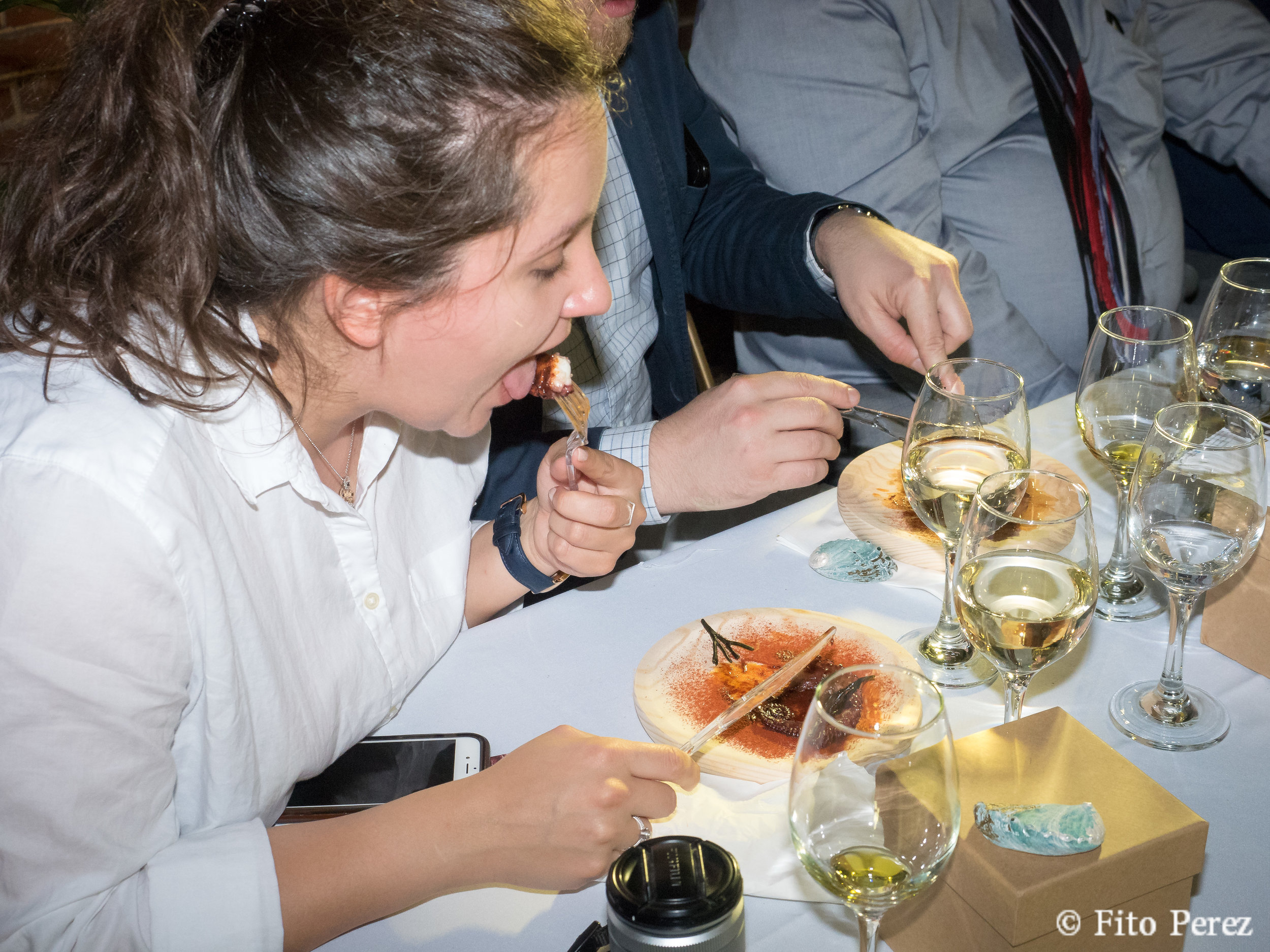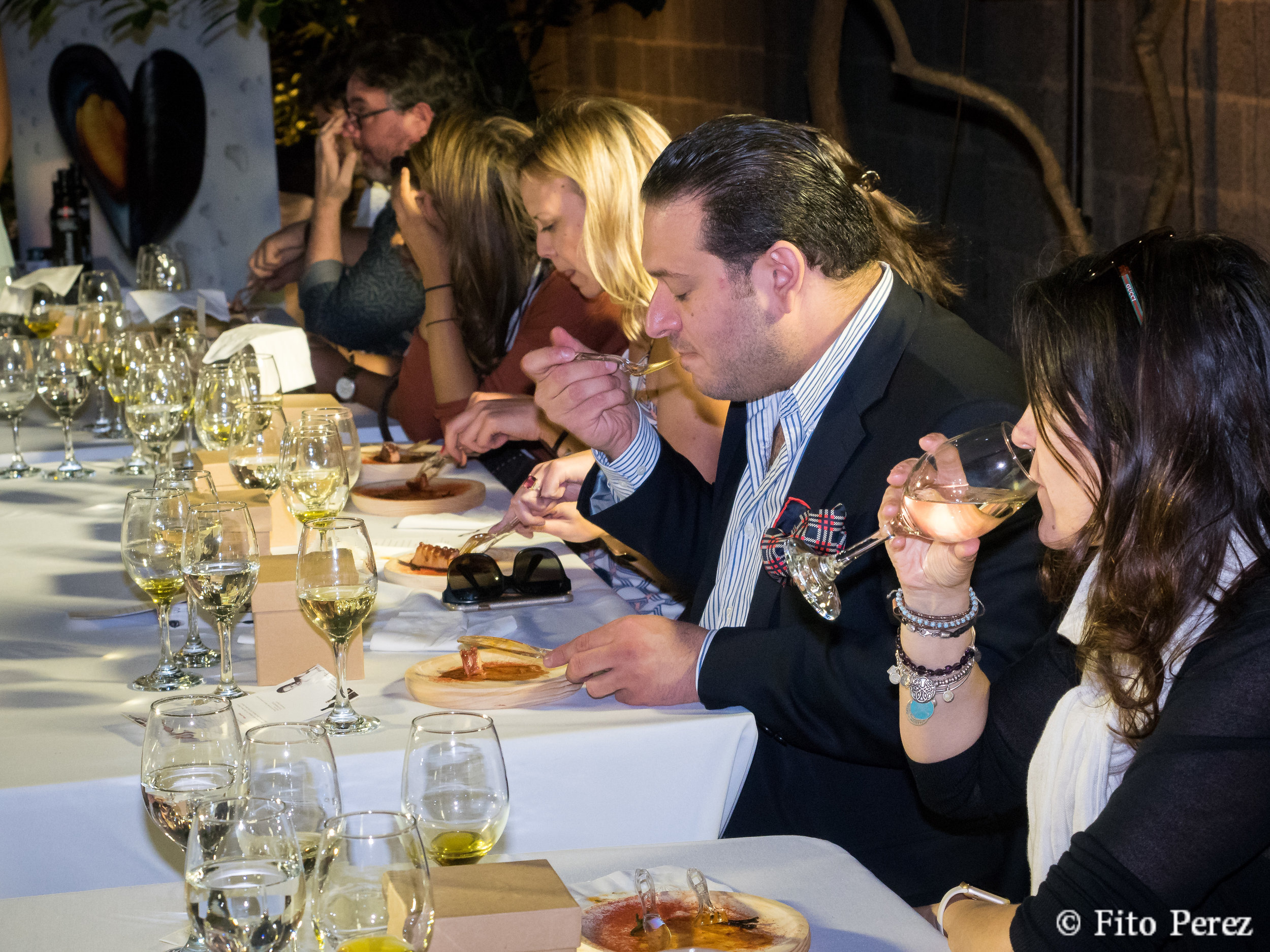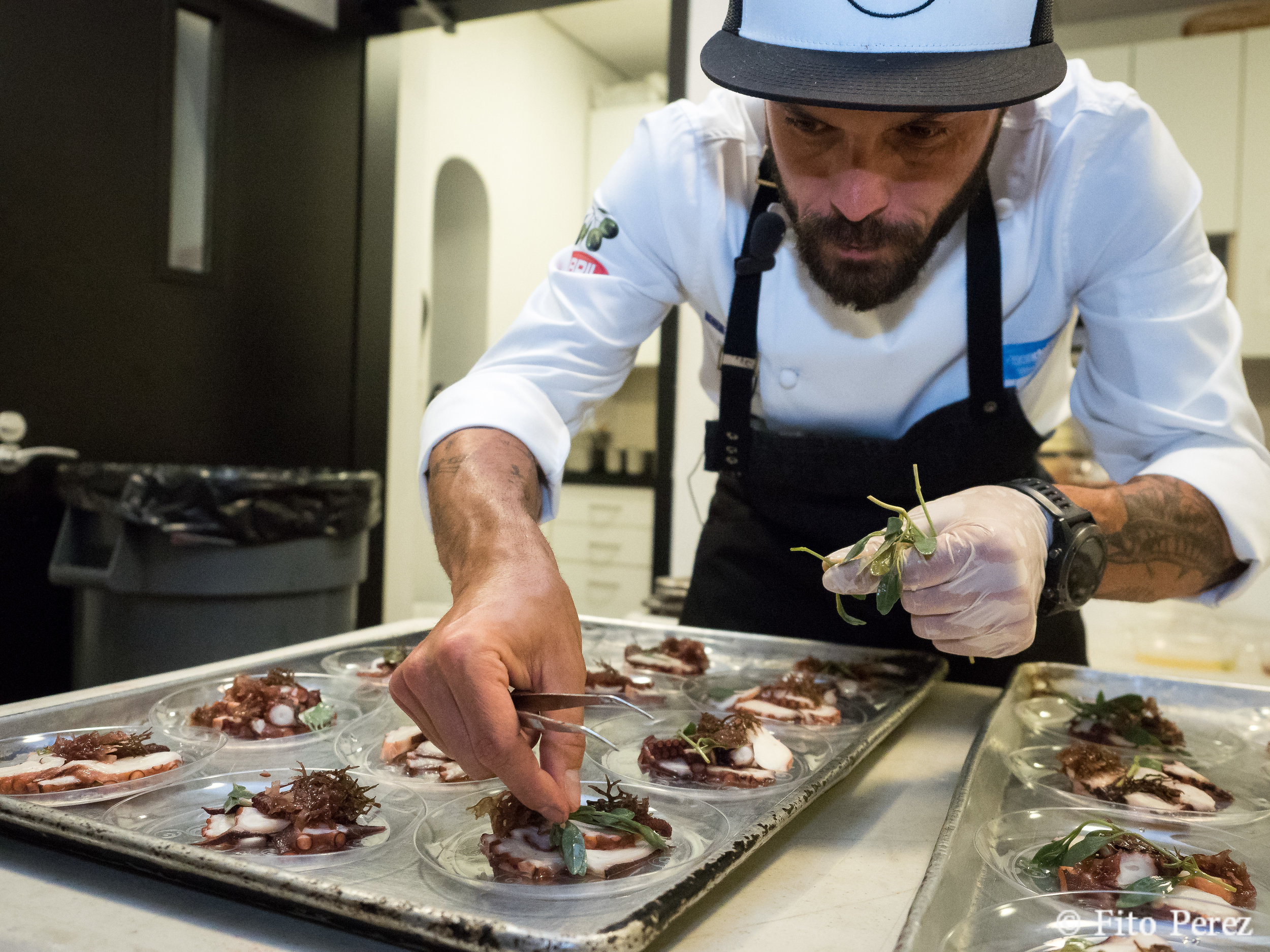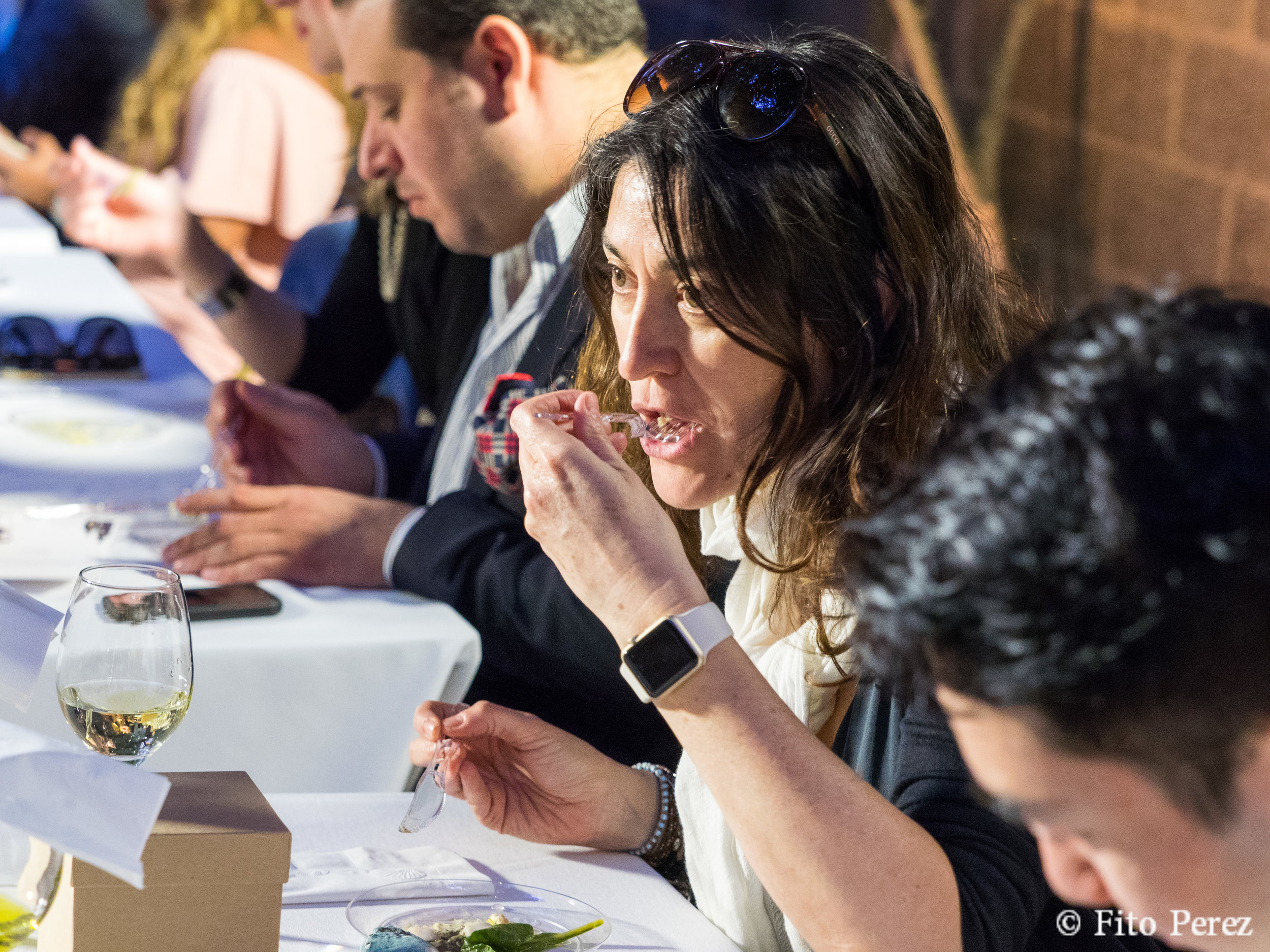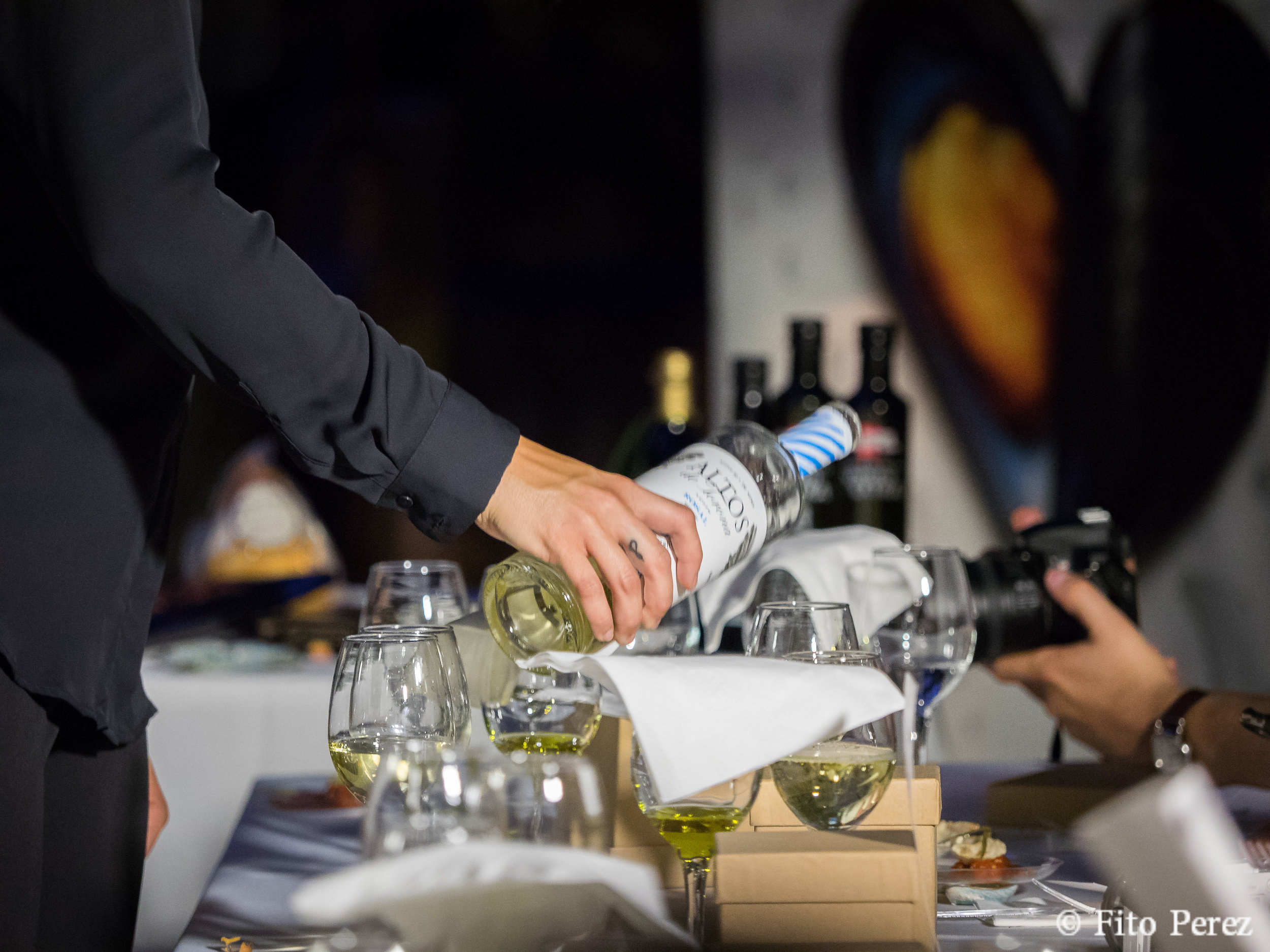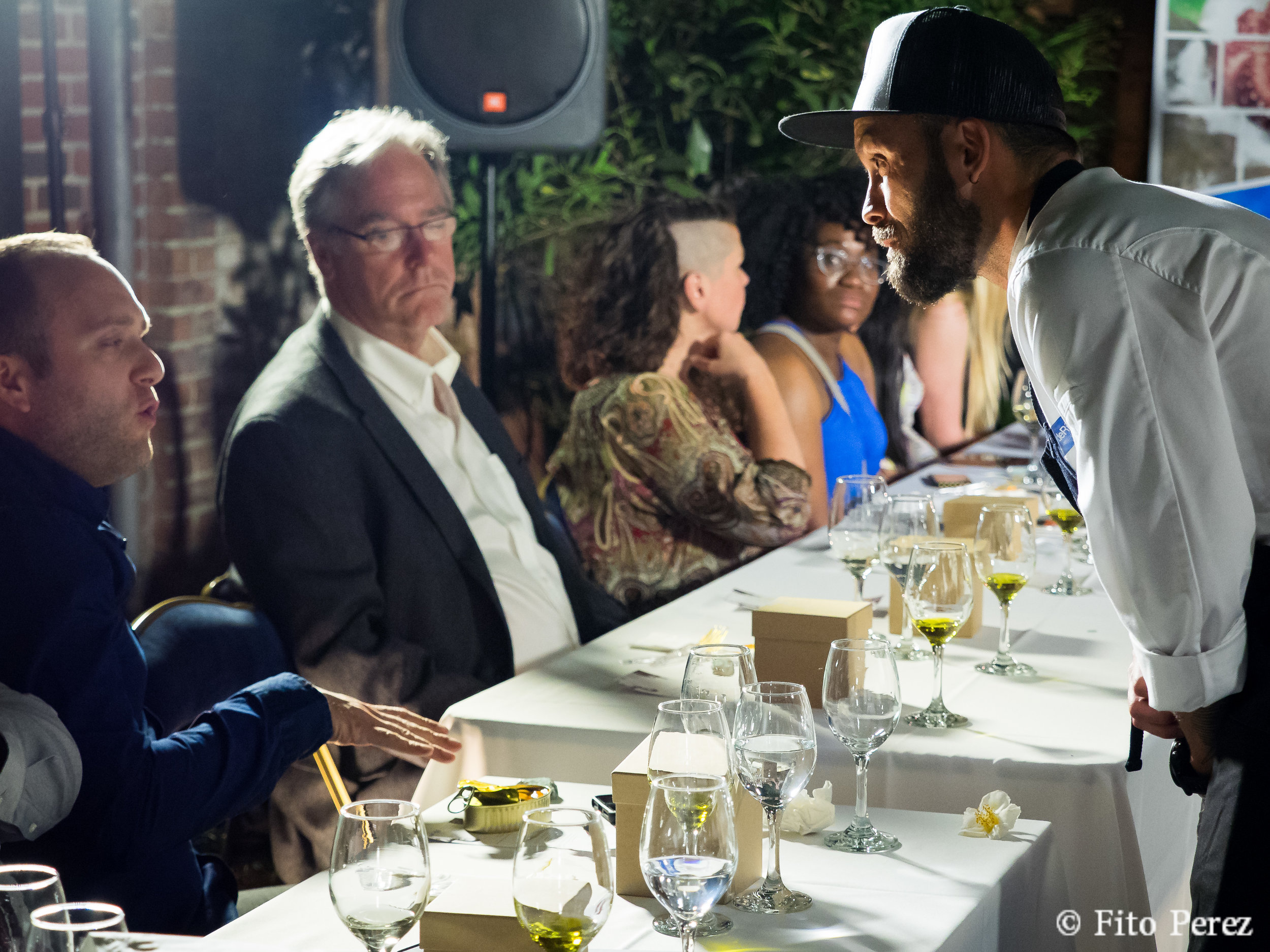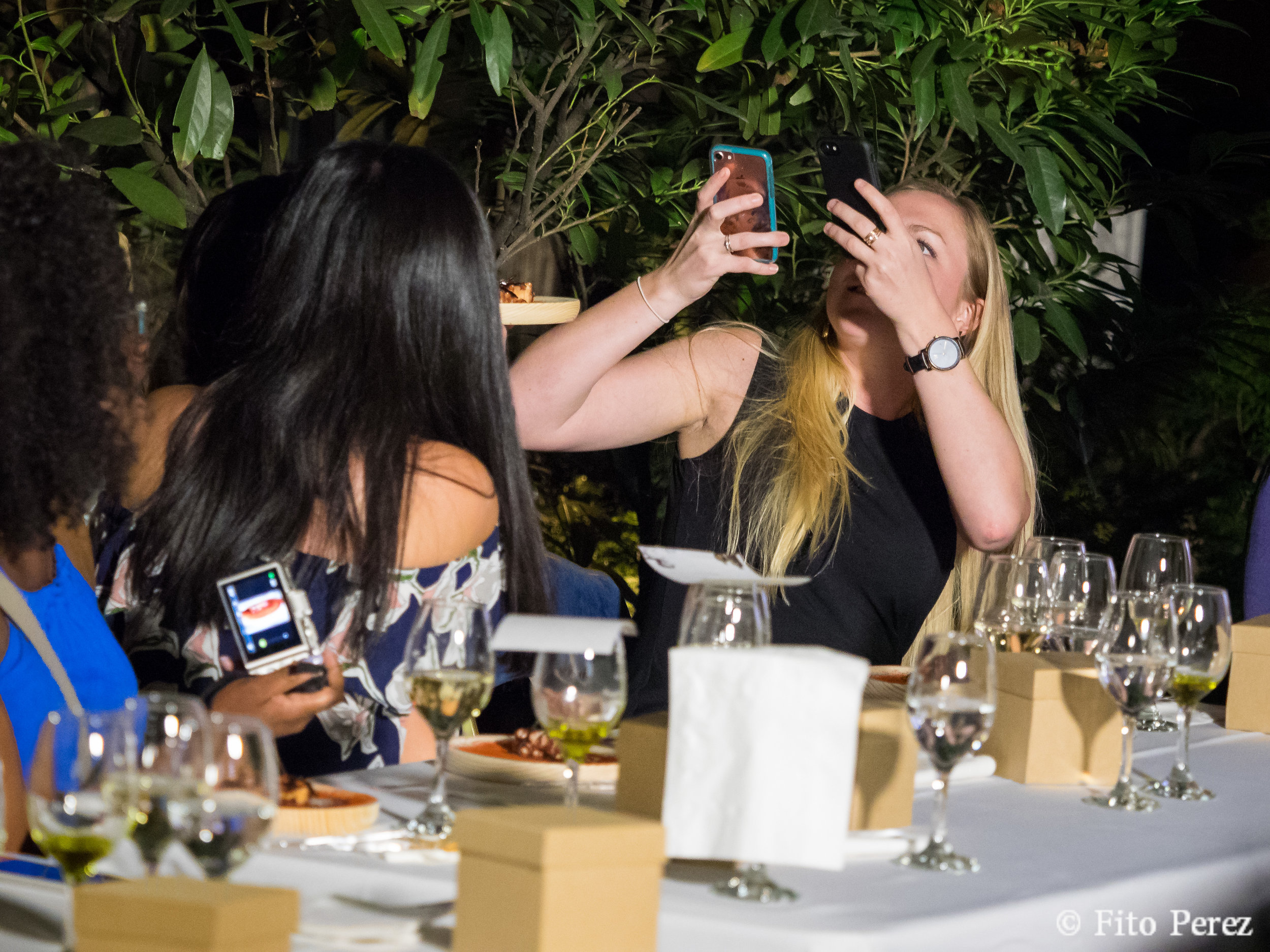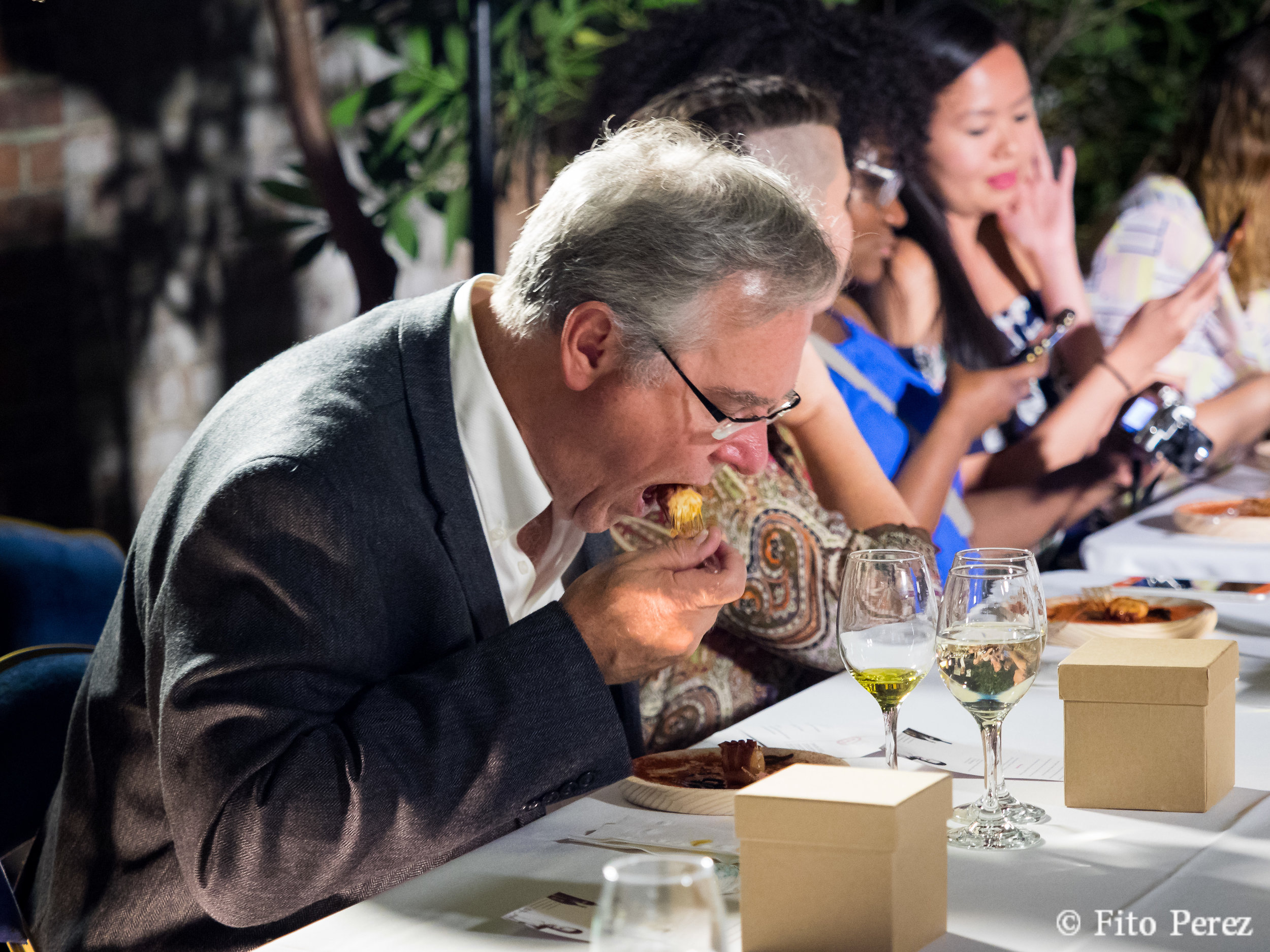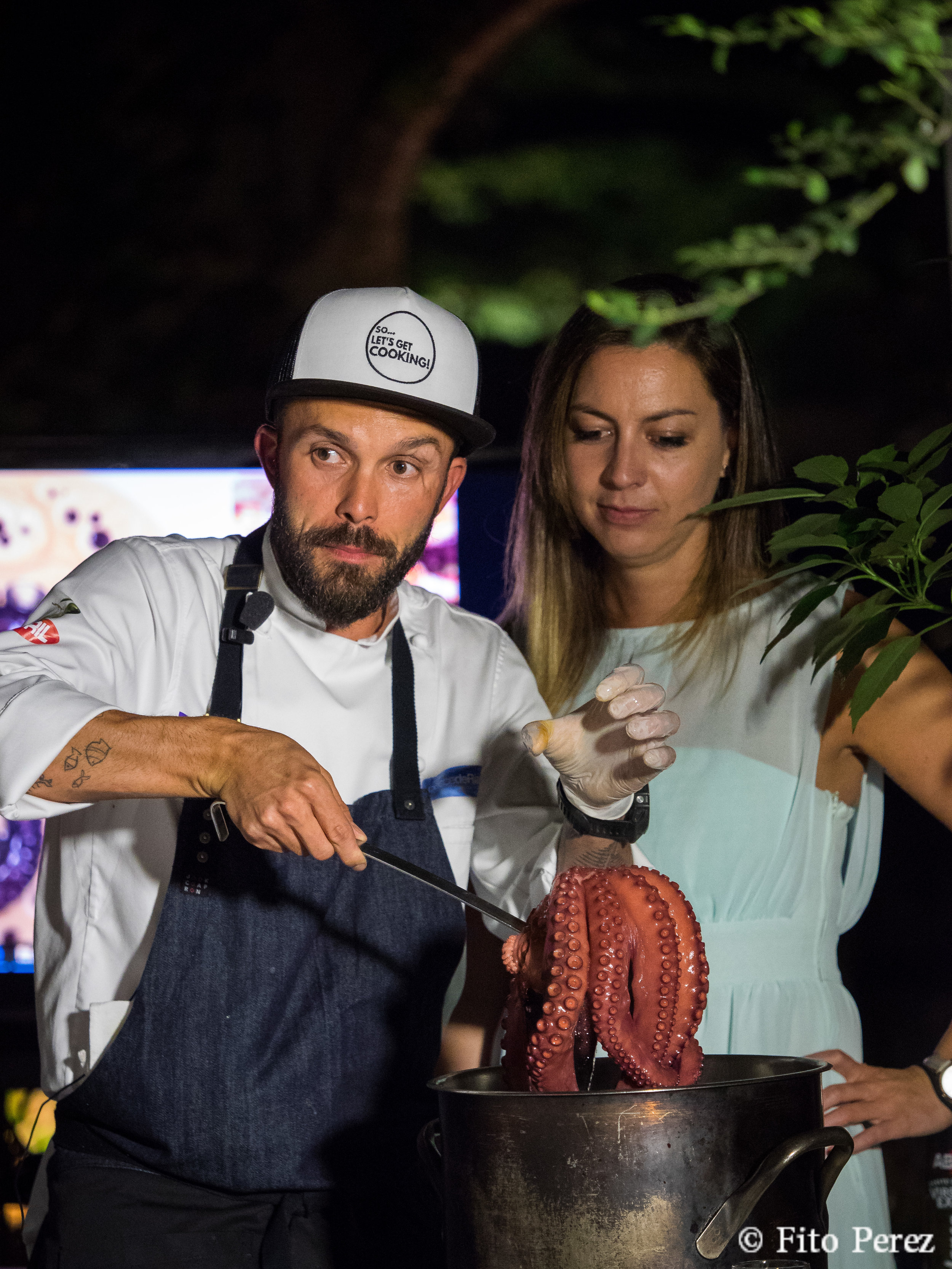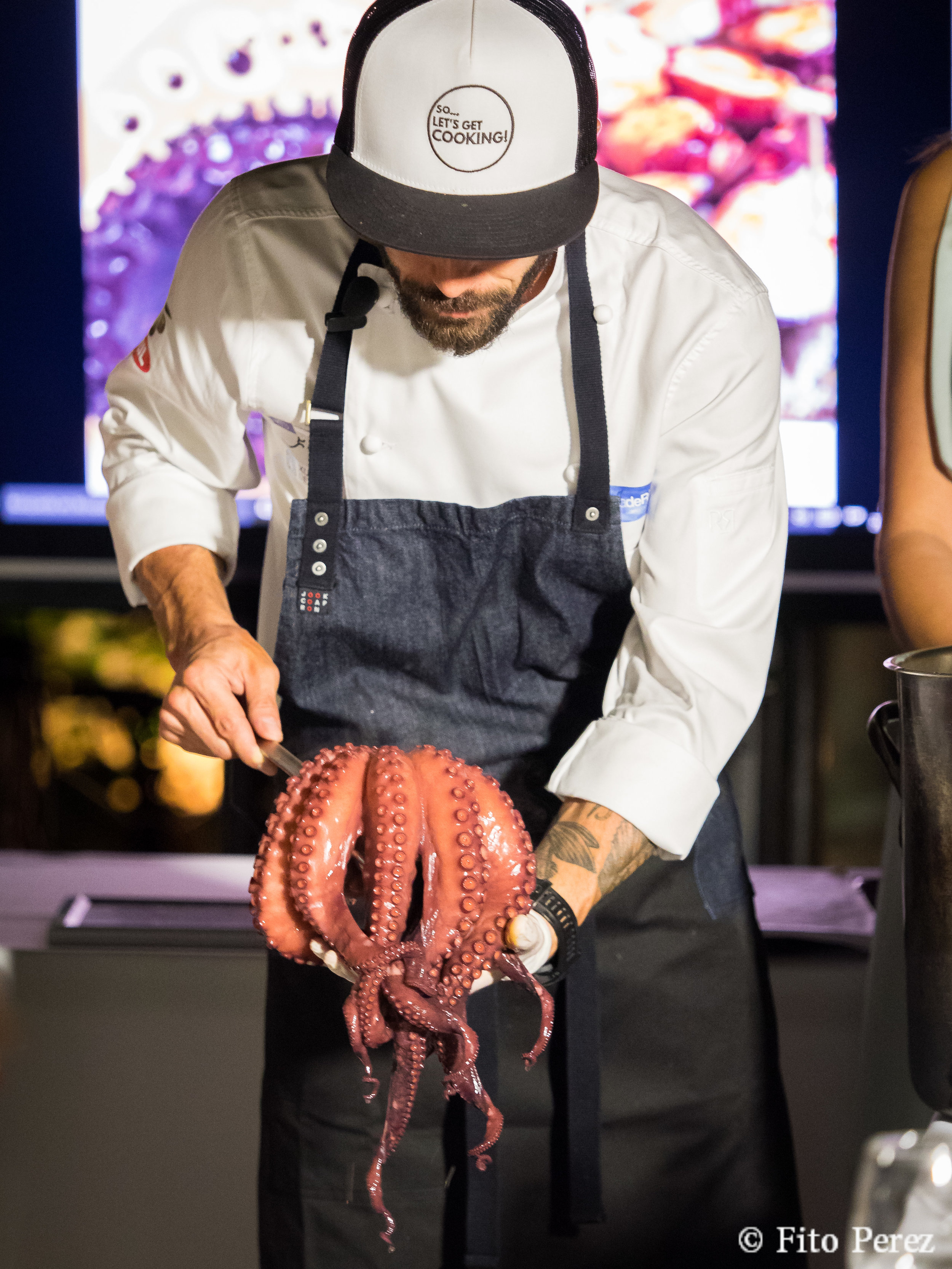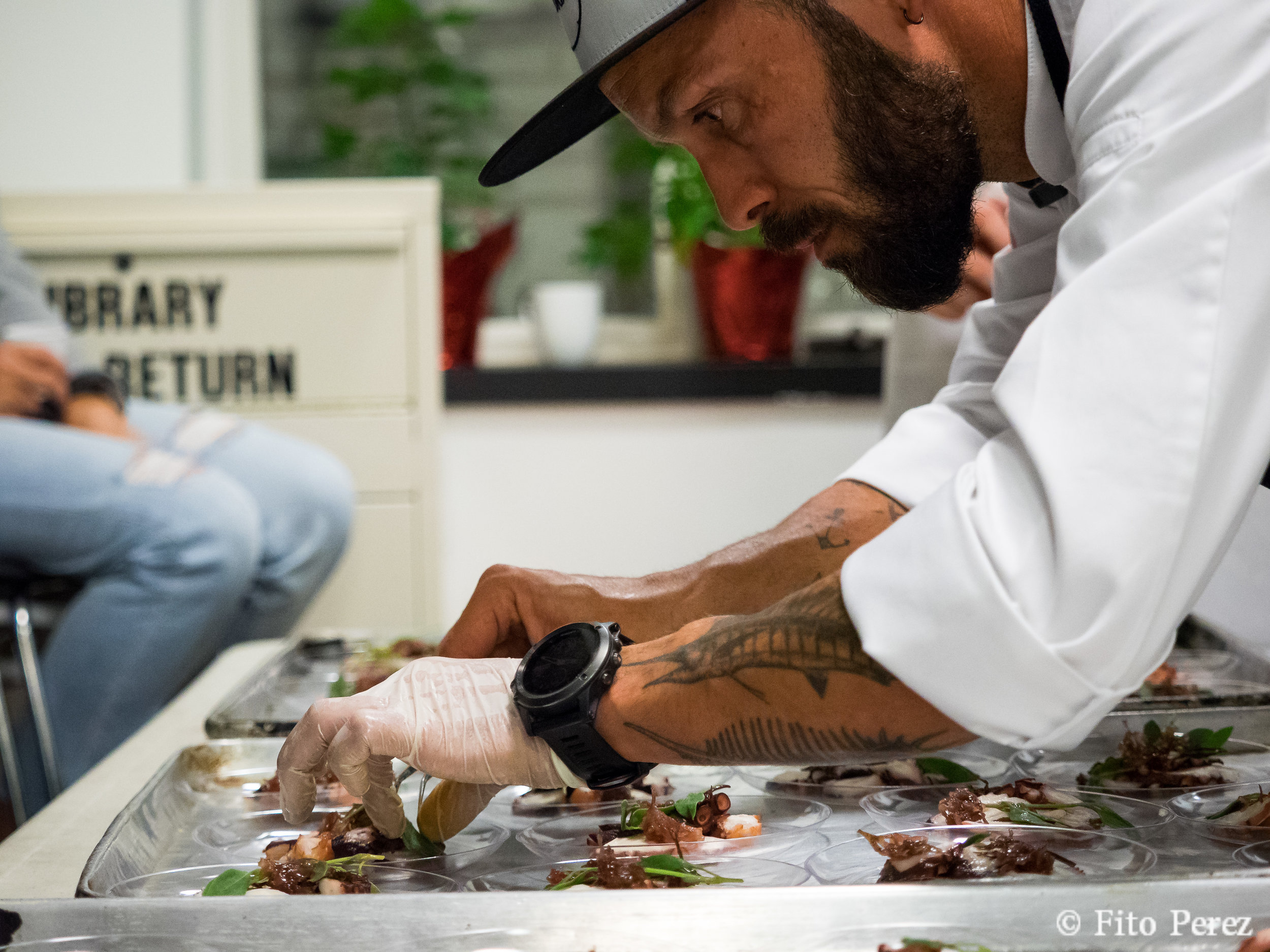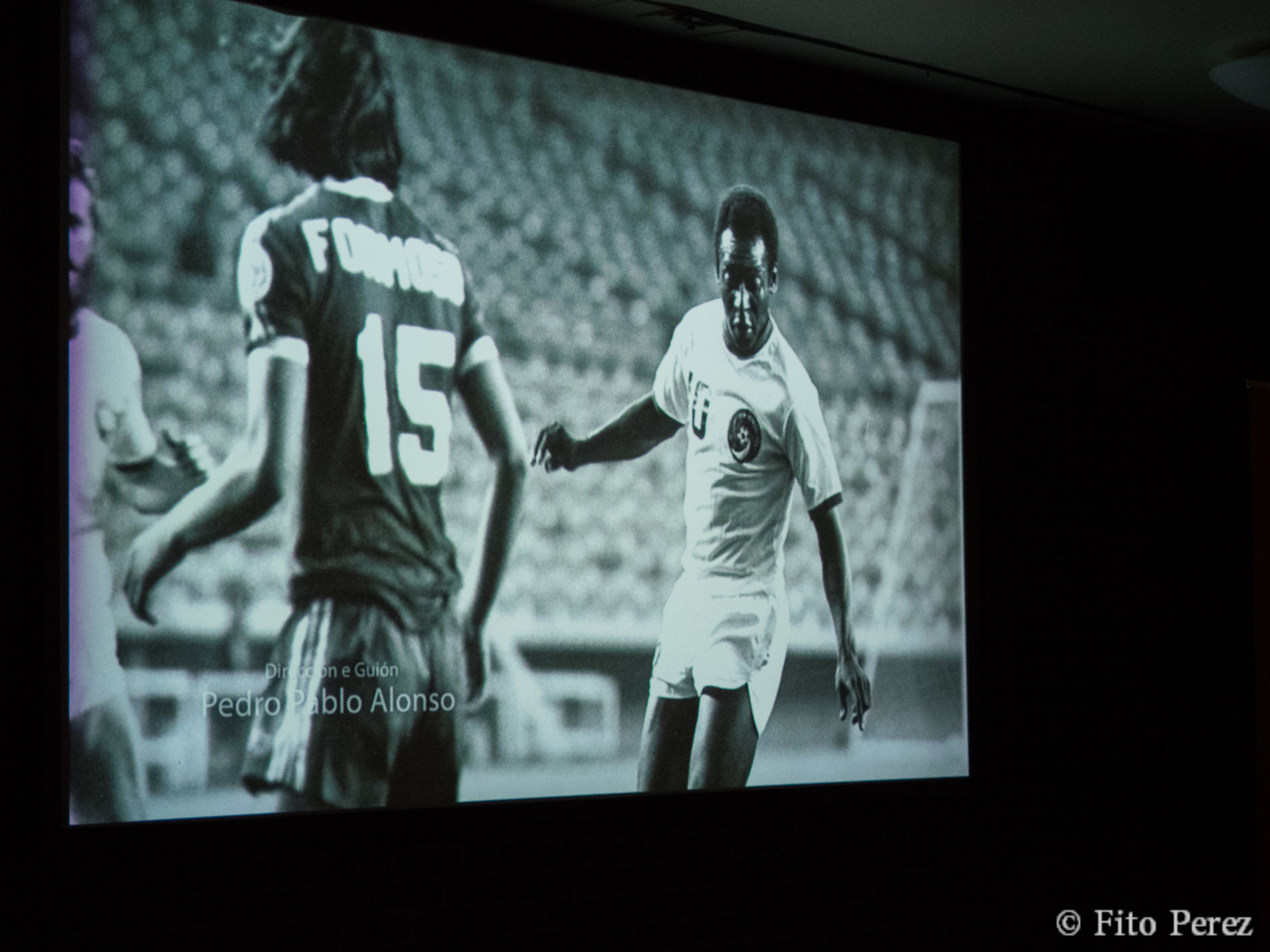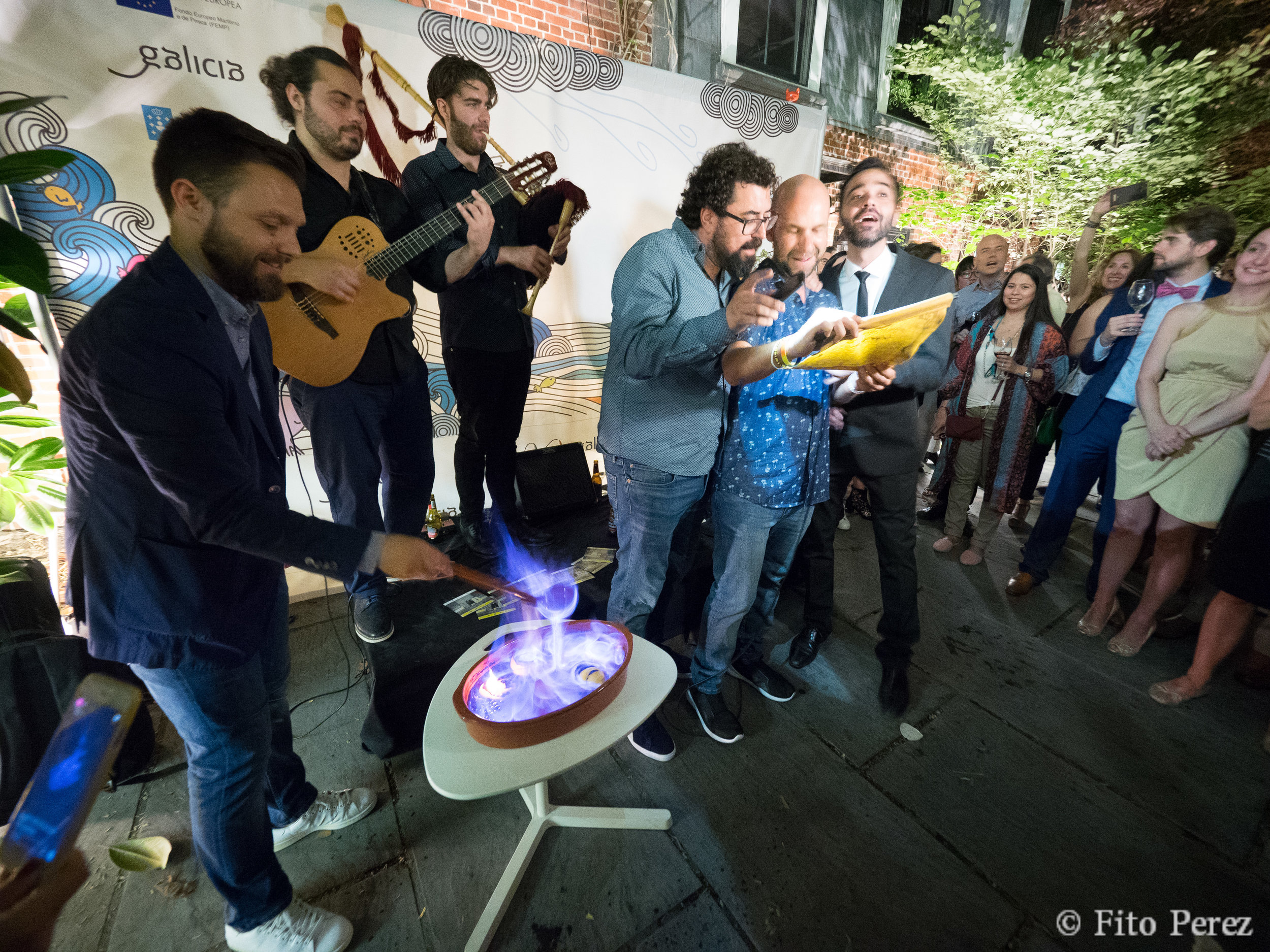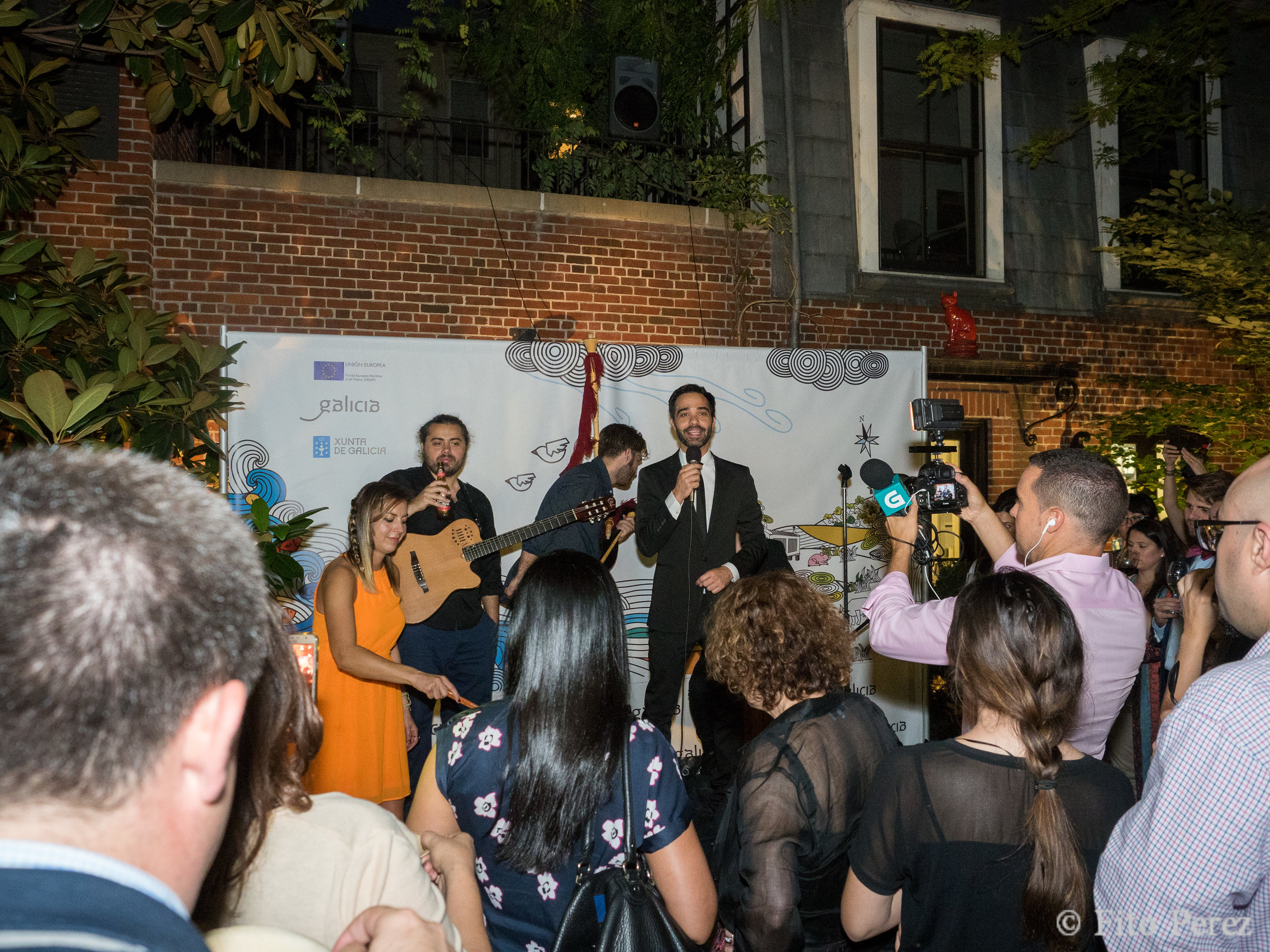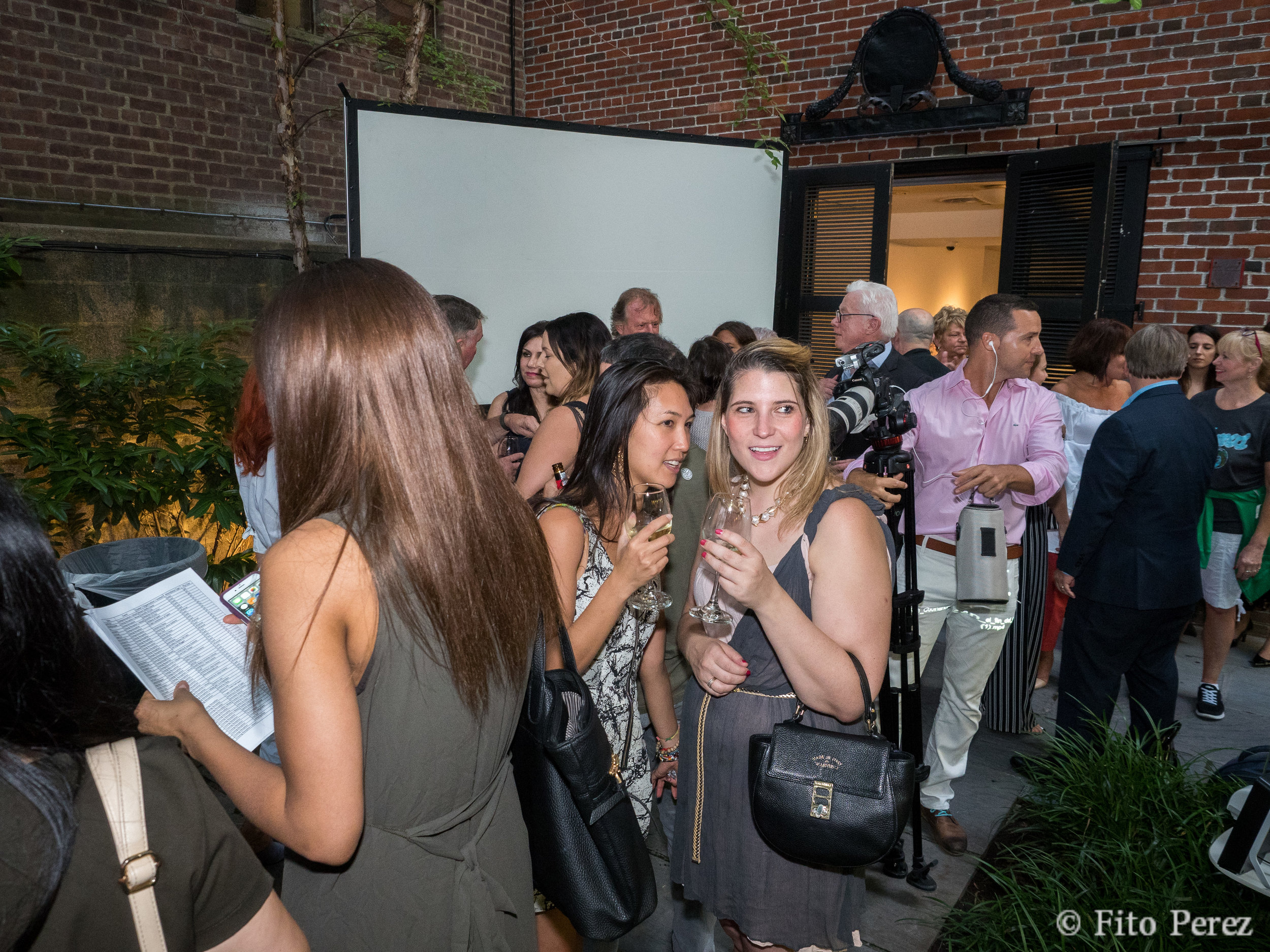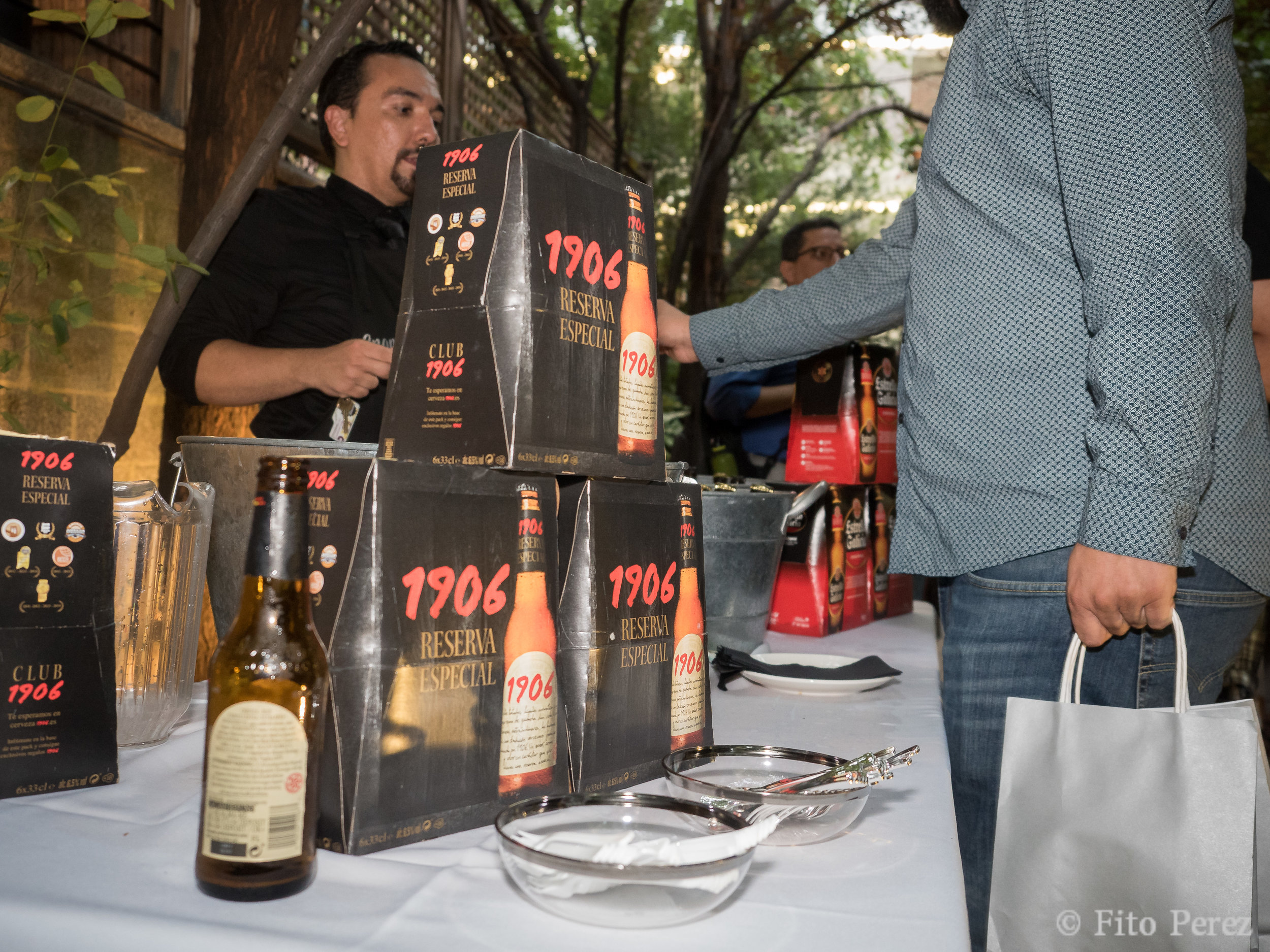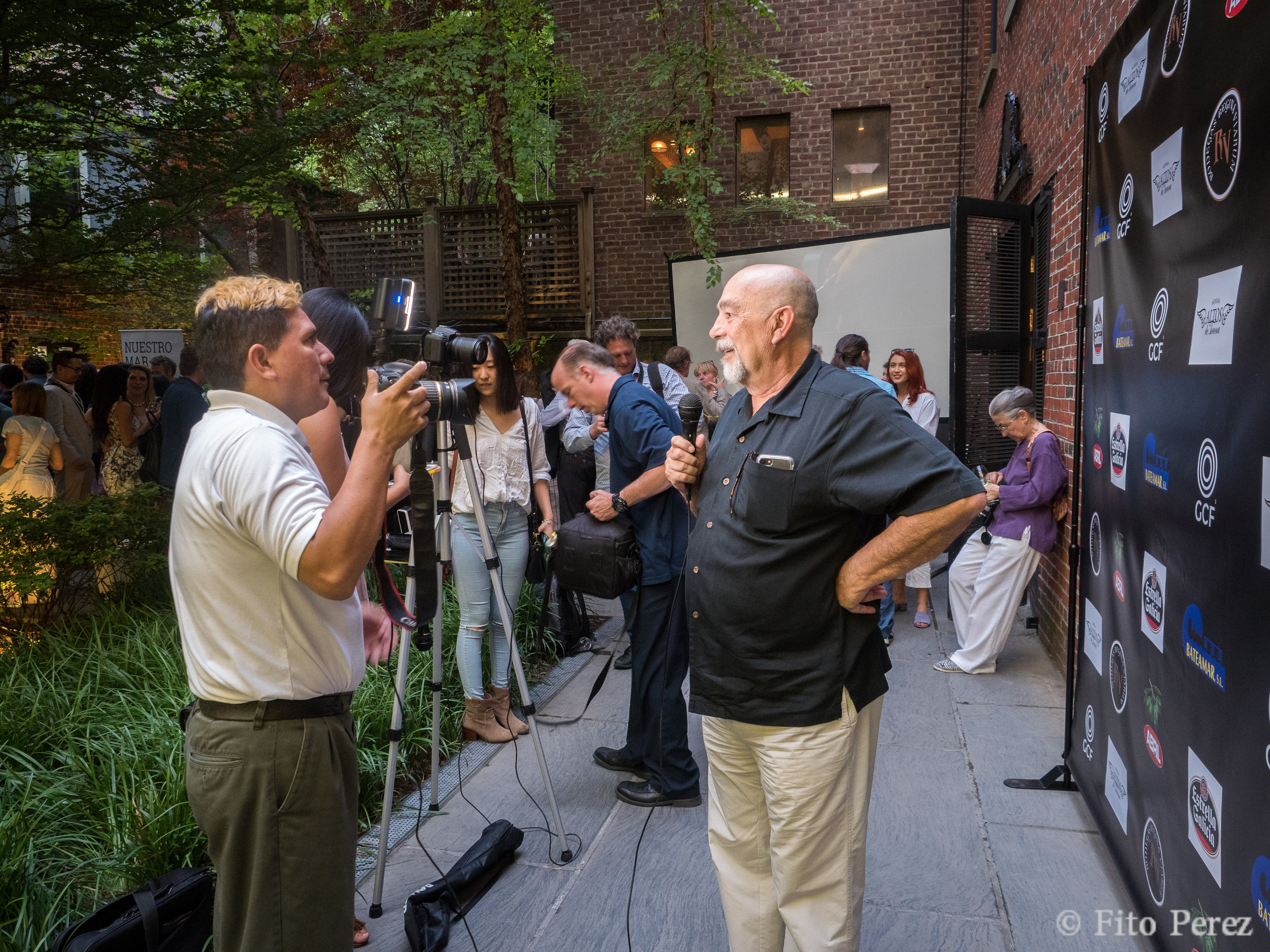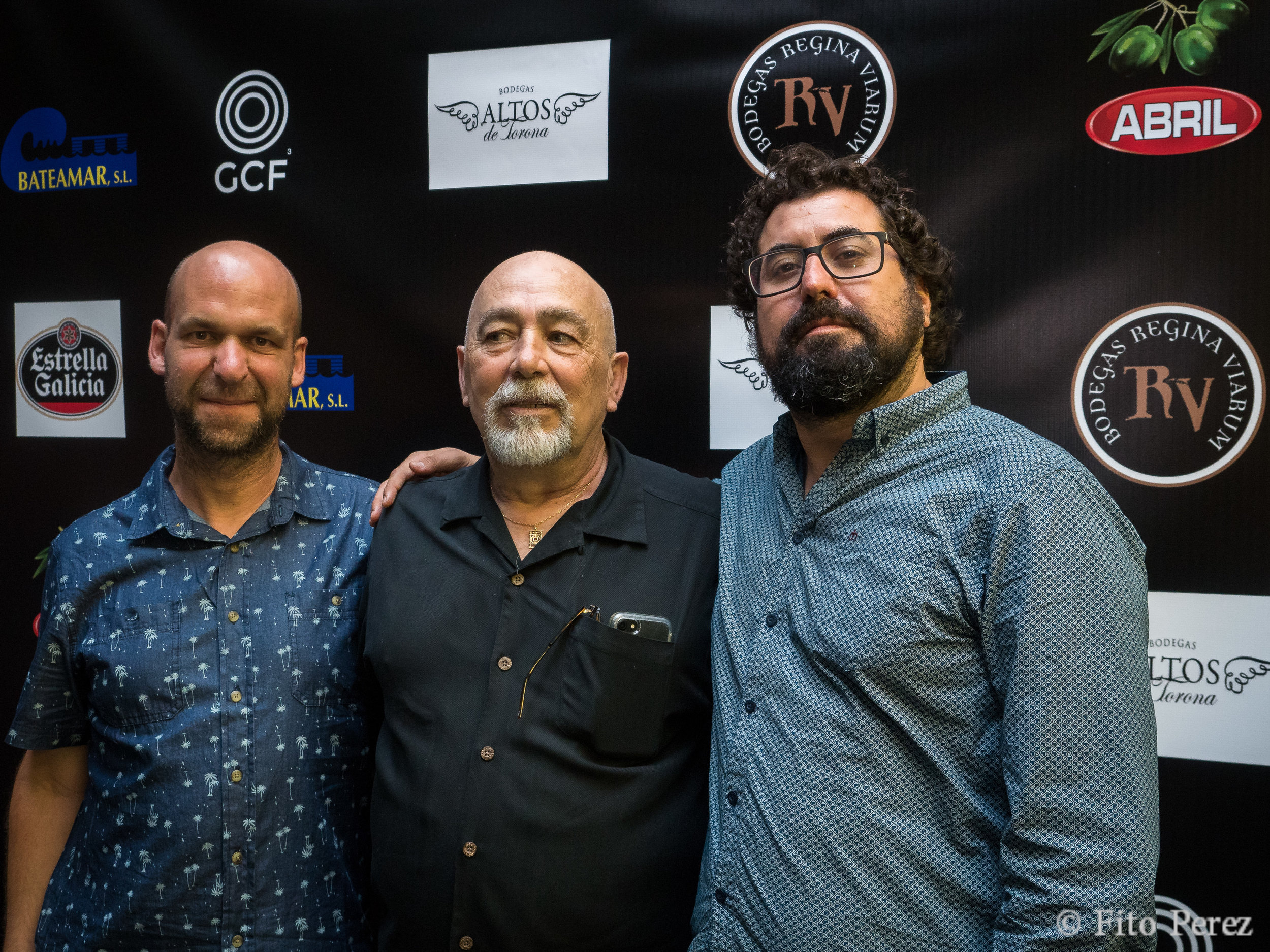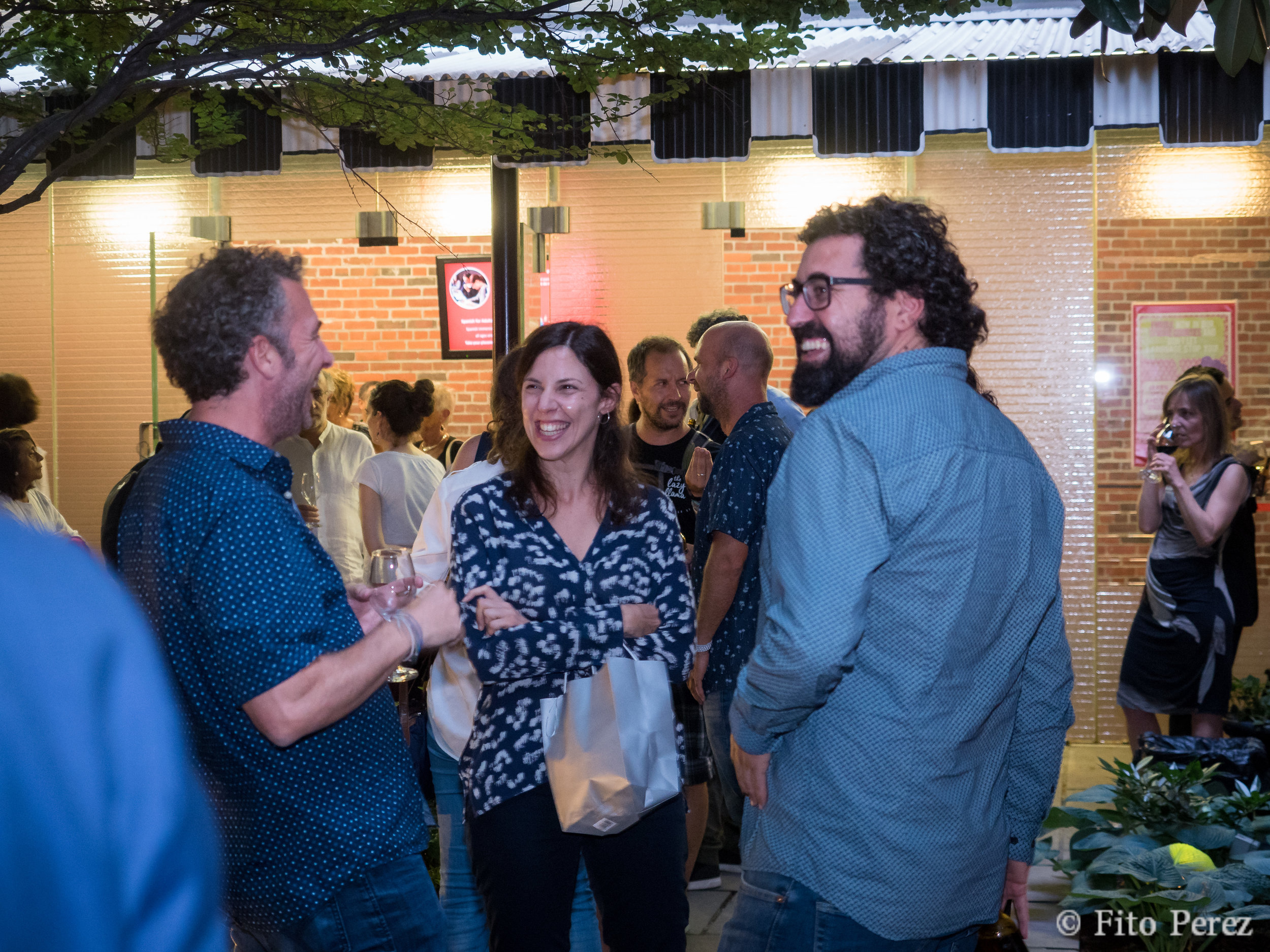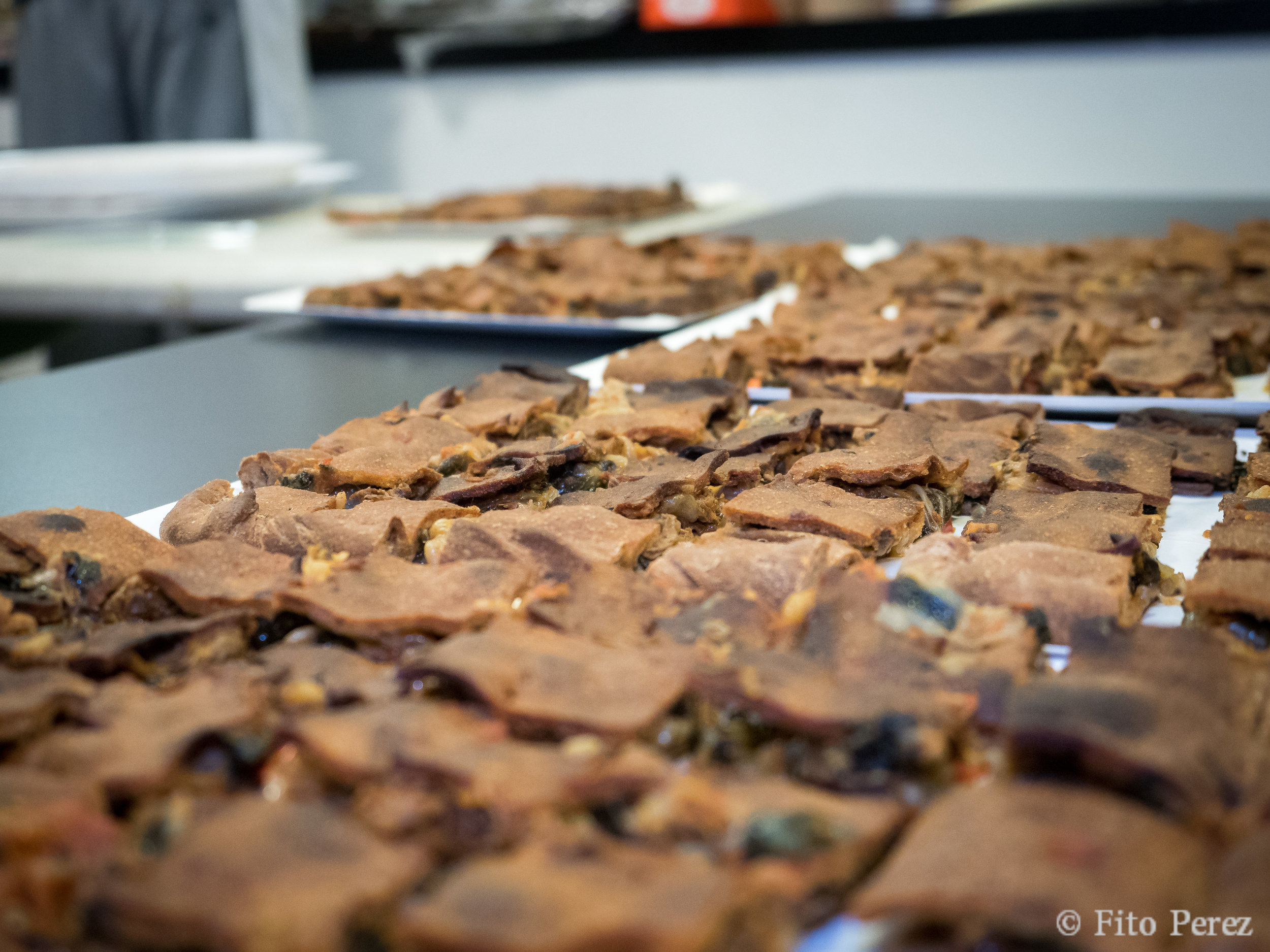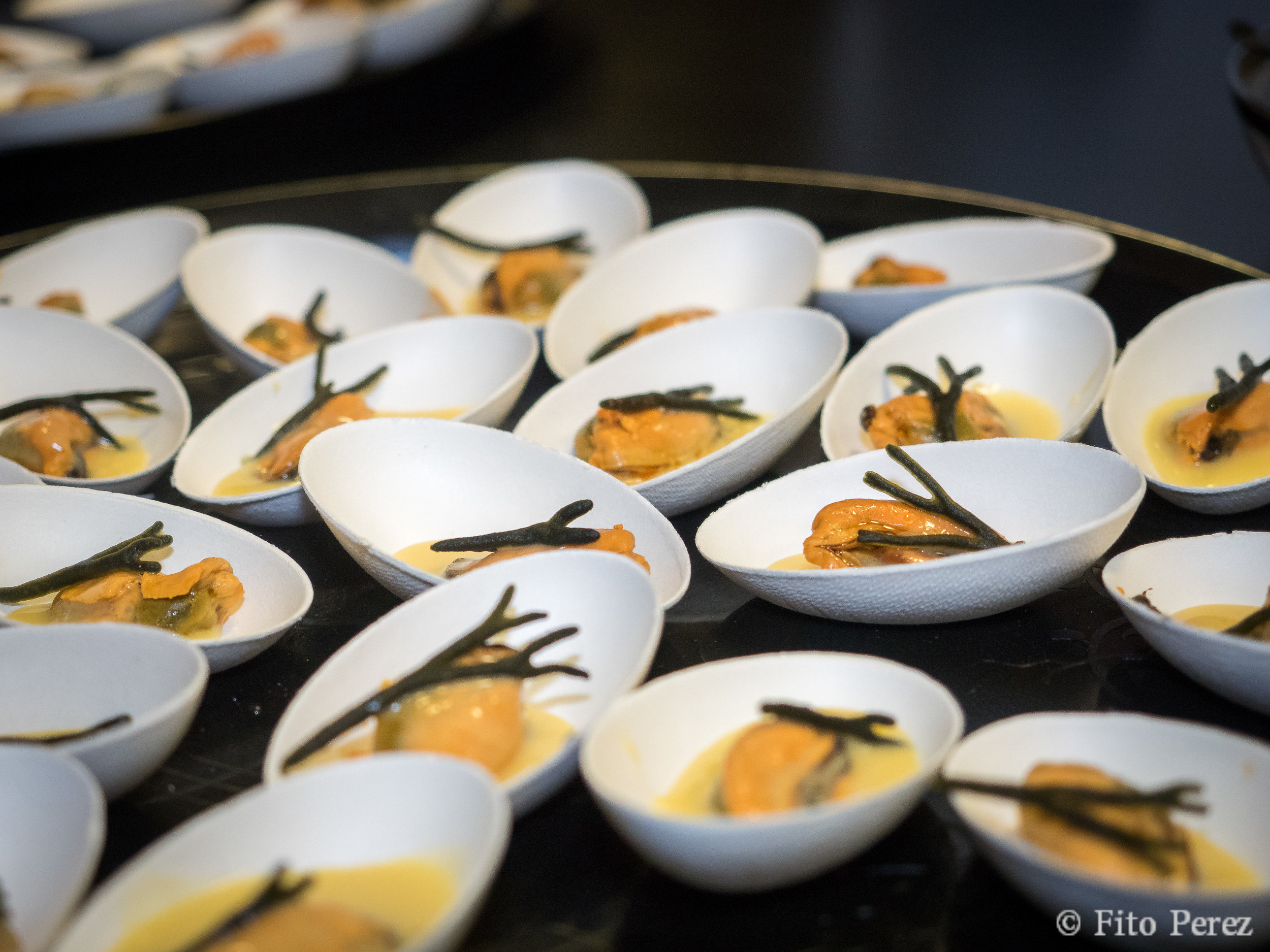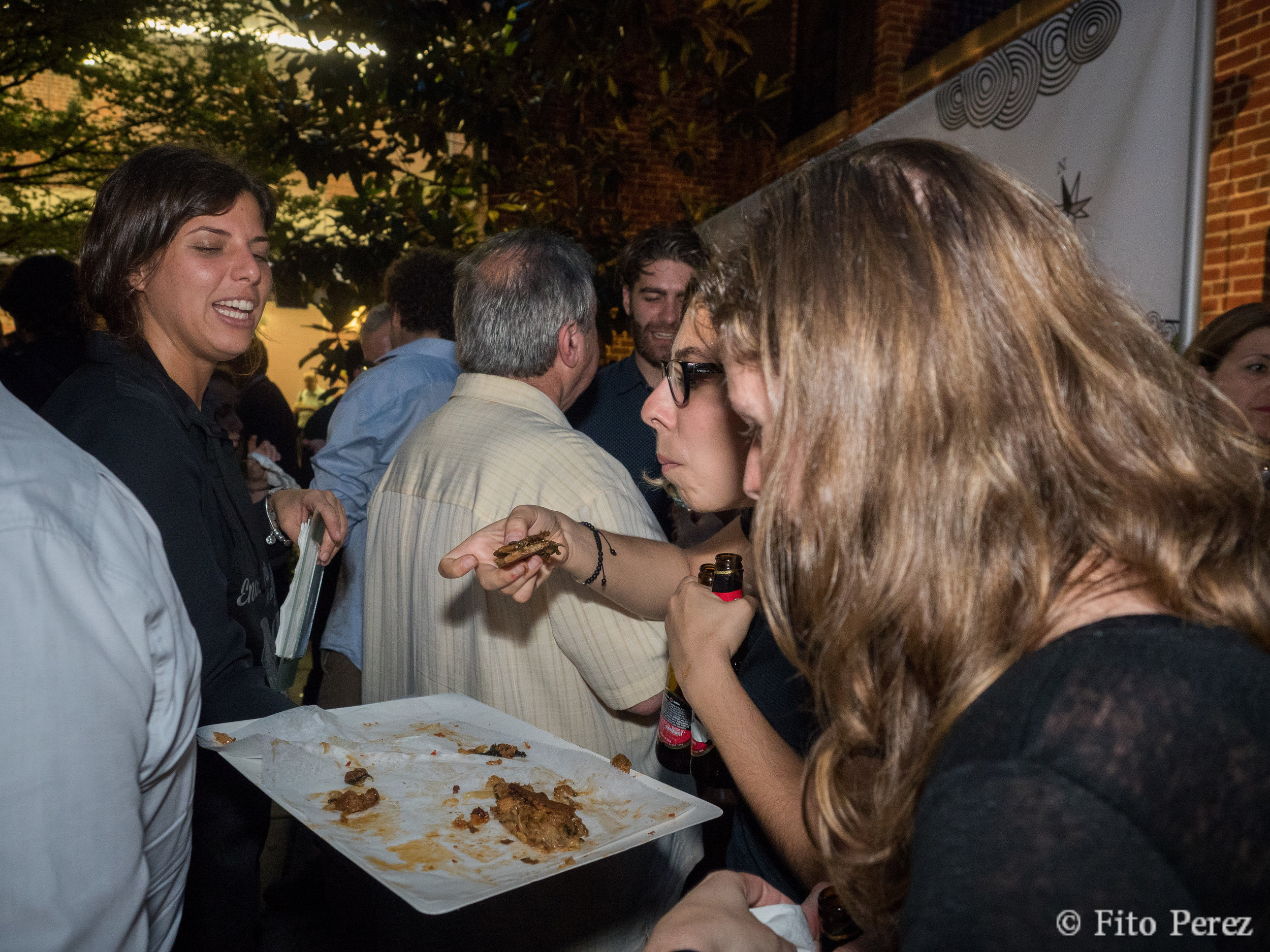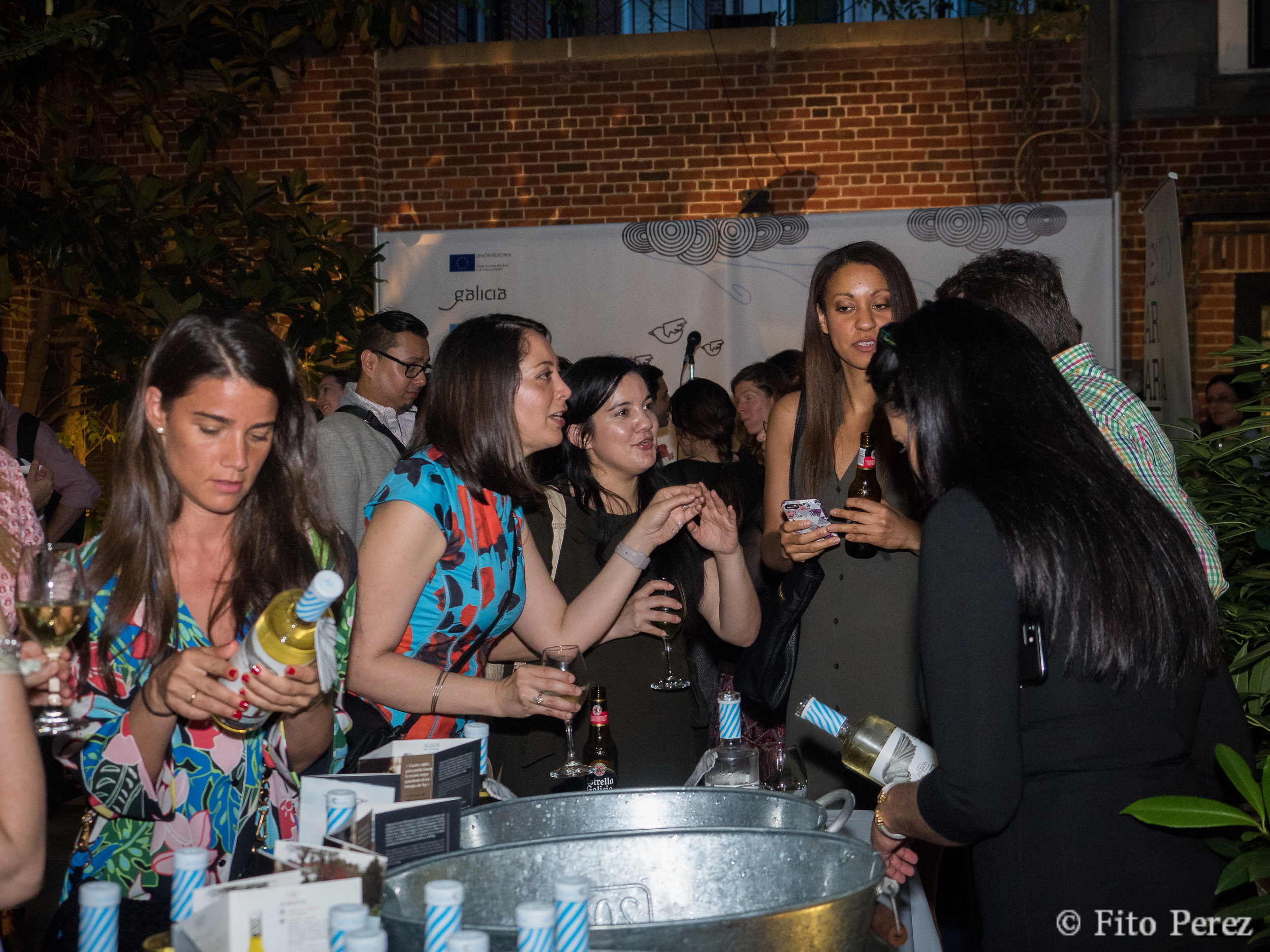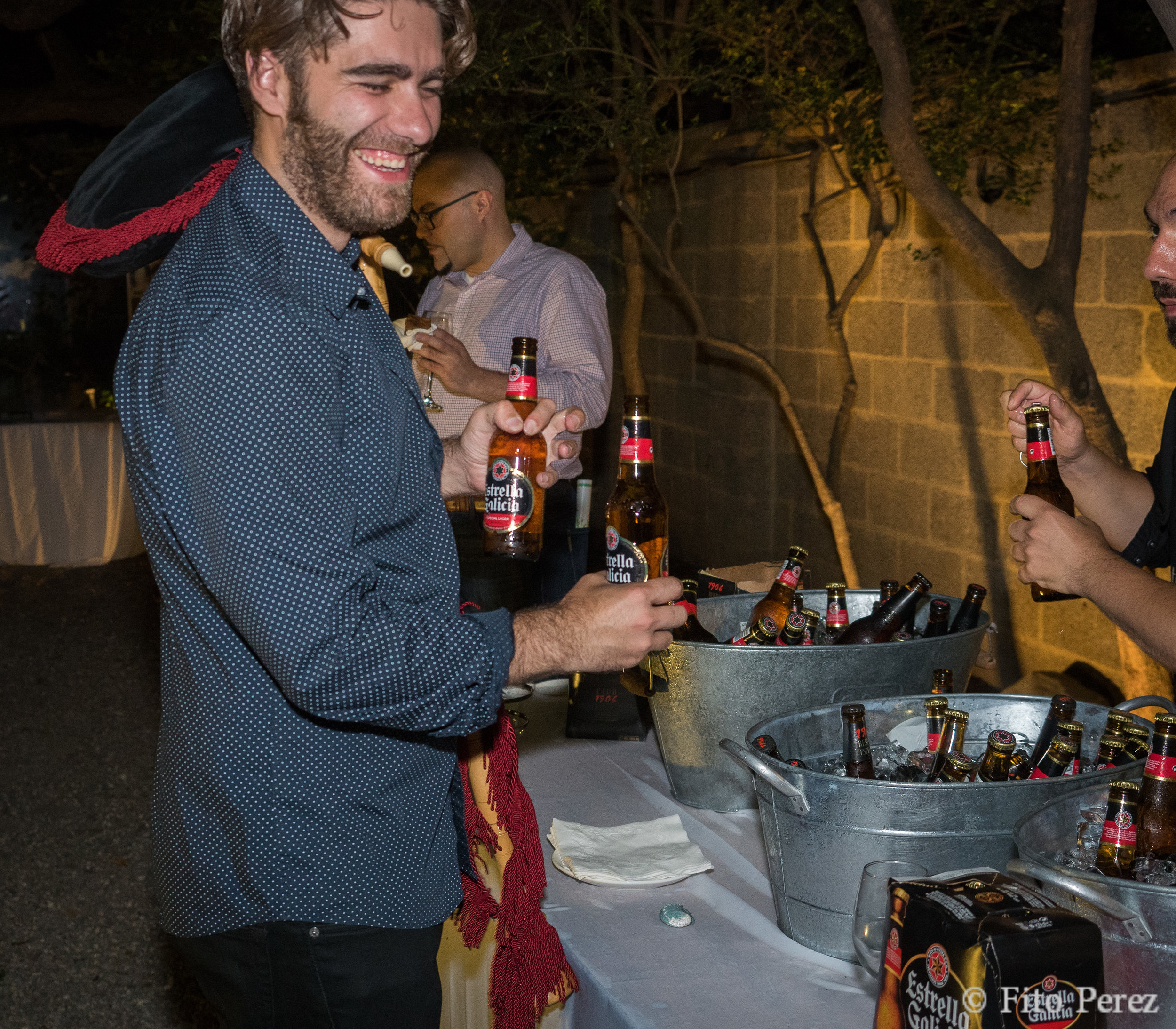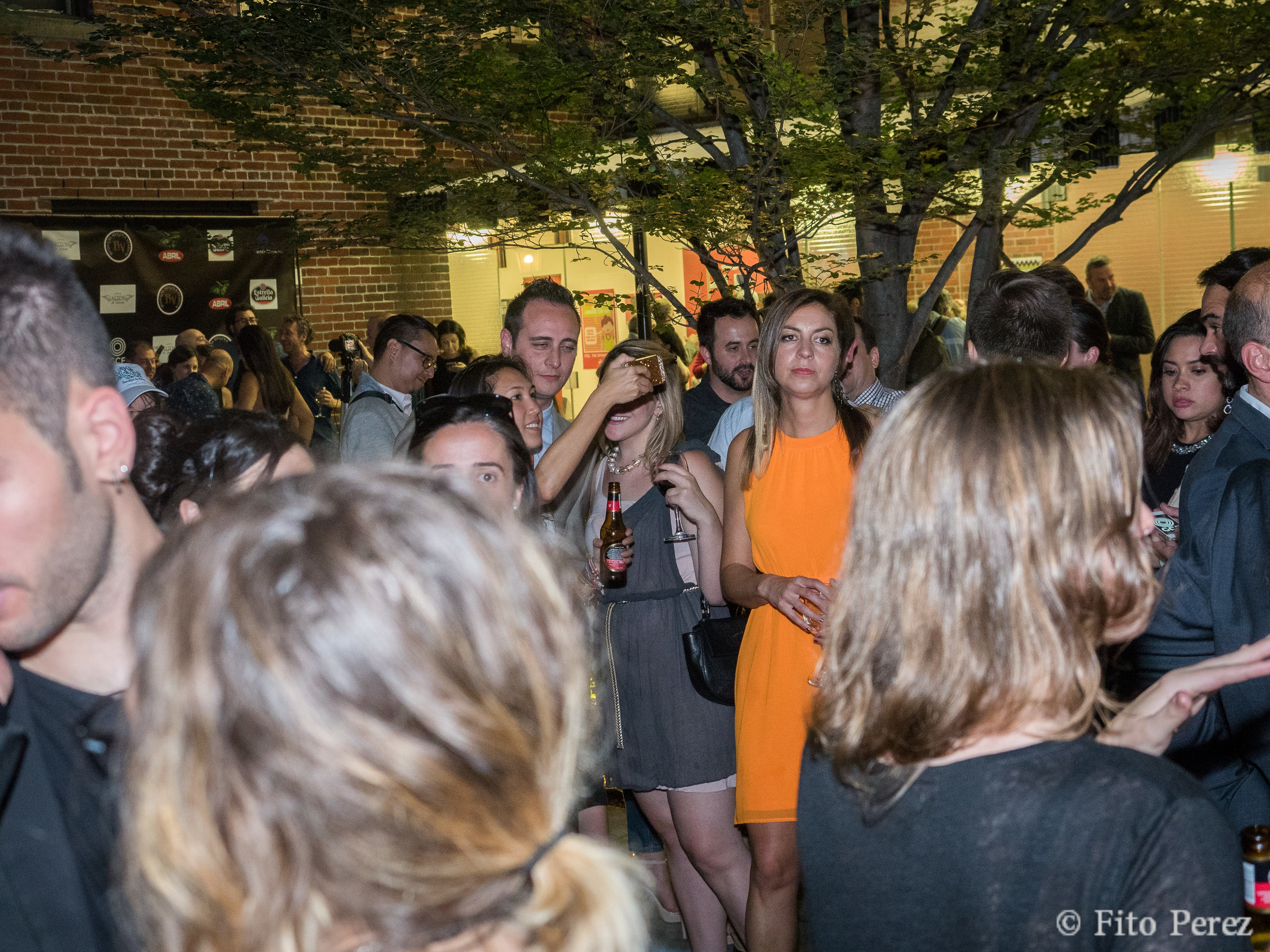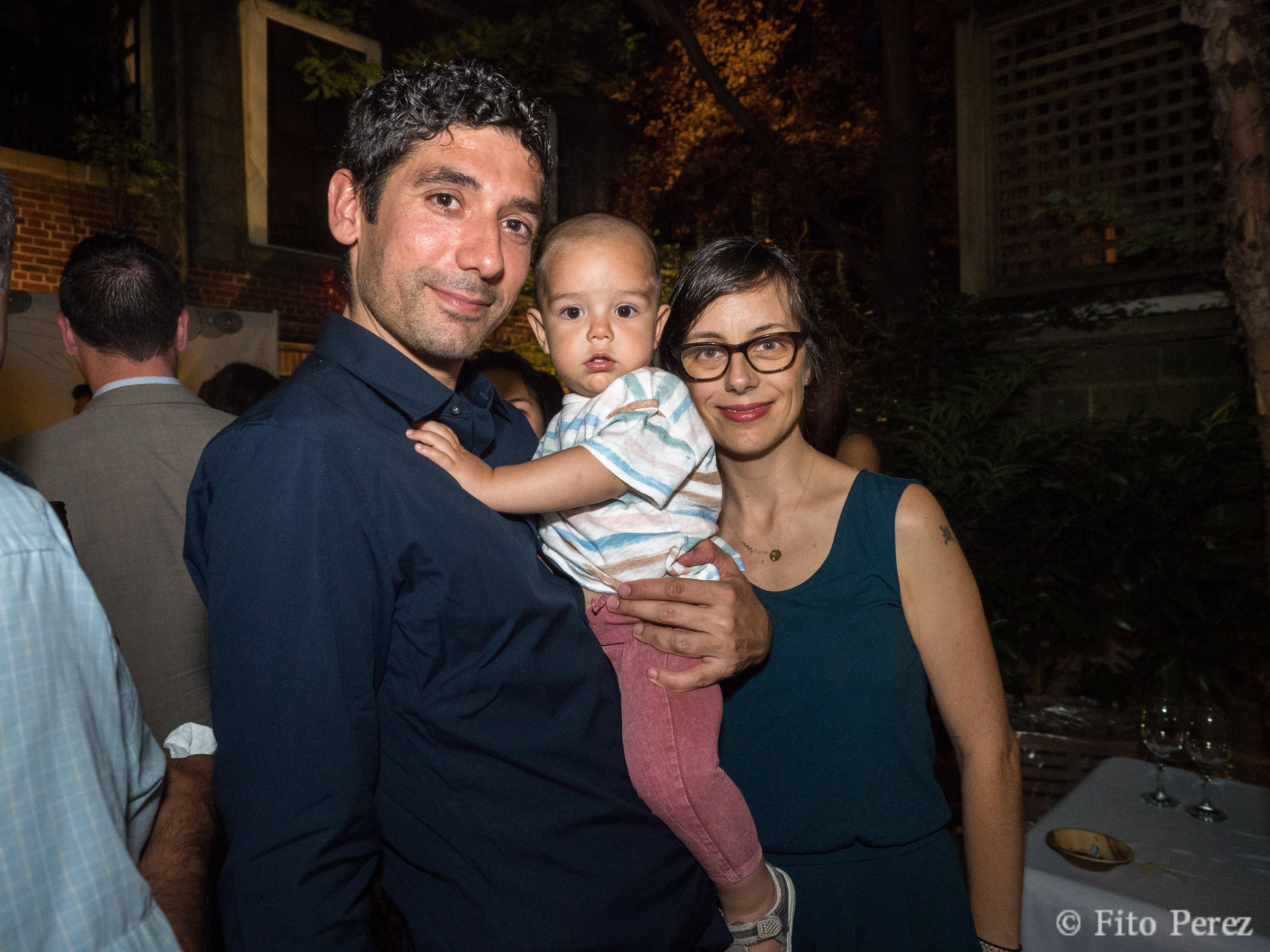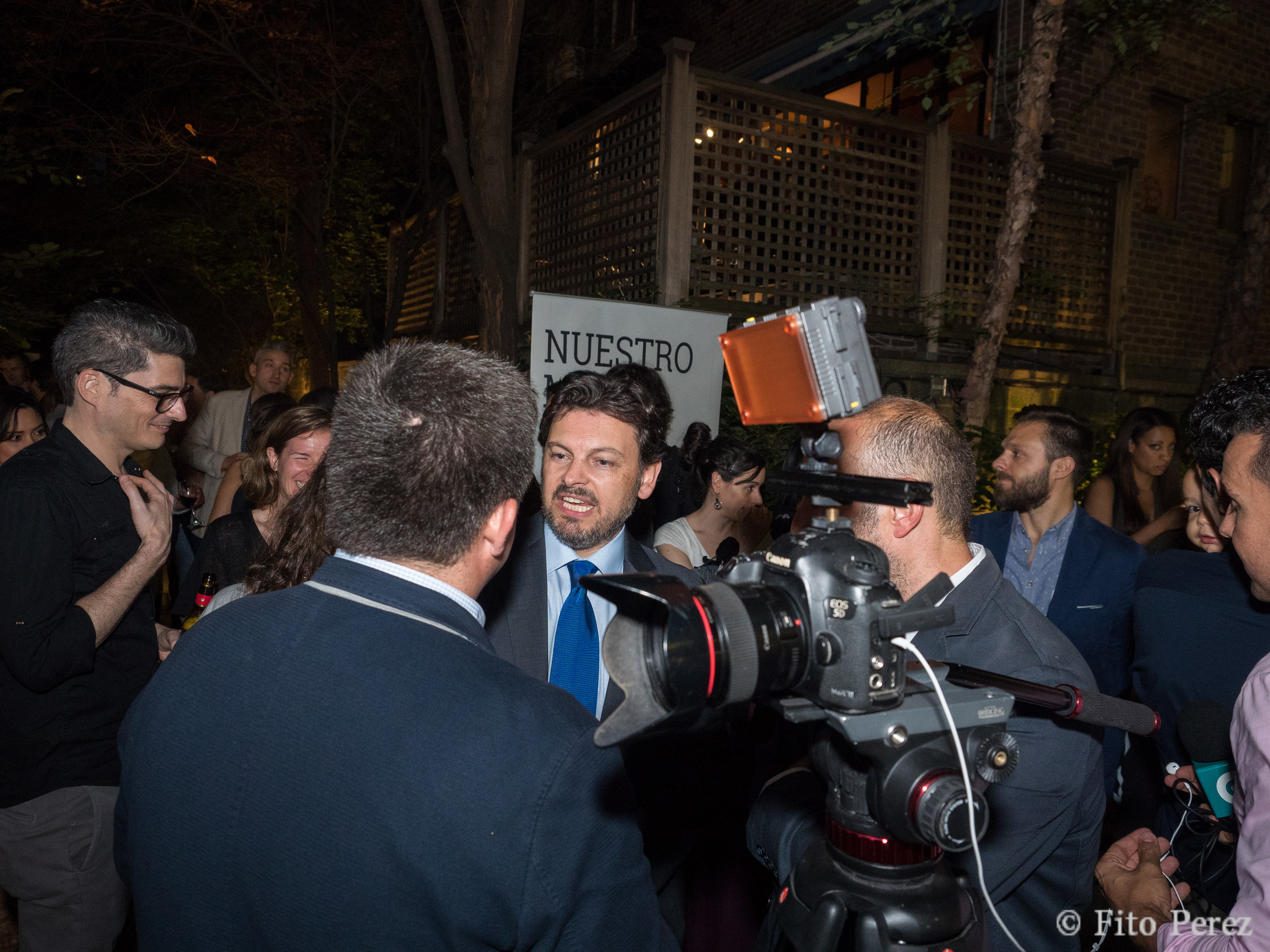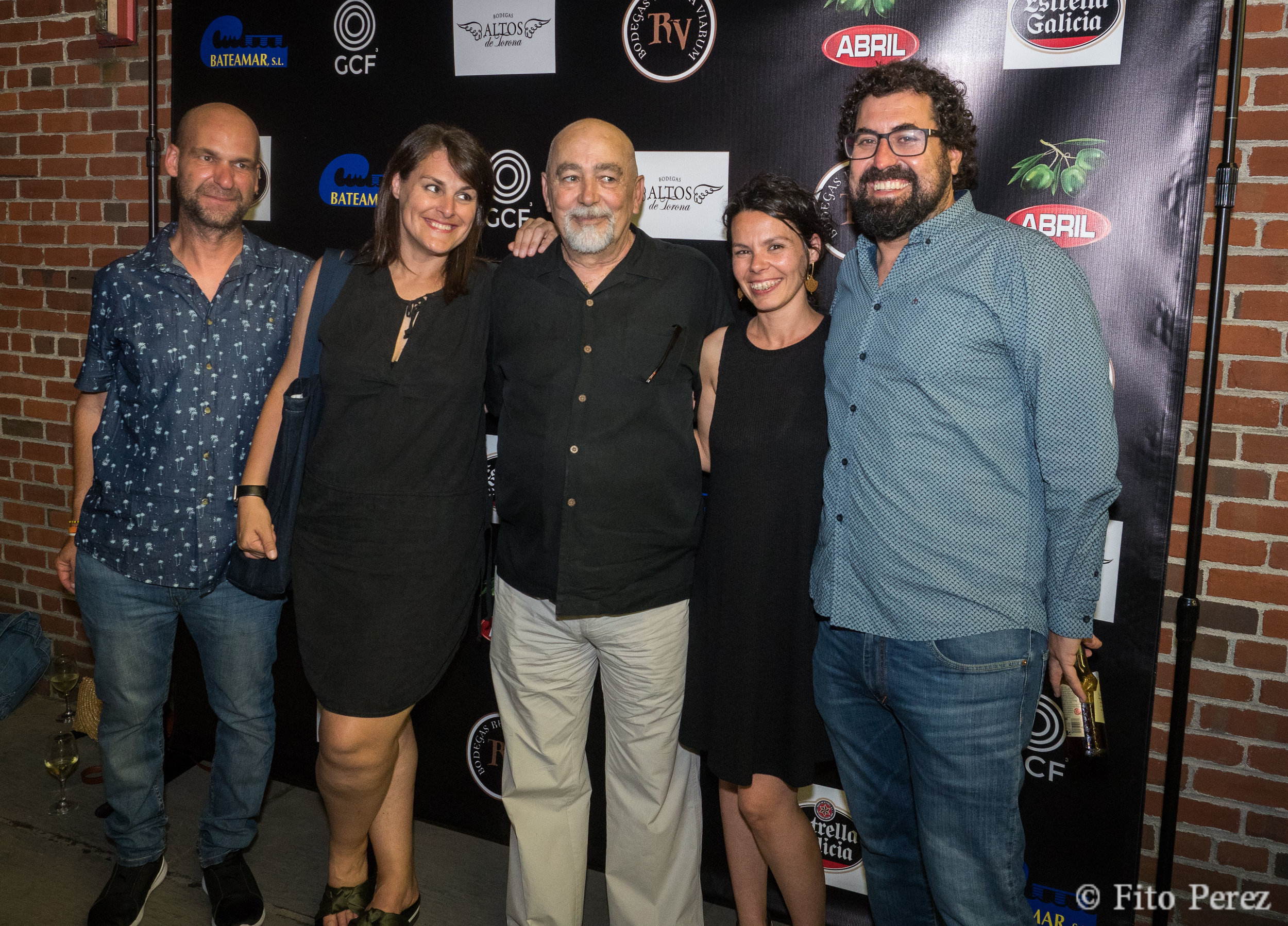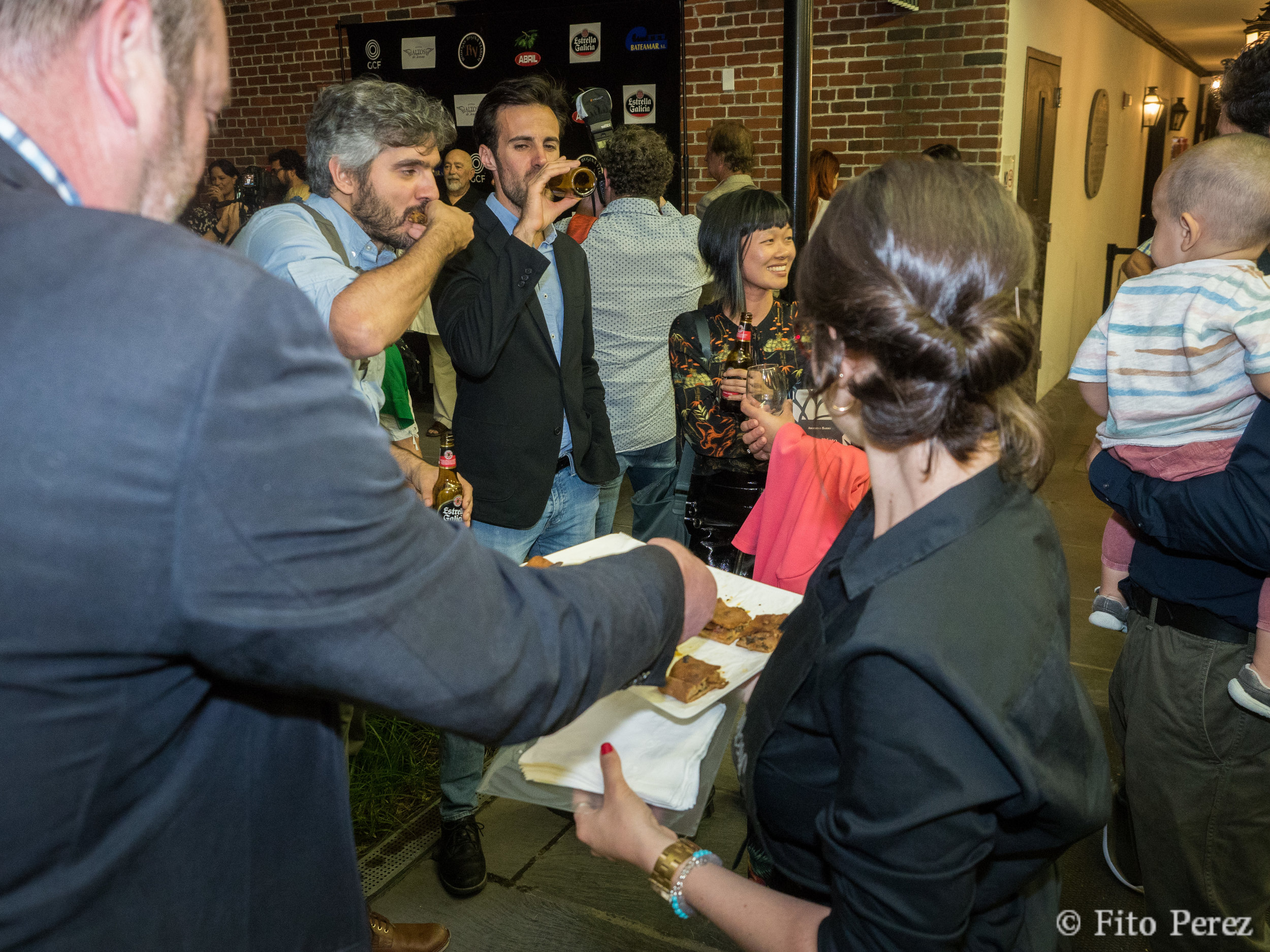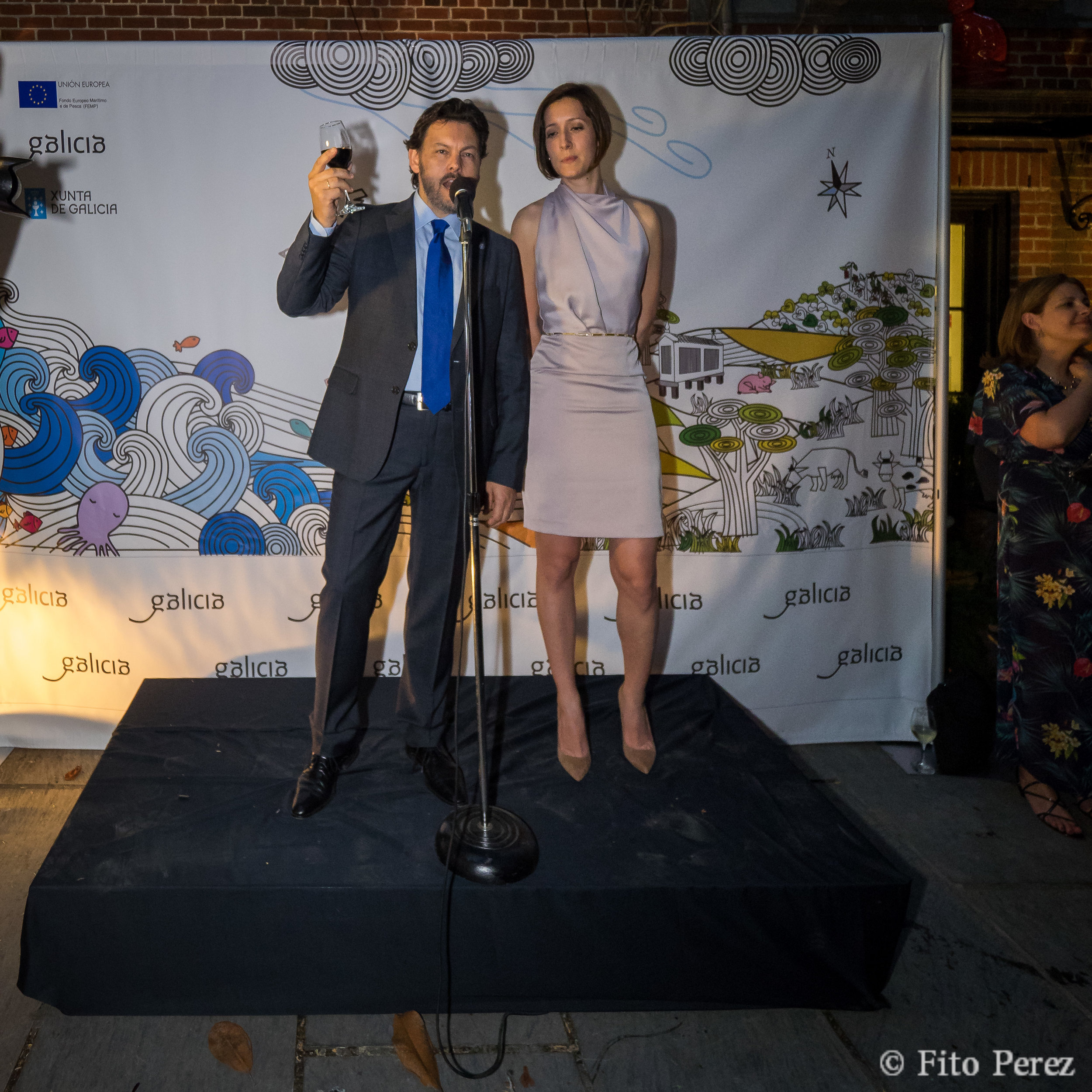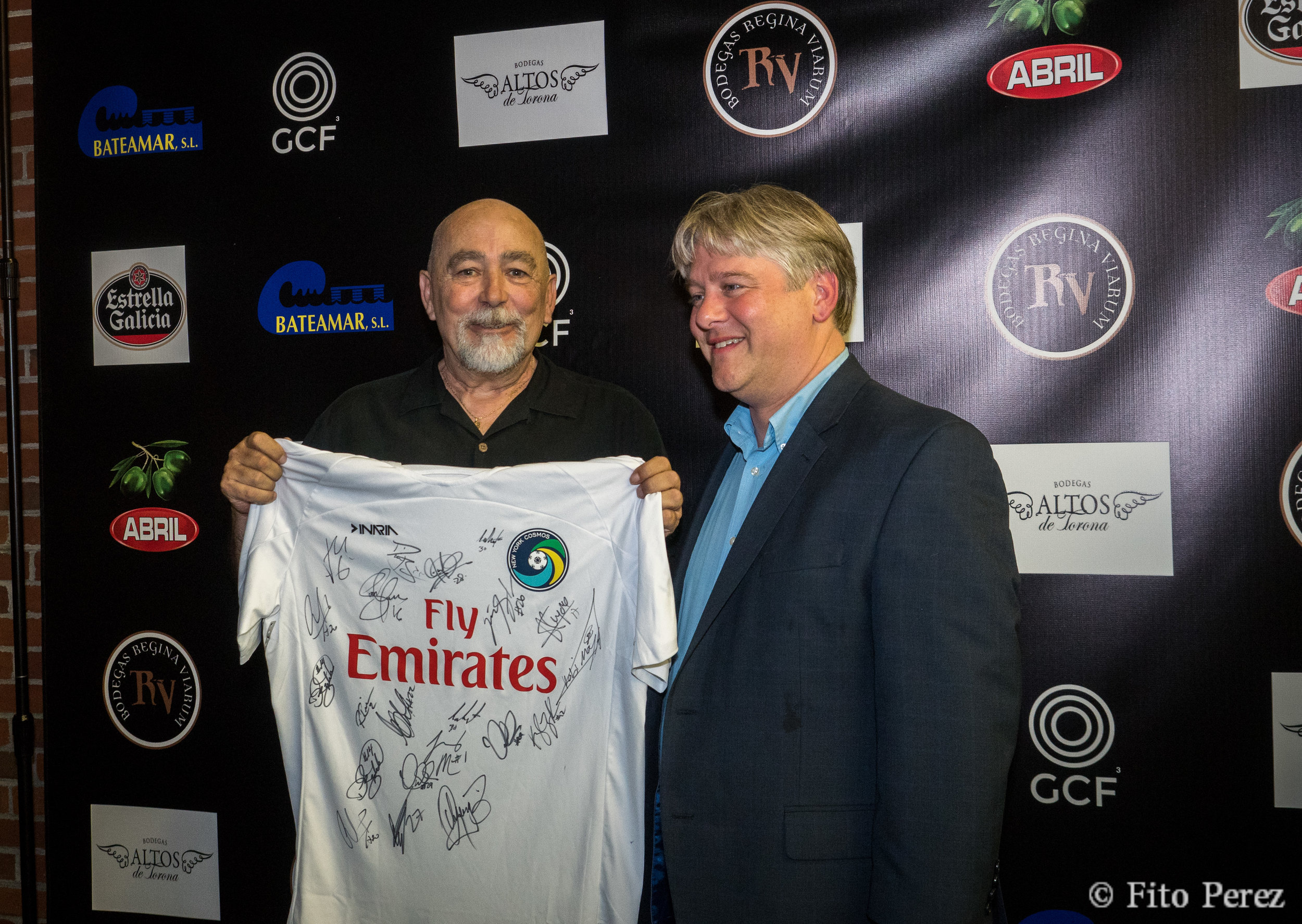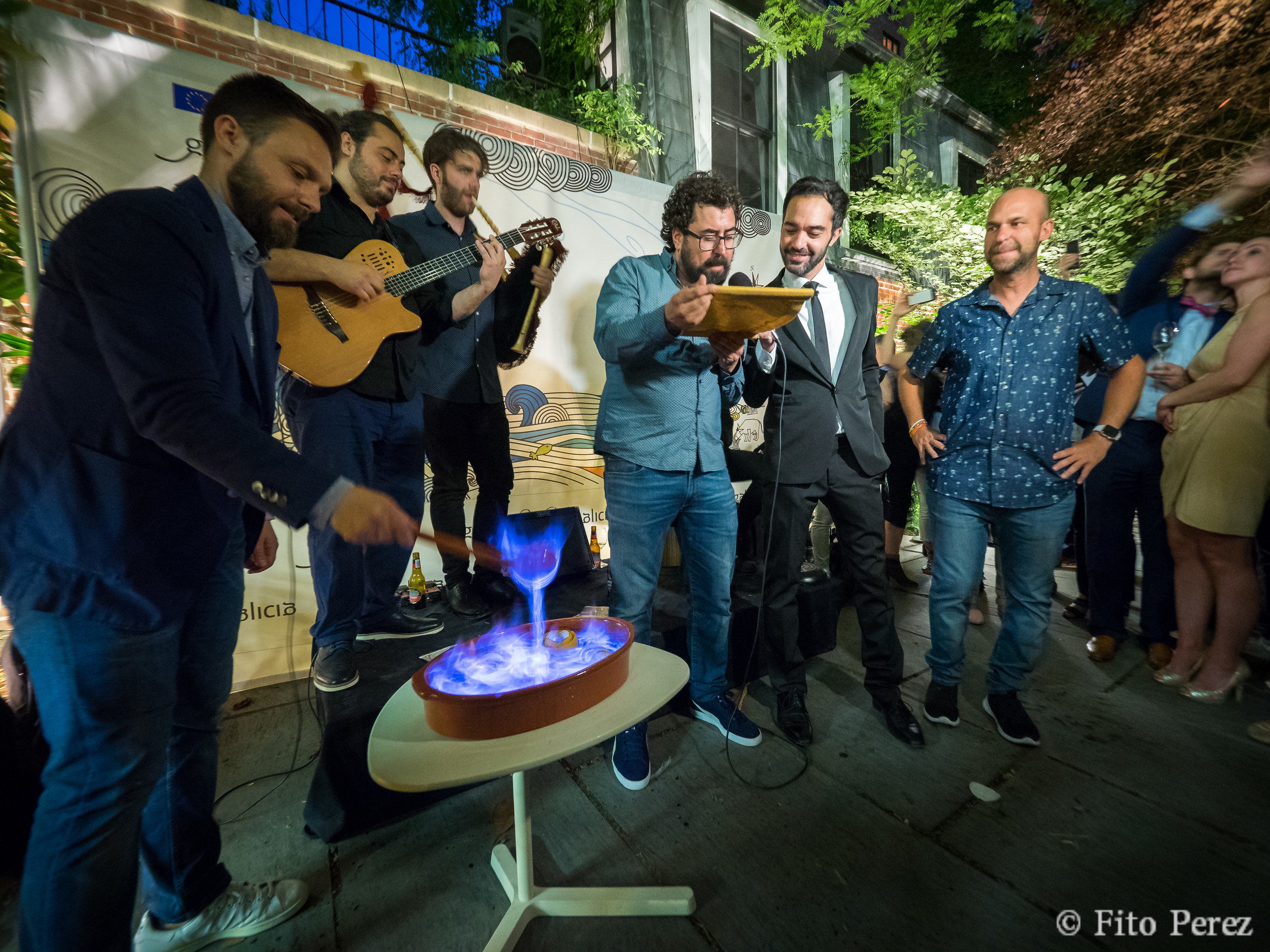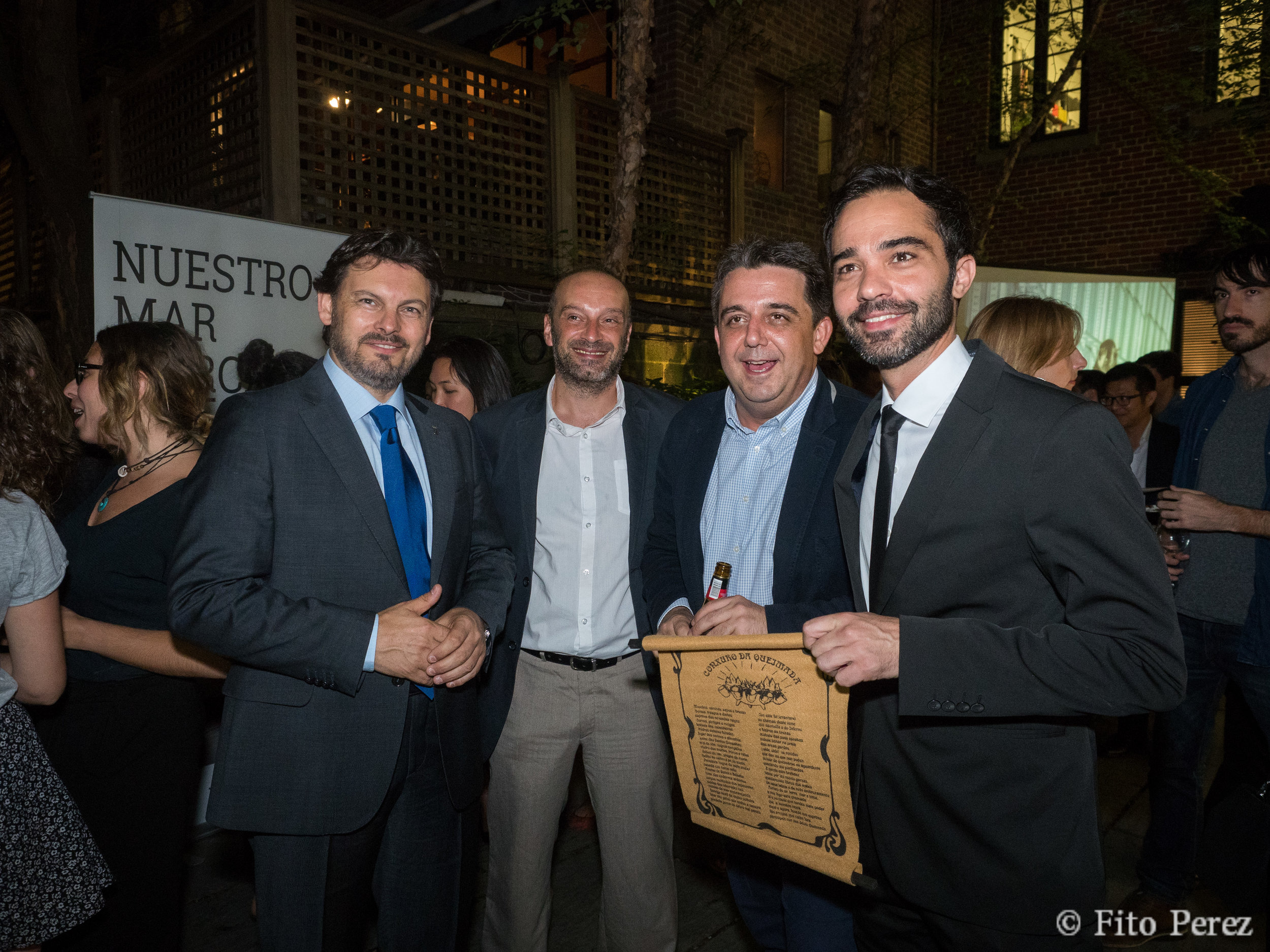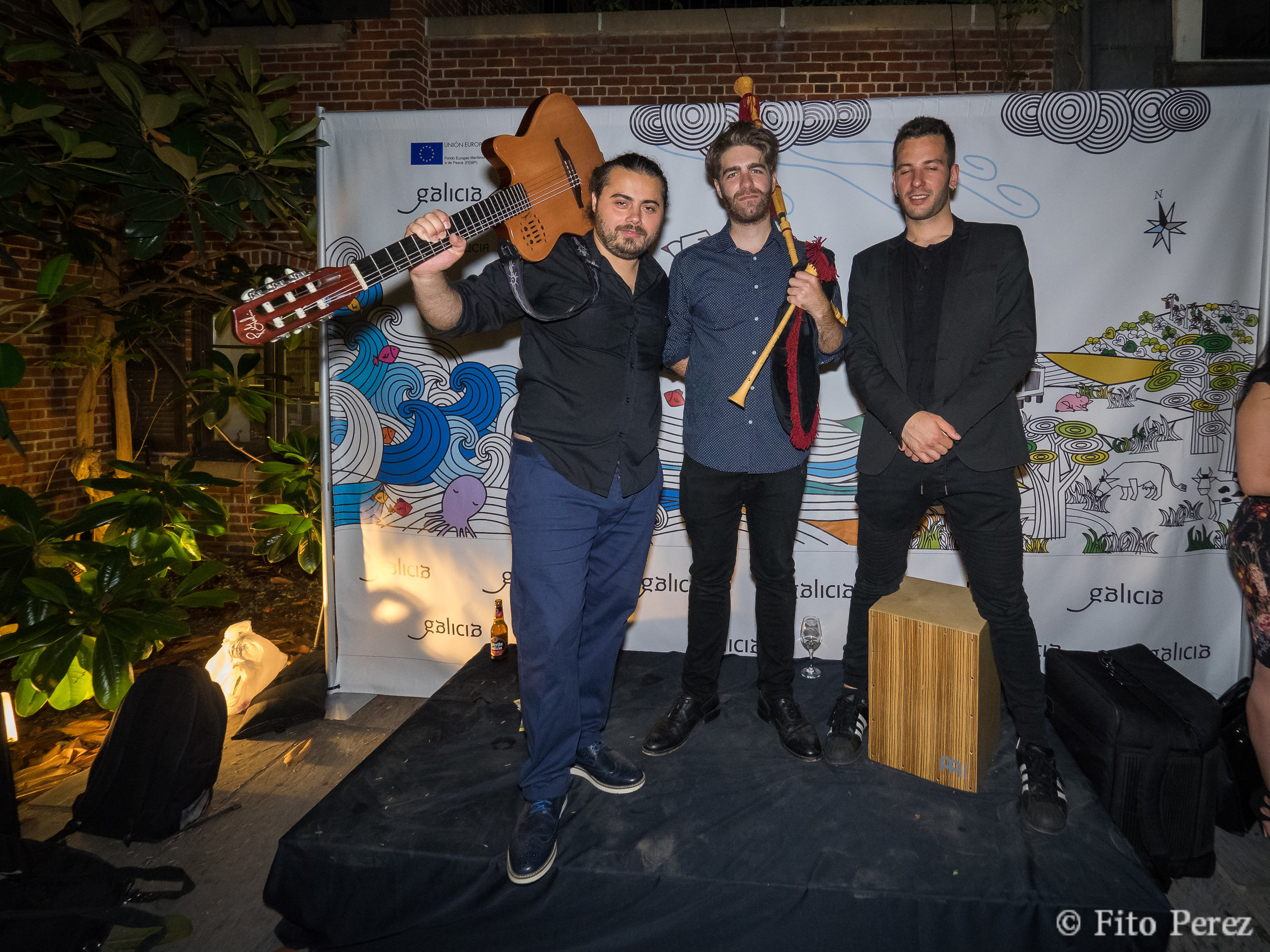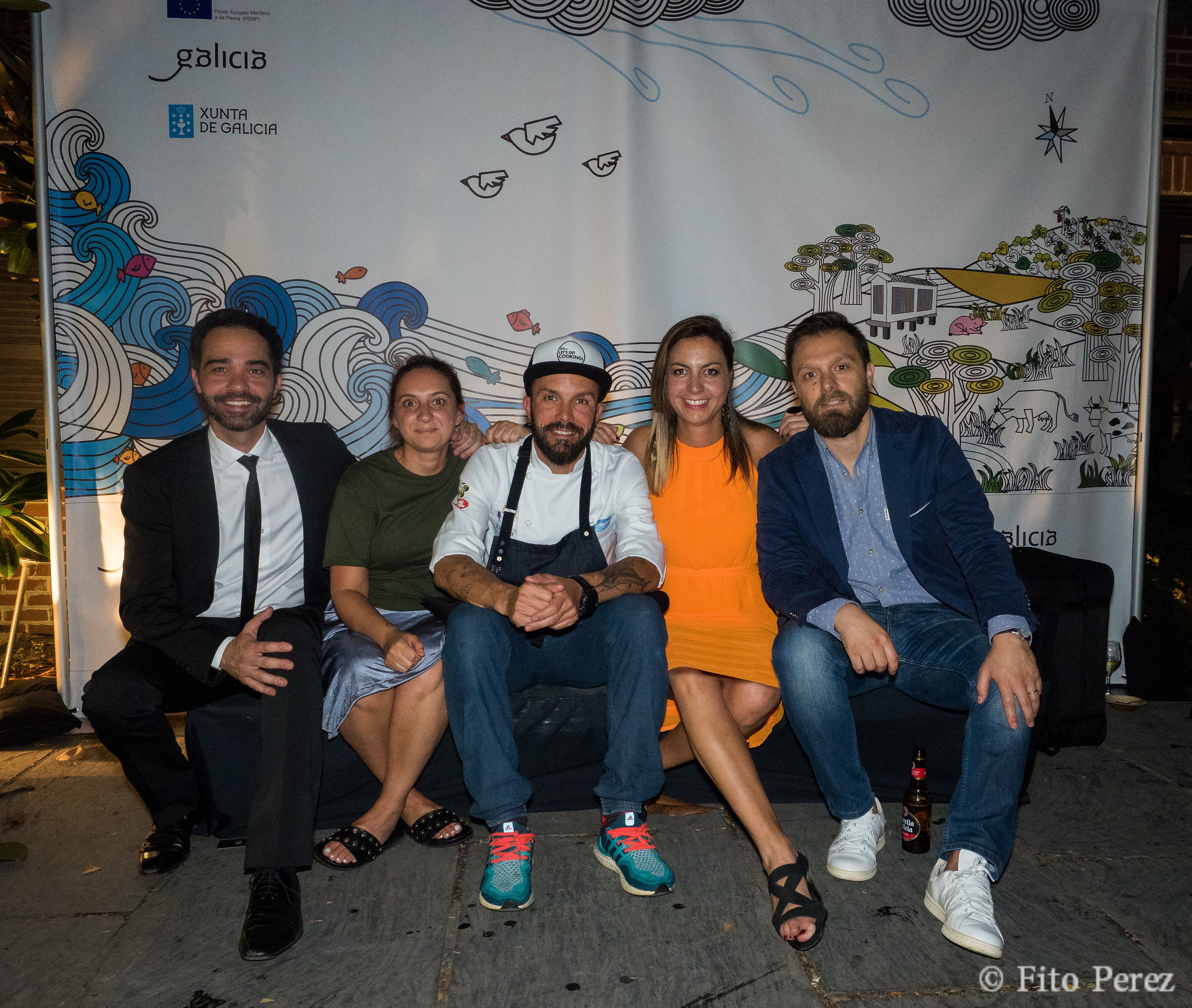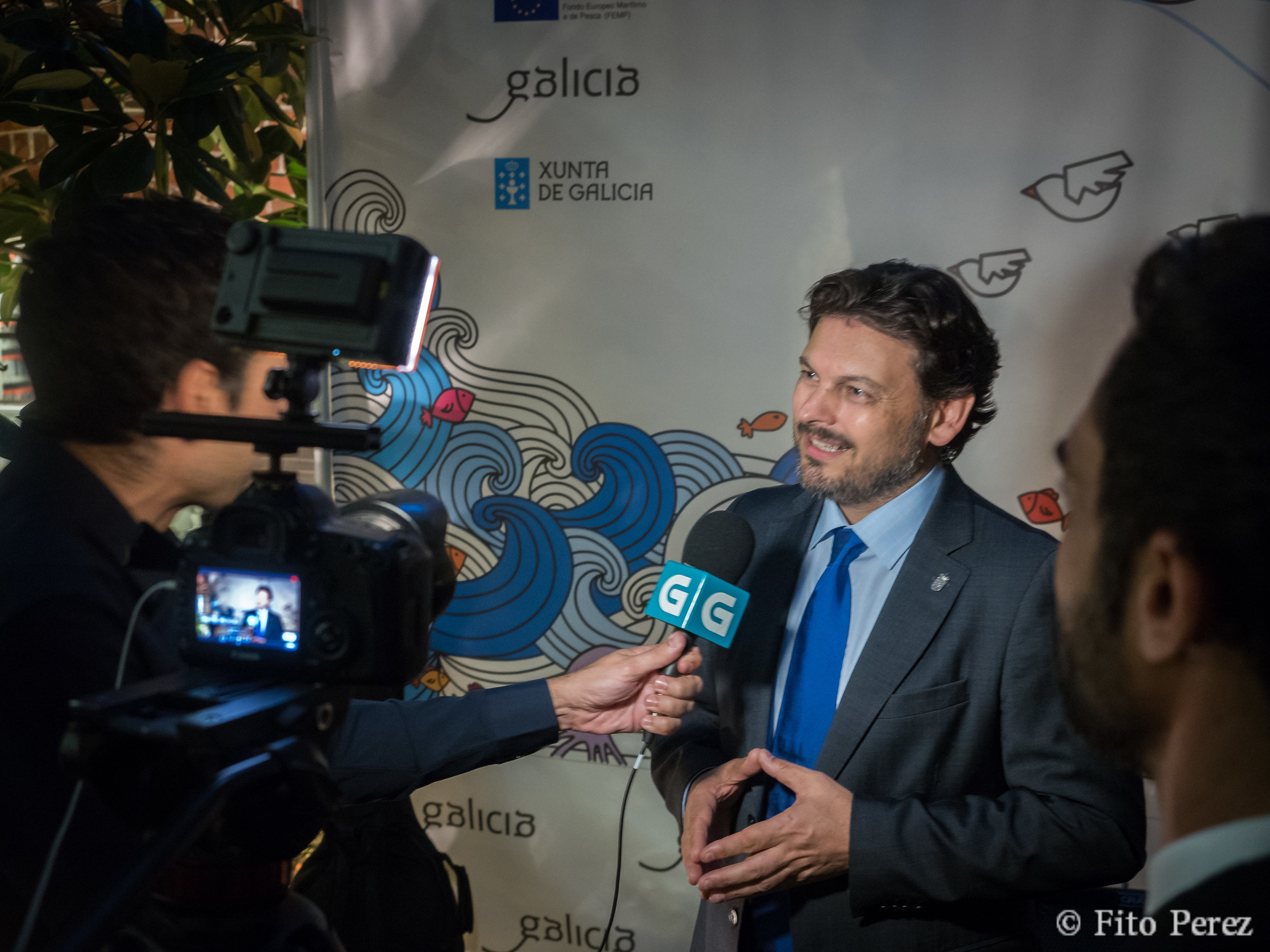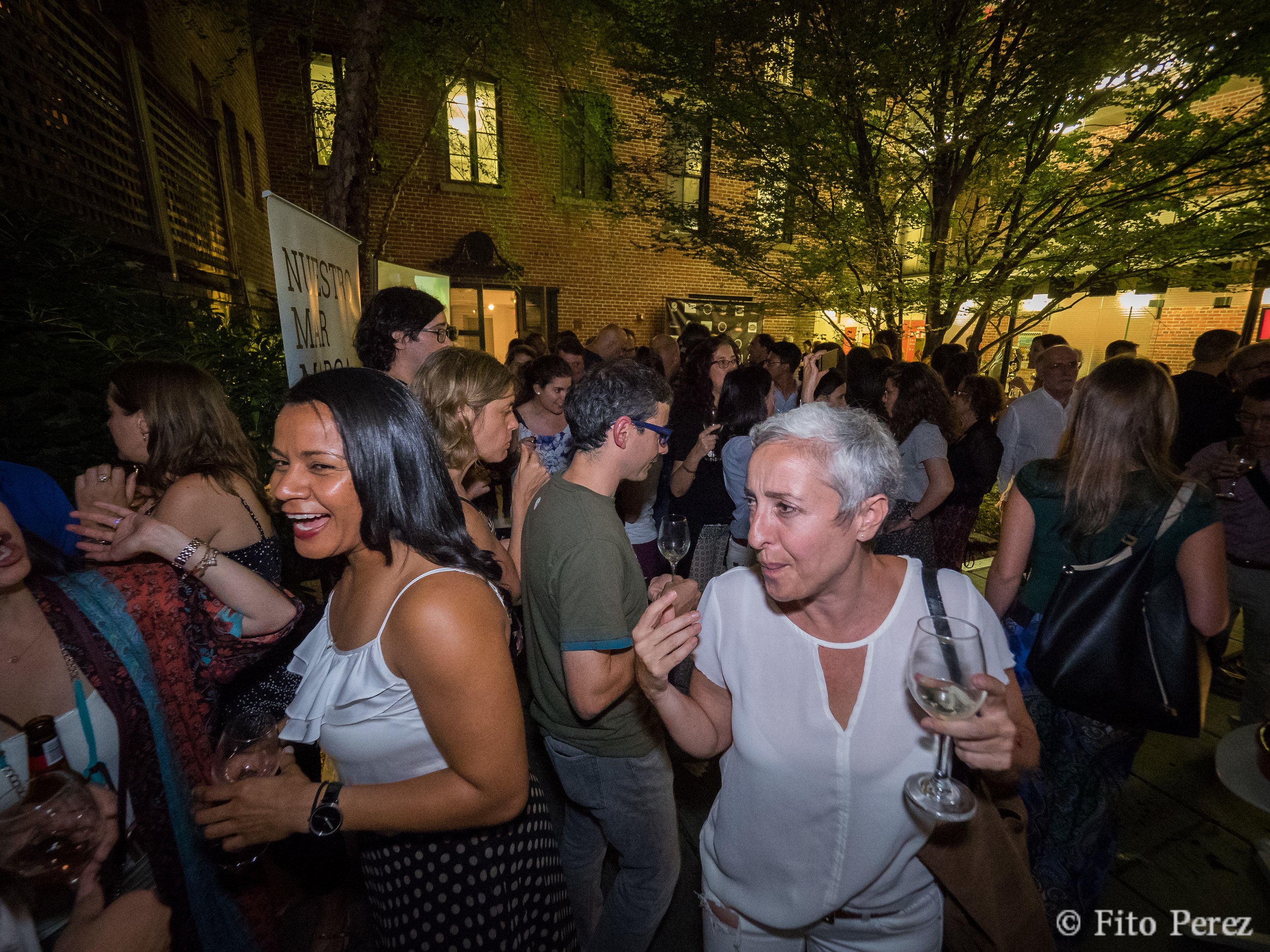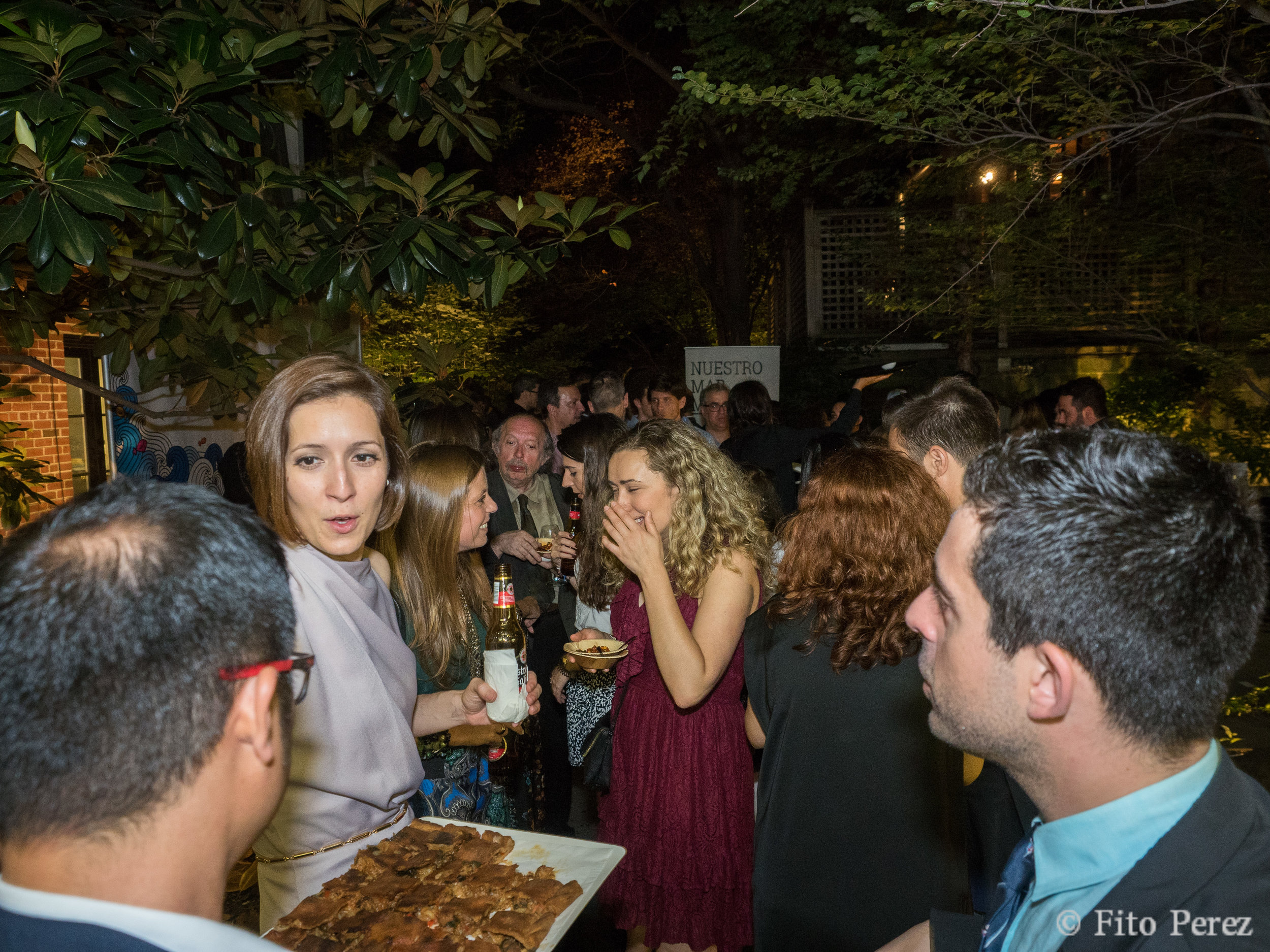3 Reasons for Buying a Vintage Prime Lens
Minolta lens line from the 1960’s
Sample of a lens adapter as mentioned.
If you're rocking a mirrorless camera and are looking to up your photography game on the cheap, look no further than vintage lenses. One of the advantages of owning a mirrorless camera is the very fact that you can pretty much put ANY lens on it, regardless what year it was made or what system it's for. There are all sorts of adapters all over the place (there's a link to an amazon search down below) that are cheap, convenient, and give great results. Despite the vintage haters out there, I have listed 3 great reasons to go old school on new school and blend the best of both worlds.
Reasons:
1. There is, without a doubt, a fascinating look produced from a vintage lens that just isn't the same no matter how you try to replicate that look in post production from a modern lens. Images captured look timeless, and give a sense of importance to even subjects that may otherwise seem mundane. They aren't particularly sharp, as modern advancements in glass and lens technology have come quite far, but the trade-off is well worth it. Besides, some of the most impacting images ever captured were done with these lenses. En fin, if the subject, light, and look of the image is great.. the rest is just extra.
Both images were taken with a Minolta Rokkor MD 24mm f2.8 on an Olympus Pen F.
2. Old manual lenses help you learn how to REALLY take a picture. This is not to say that you don't already know how to do so. What I mean is that they slow everything down. In a purely digital world, we are used to all things automatic. You can put your digital camera on automatic or program mode (automatic without flash) and the lens and camera will do the rest. All you have to do is point and shoot. The aperture, shutter speed, light metering, and focusing is all done for you. Photos are taken in a flash! On the flip side, everything is manual with a vintage lens. When you see a scene you want to capture, you have to really think about the shot. You have to select what aperture is best for the scene, focus on the subject yourself, and really get your framing spot on. (For more on framing, see my earlier post So You're Ready to Buy Your First Real Camera )
Both were taken with a Minolta Rokkor MD 50mm f1.4 on the Olympus Pen F.
3. They are super cheap!! A vintage manual prime lens can cost as little as $15-$50 usd! (Sometimes even less!) They can be found on ebay or amazon, camera stores like B&H, and even local thrift shops. The fact that there are so many to choose from can sometimes be overwhelming, and opinions about which ones are best depends on who you ask and what you need it for. I mean, there are amazing vintage lenses that can cost over $1,000, or even $5,000 (Leica lenses, for example). Still, I can say that I have come to very much like Minolta lenses (sample images above), as I find them the very best bang for your buck. They have a fantastic look and produce interesting and quite sharp images imo. Keep in mind, however, that since these lenses are used, you roll the dice when you buy one online, so ymmv. I just suggest making sure you look for fungus on the lens or mold on the lens mount. I wouldn't be too worried about scratches, since they seldom affect image quality.
An Olympus OM-D EM 10 sporting a Minolta 50mm f1.4
Links for Gear:
Adapters
For Olympus and Panasonic Cameras
For Sony Cameras
For Fuji X Cameras



